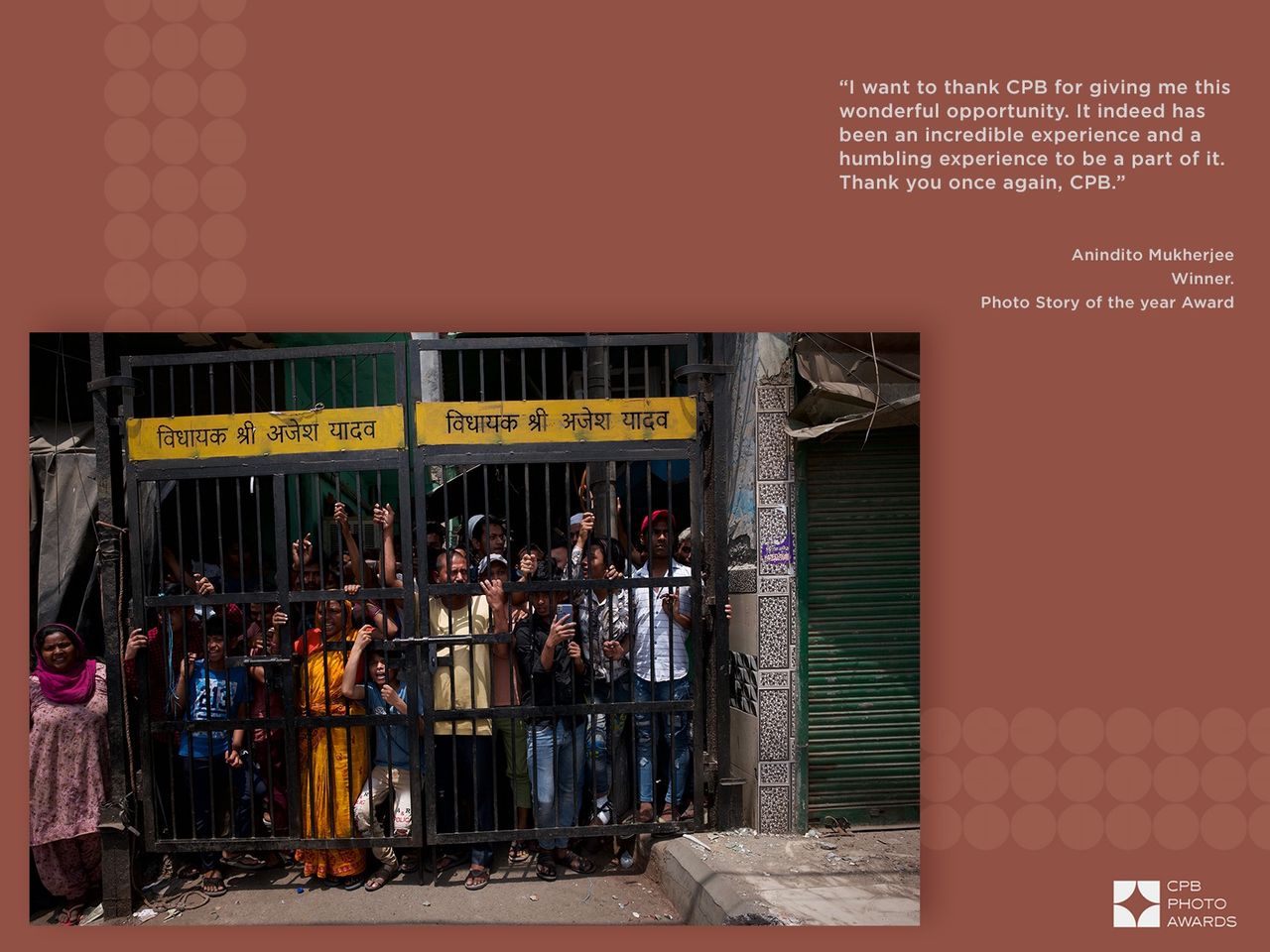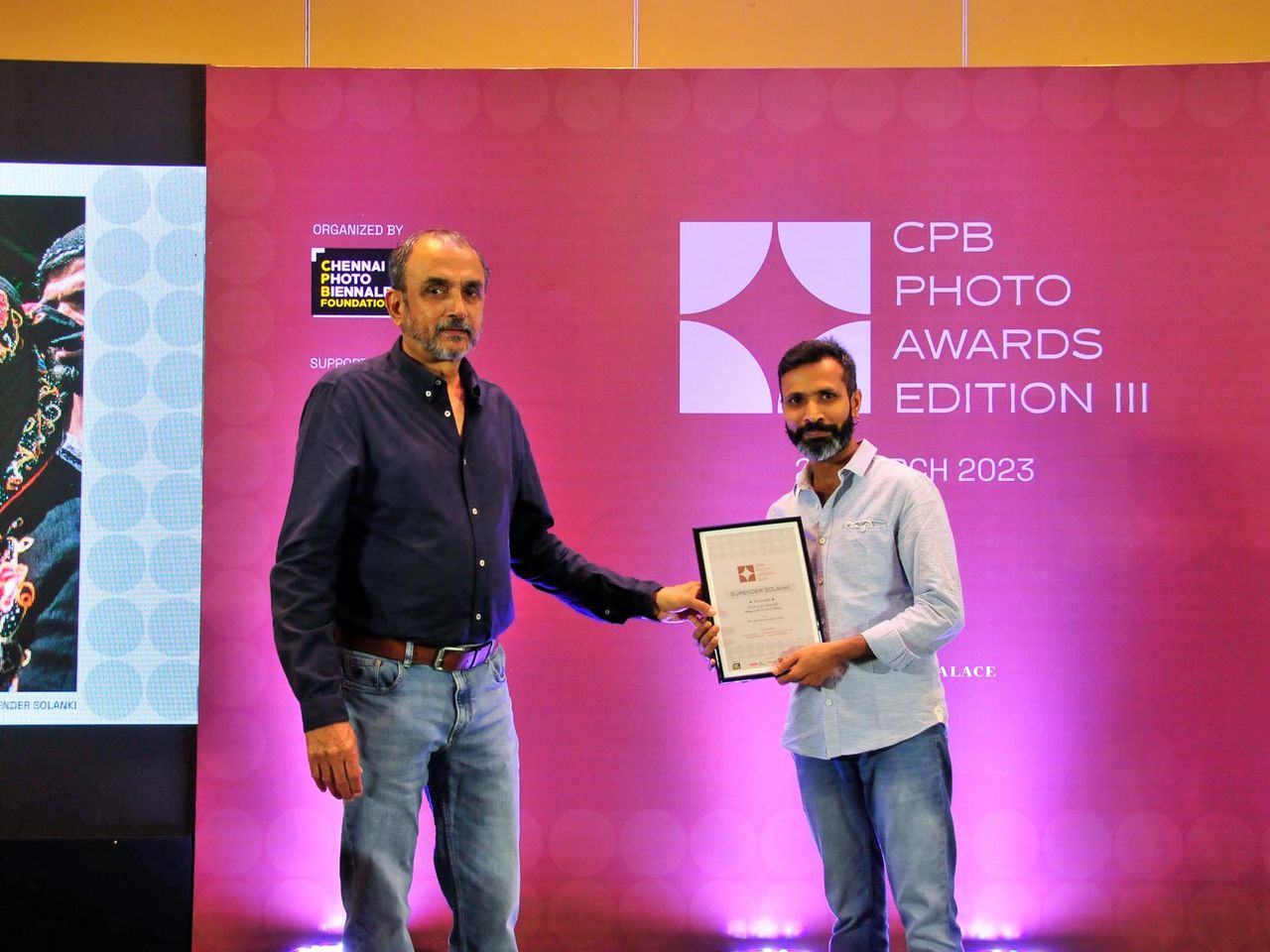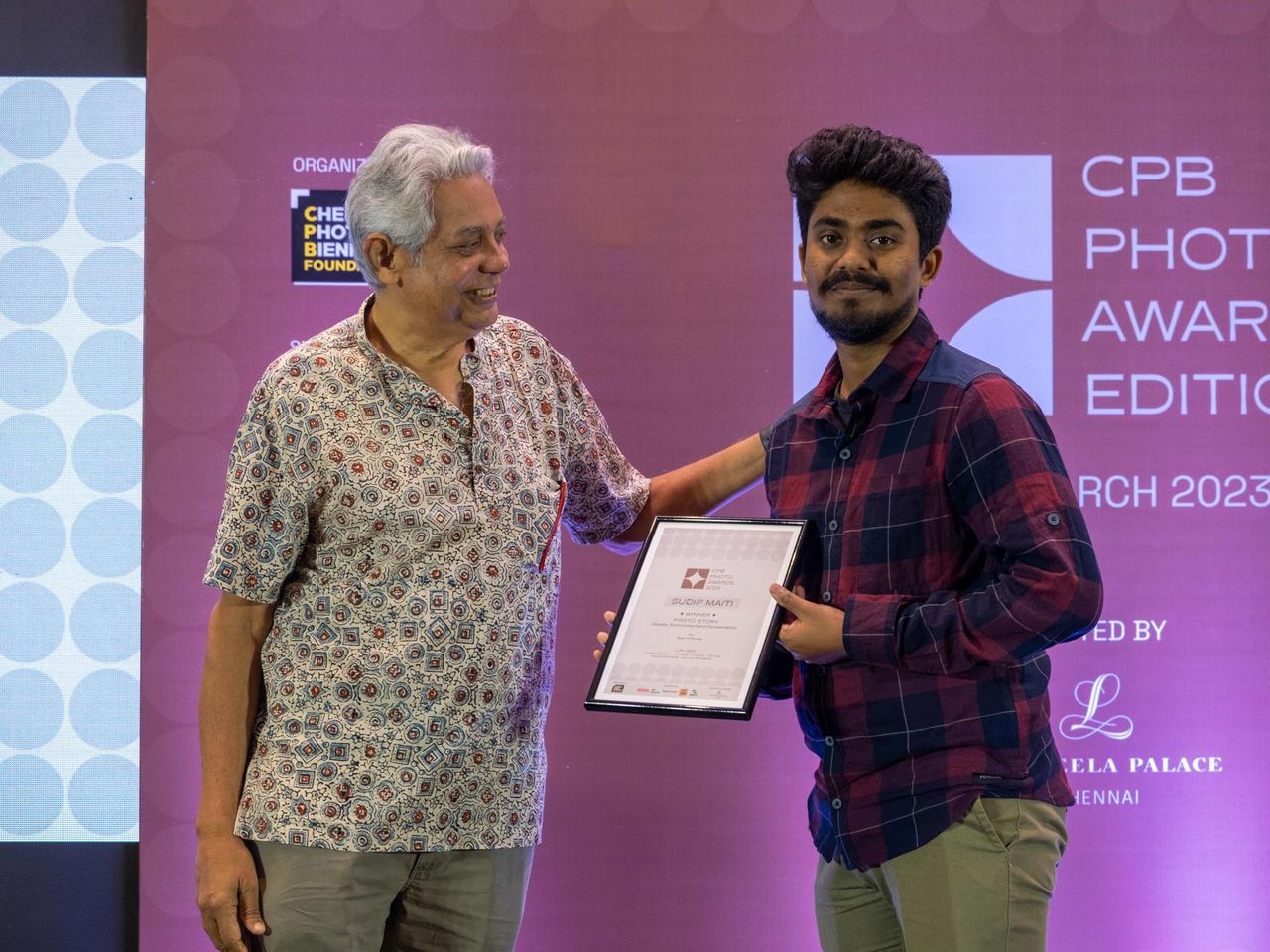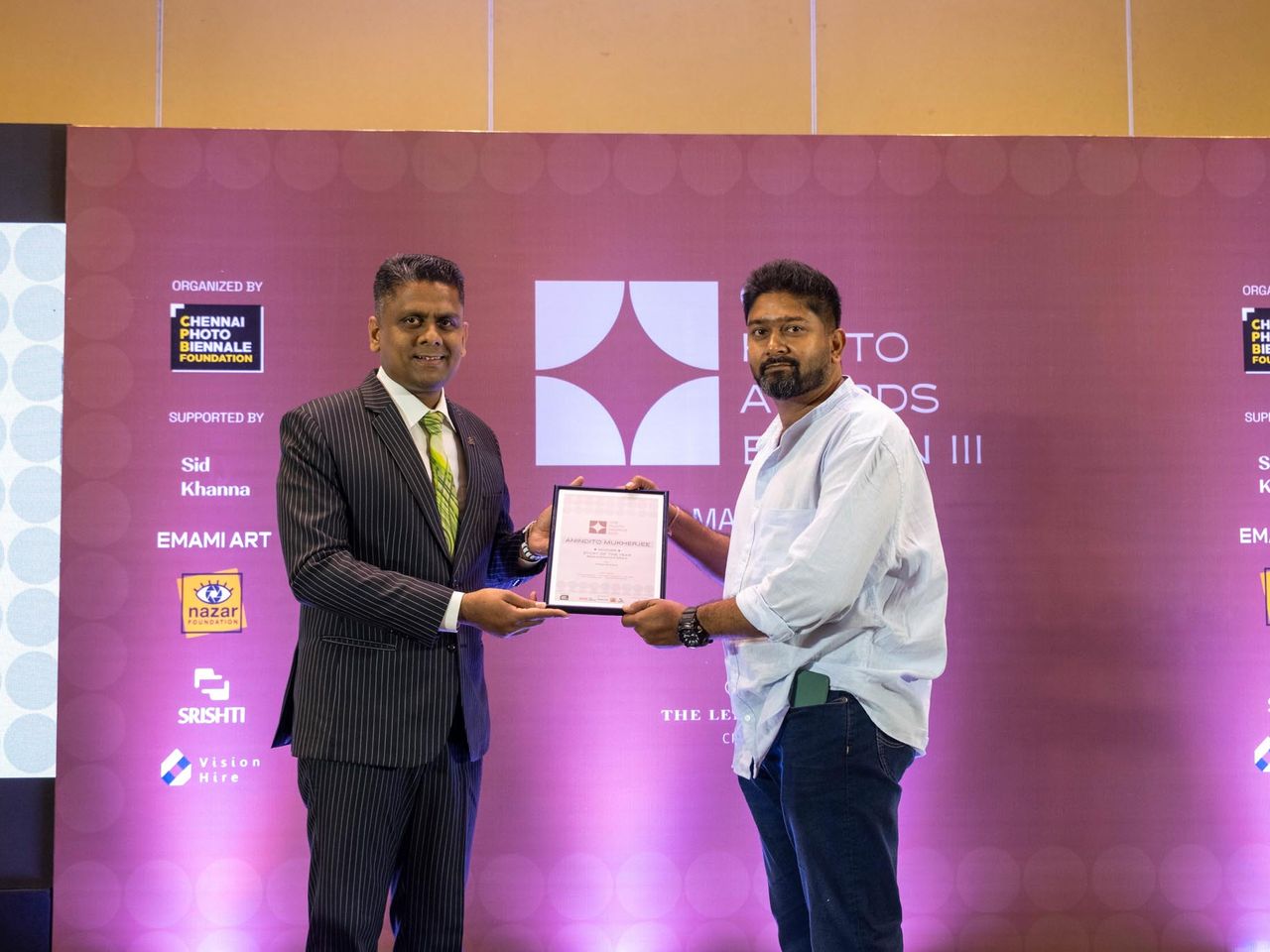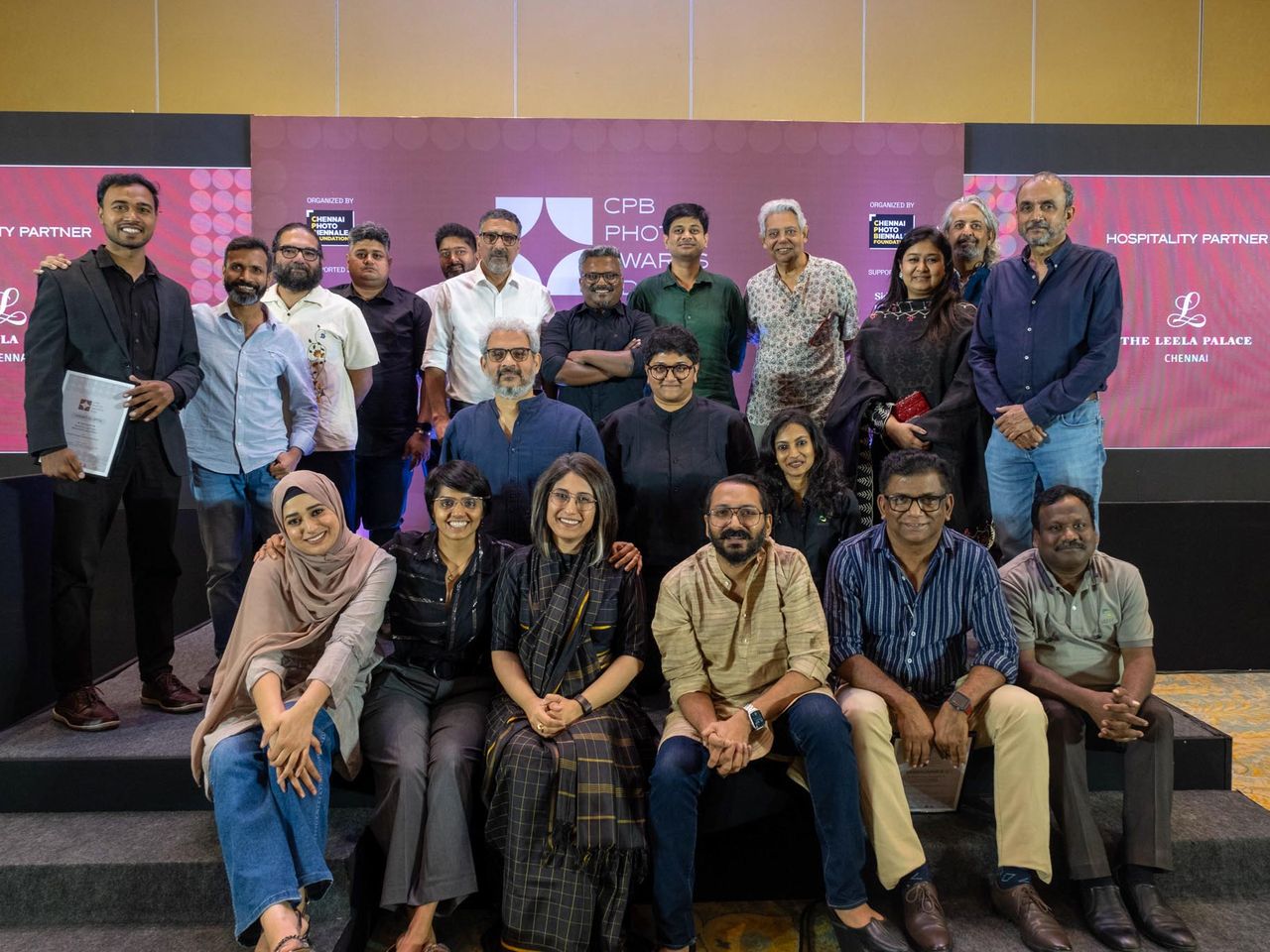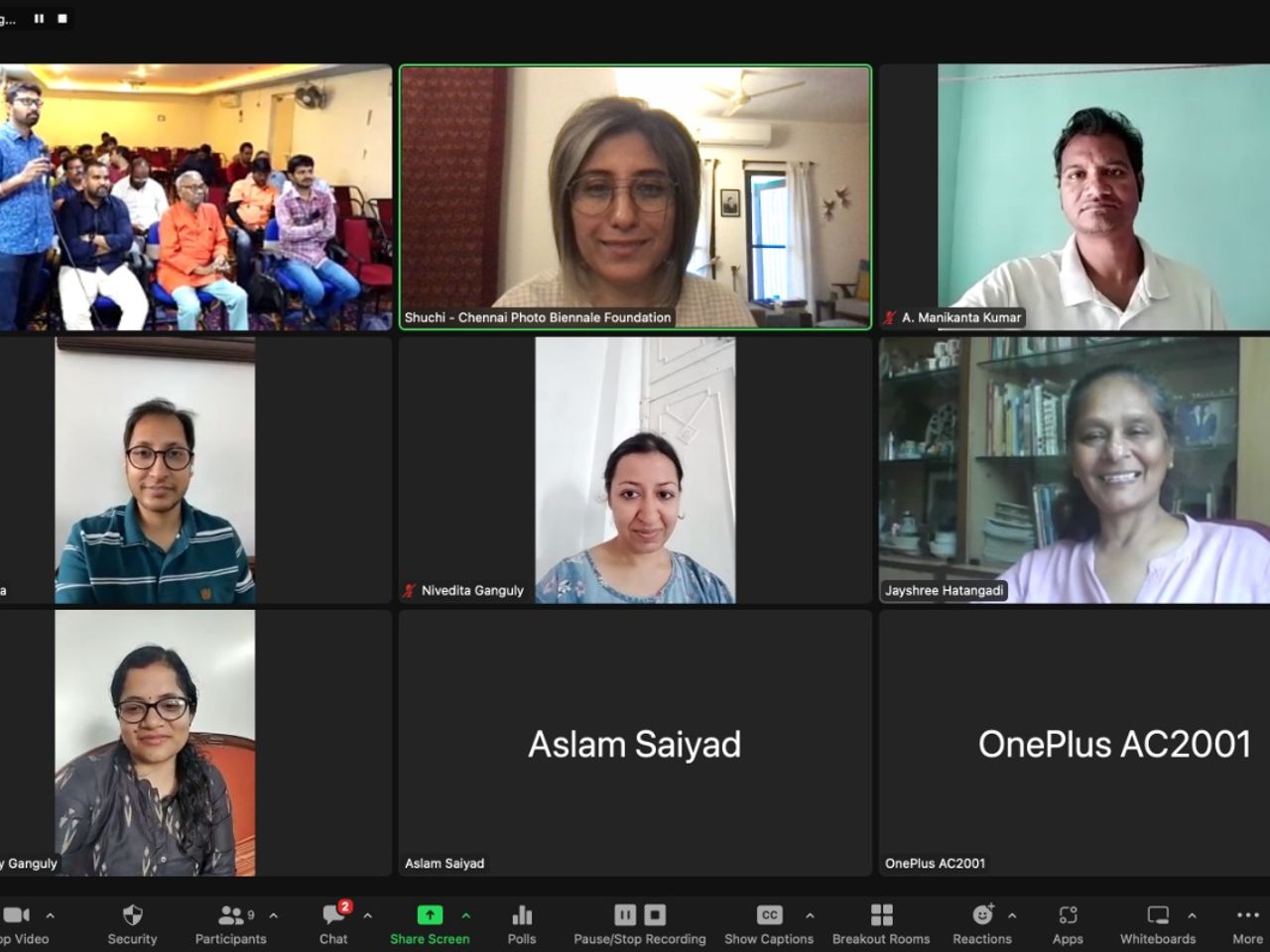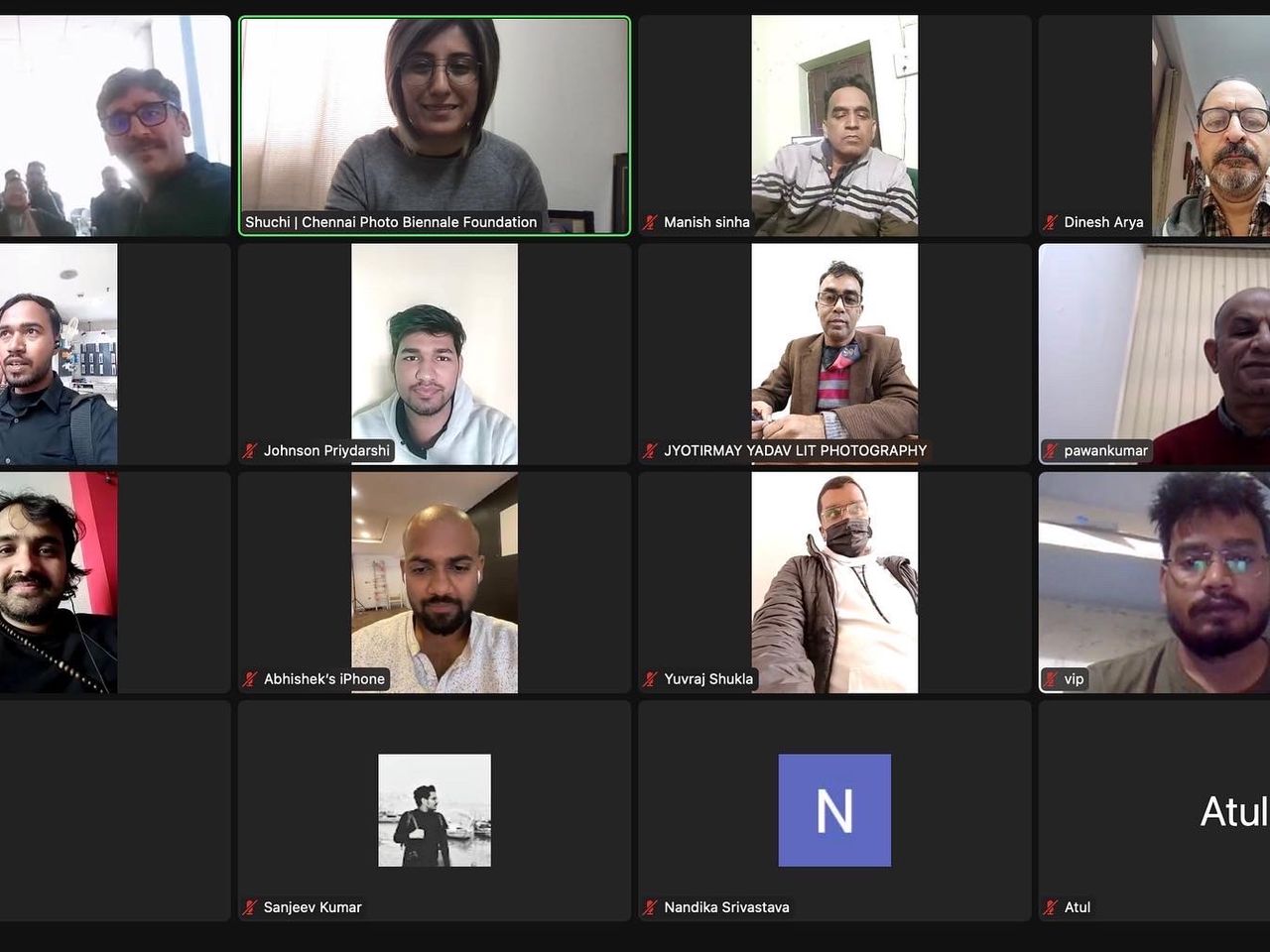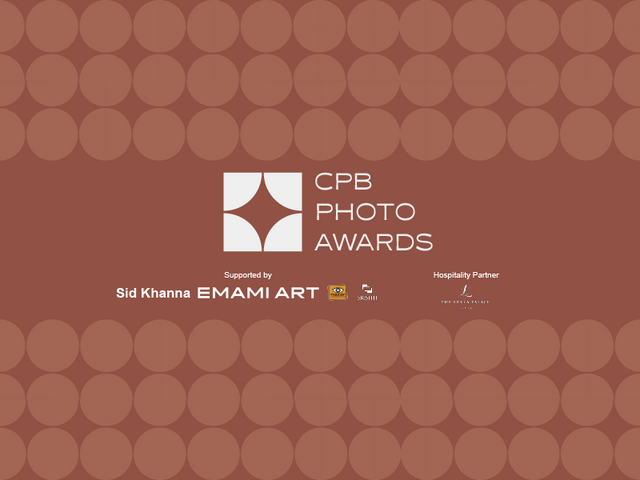
CPB Photo Awards - Edition III - 2022-23
Introduction
The CPB Photo Awards were established to recognise the underrepresented and under-recognised work of photojournalists, press photographers and documentary photographers in India.

.jpg)
CPB Photo Awards 22-23 Winners
The Danish Siddiqui Award for Photo of the year
Supratim Bhattacharjee, Kolkata

Deadly Tide :
August 10, 2022 : Two women helplessly watching their homes getting submerged due to the sea waves that originated in the Sundarbans. The Indo-Bangladesh region popular as the World Heritage site, the Sundarbans is known for its exquisite forest resources. Thus, the locals depend on forest resources for income. However, over the last few years, global warming has become a rising concern. Owing to the indiscriminate cutting down of trees for commercial and domestic use has created an imbalance on the deltaic islands. The land has become weak and a frequent victim of natural disasters. Storms, heavy rainfall, and flood wrecks havoc here. Approximately 3.14 mm rise in sea levels every year has taken several islands under the sea. Increased soil erosion, loss of soil quality resulting in minimized crop yield have made situations worse. Moreover, water has already devoured parts of Mousuni and Ghoramara Island. If situations continue to be like this a major part of Sundarbans will soon go underwater.
Photo Story of the year
Anindito Mukherjee, New Delhi

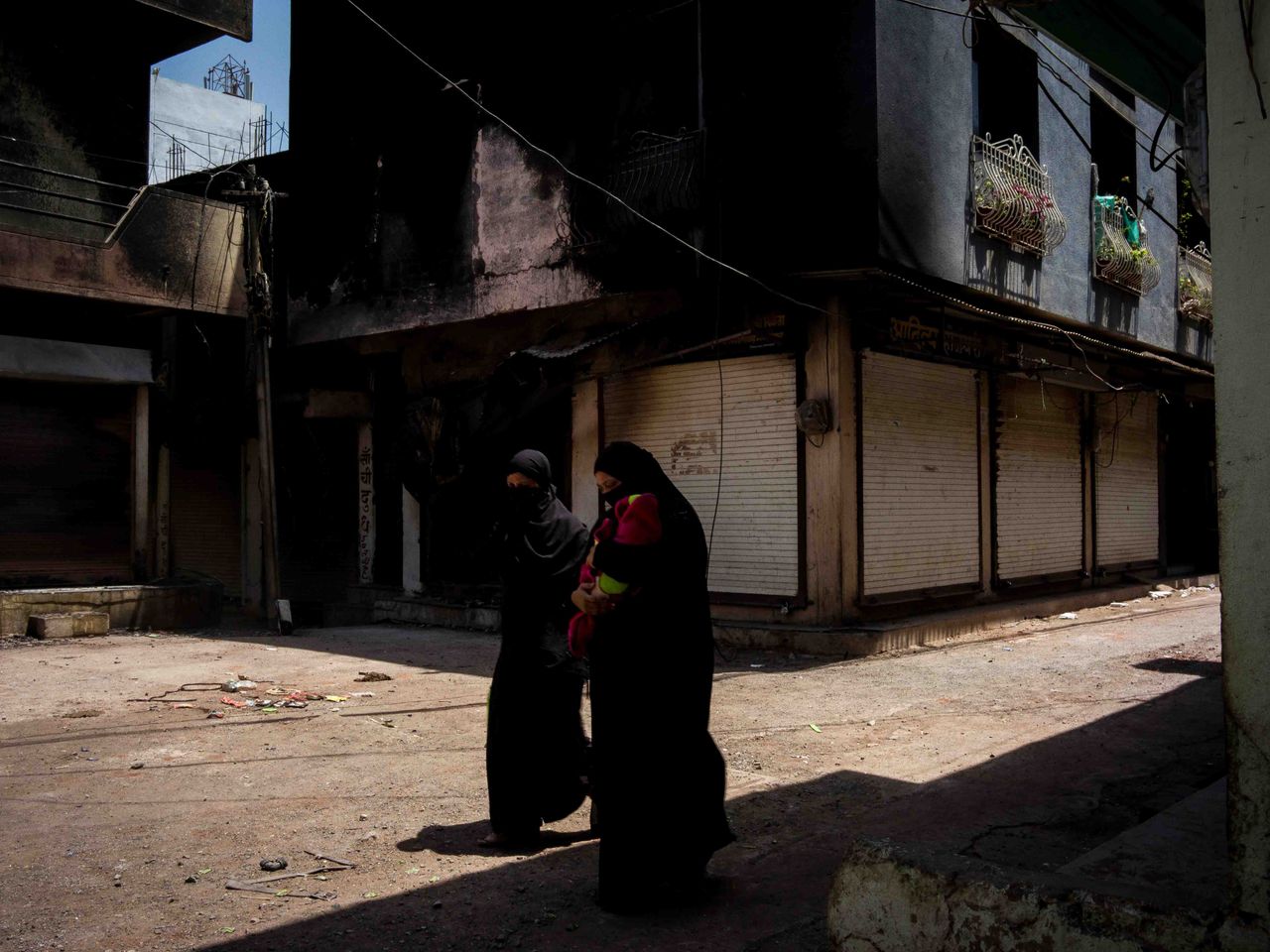

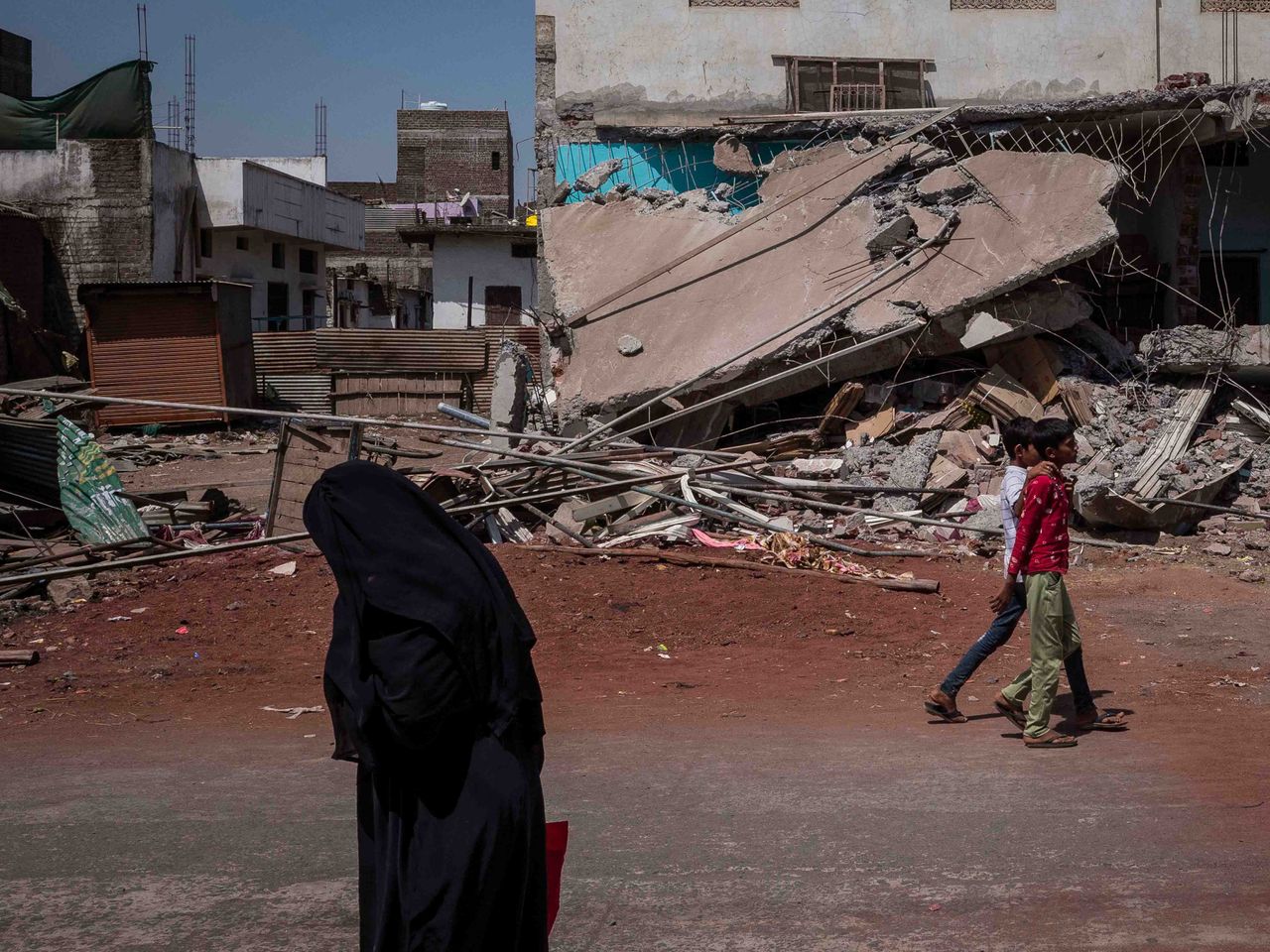
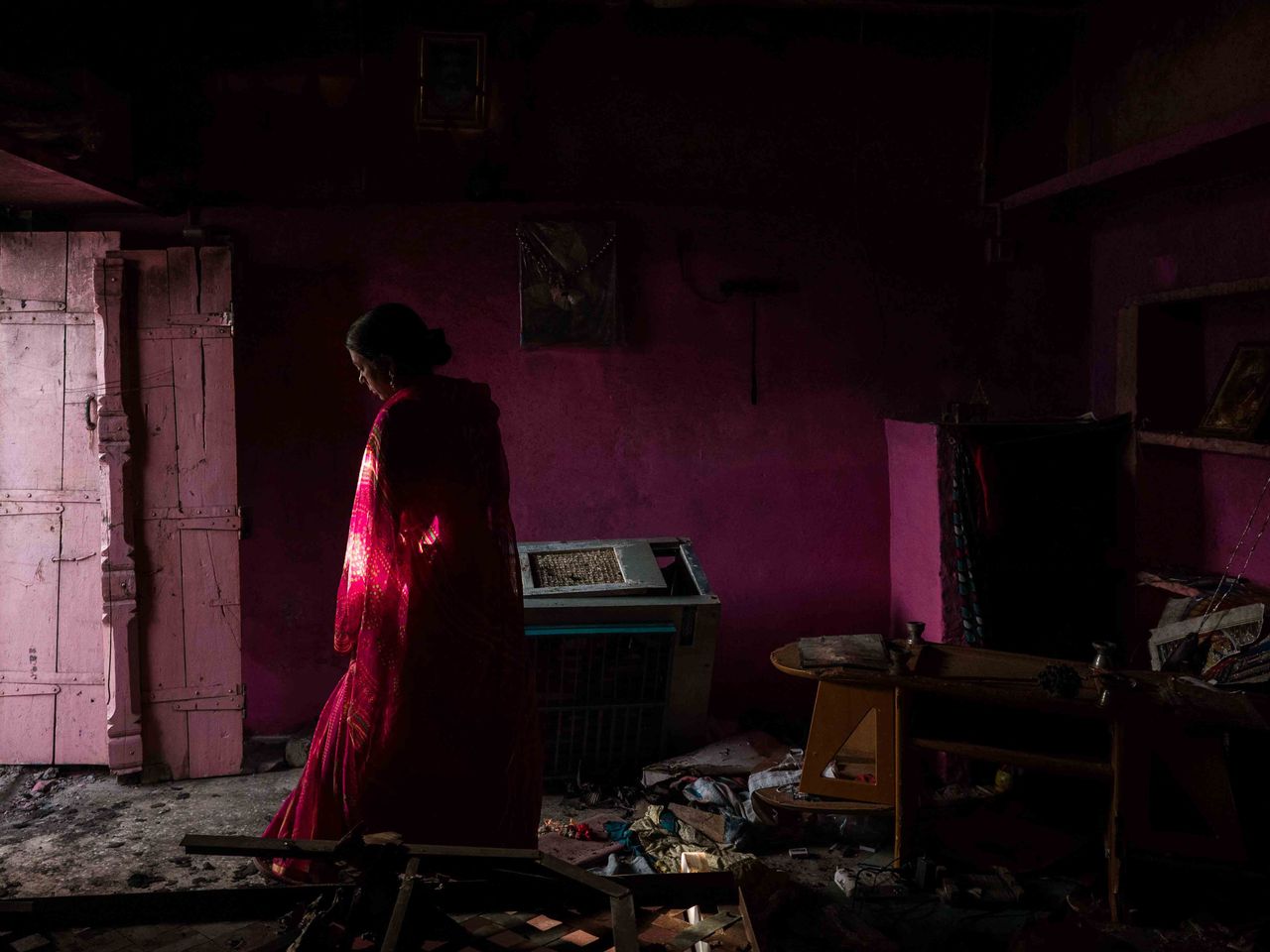
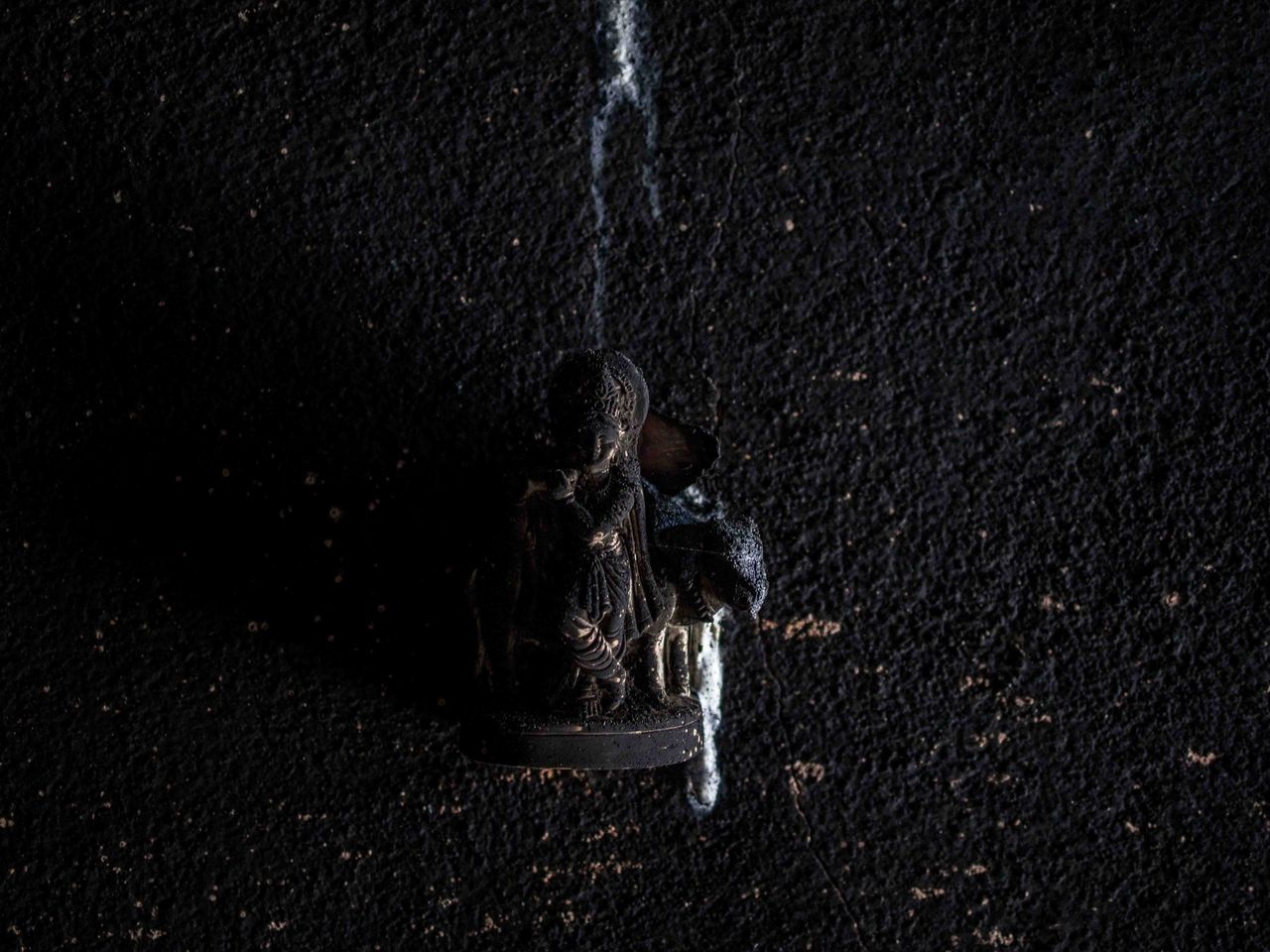
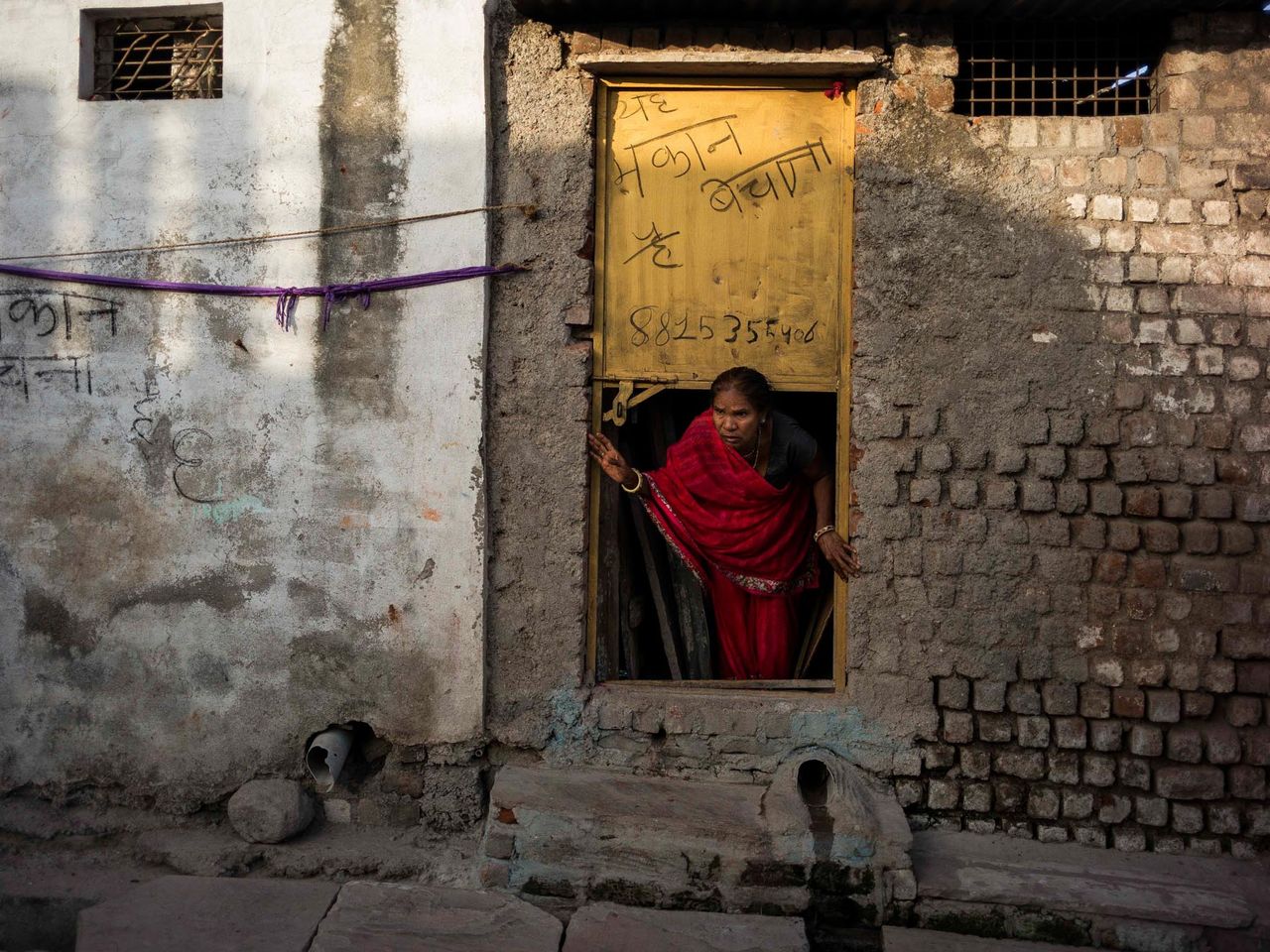
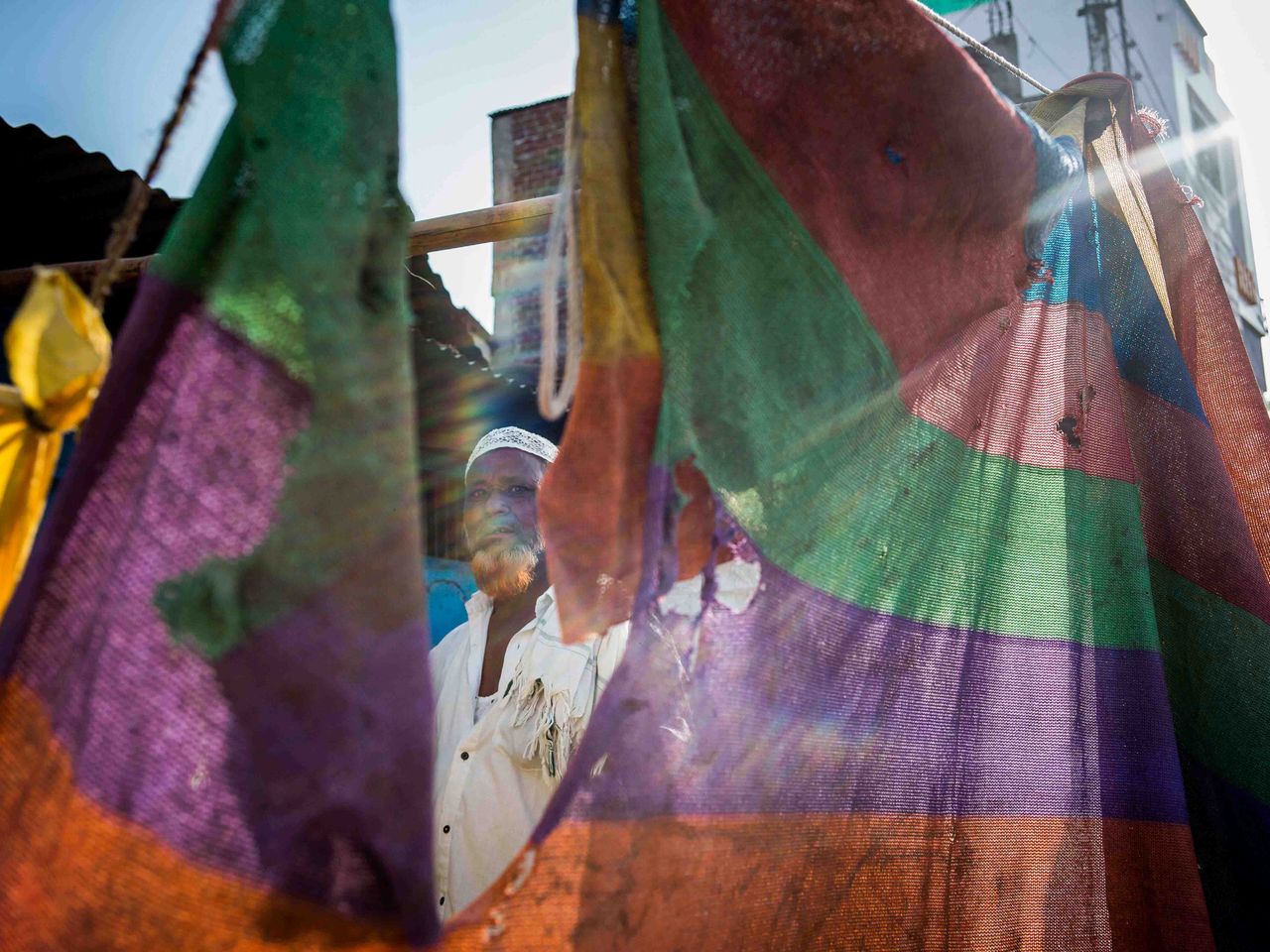

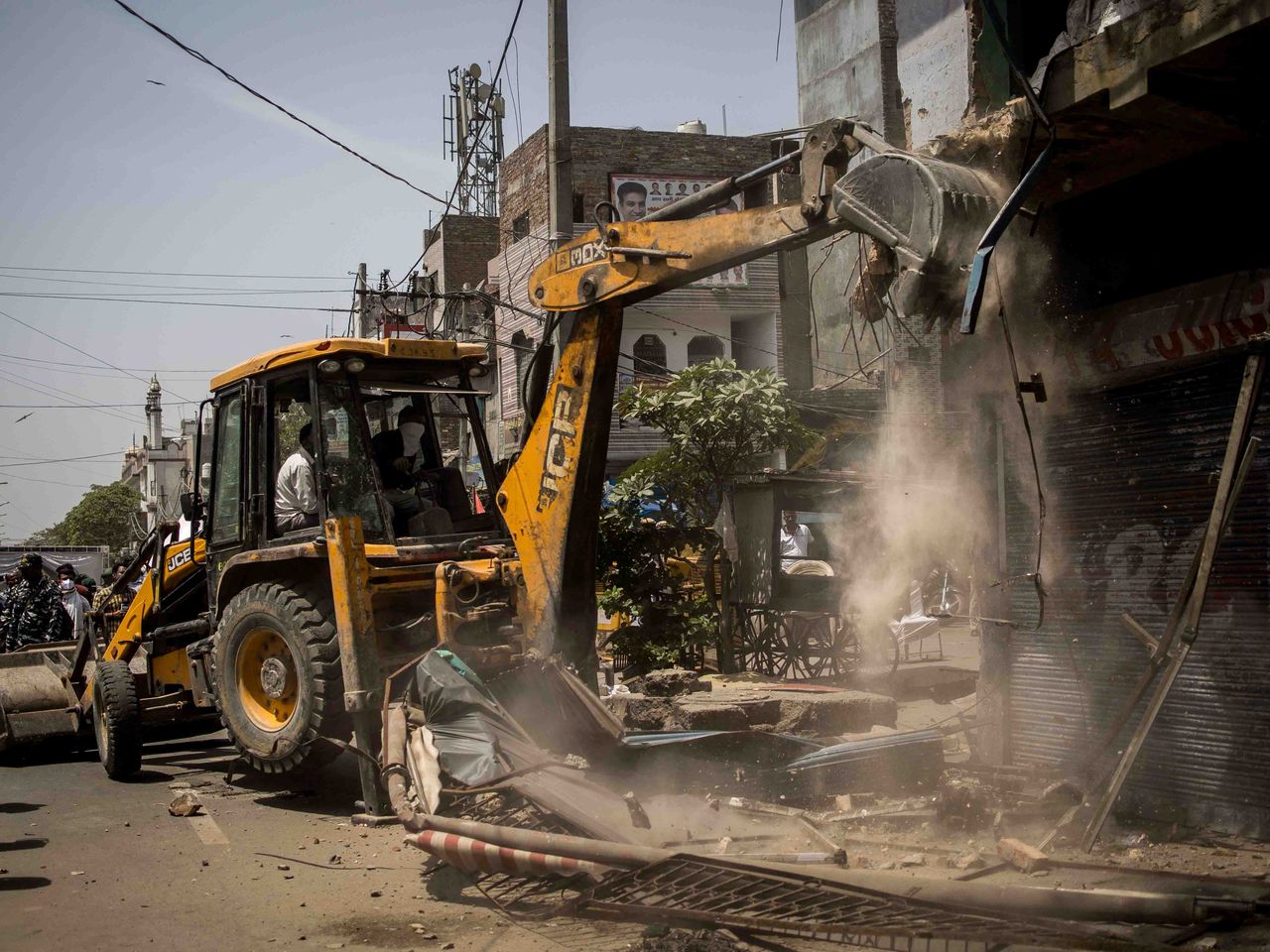

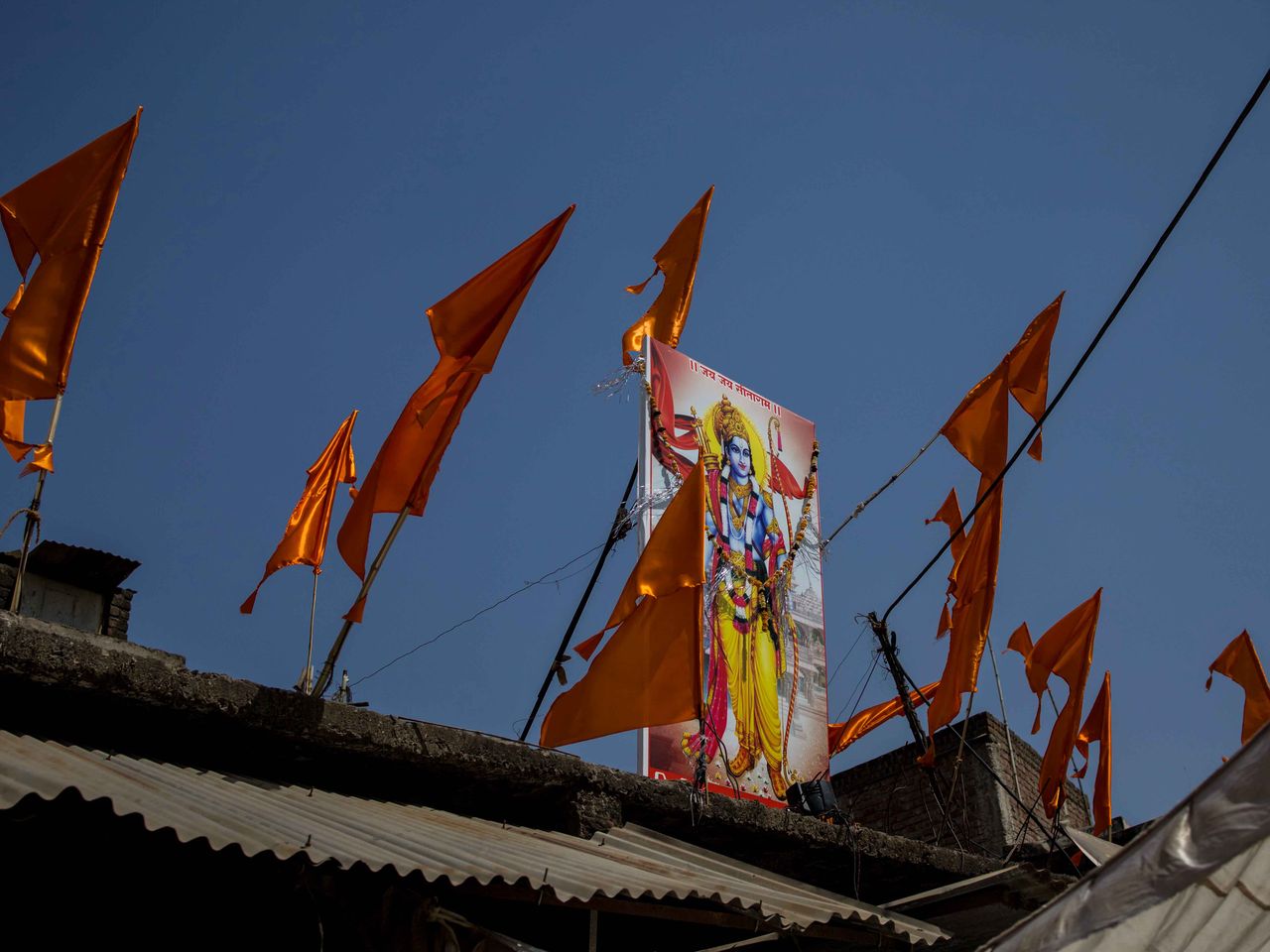
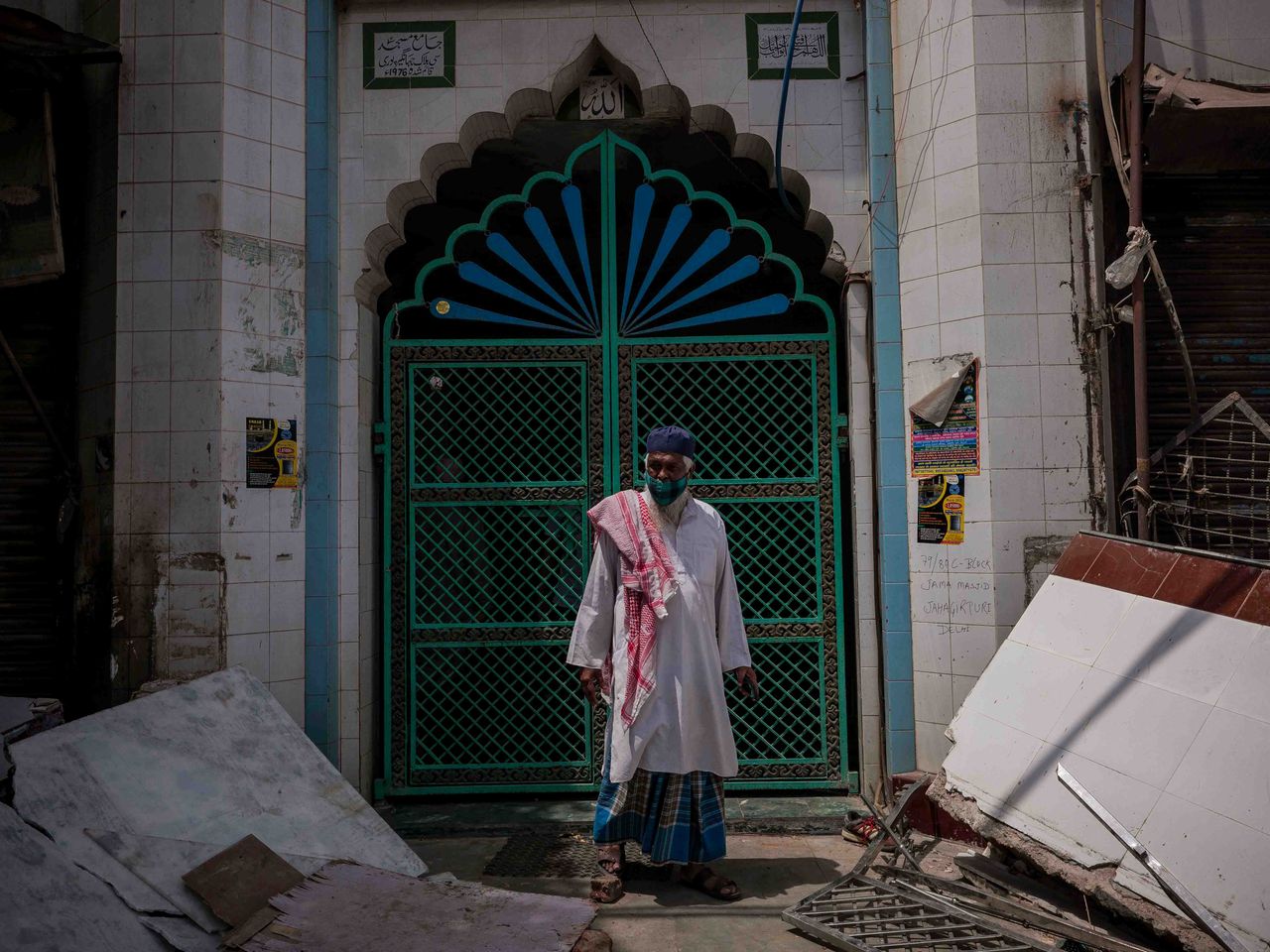
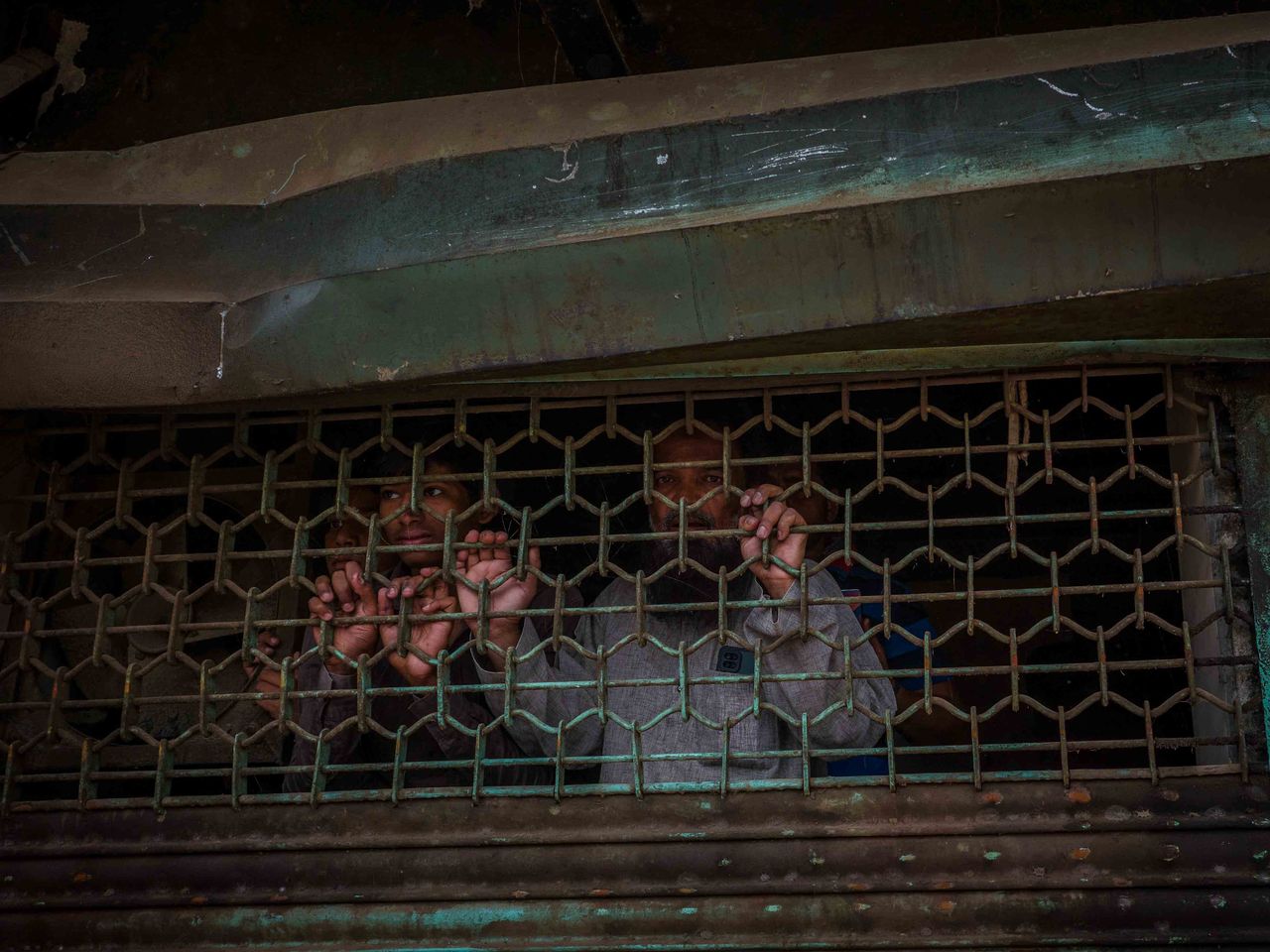
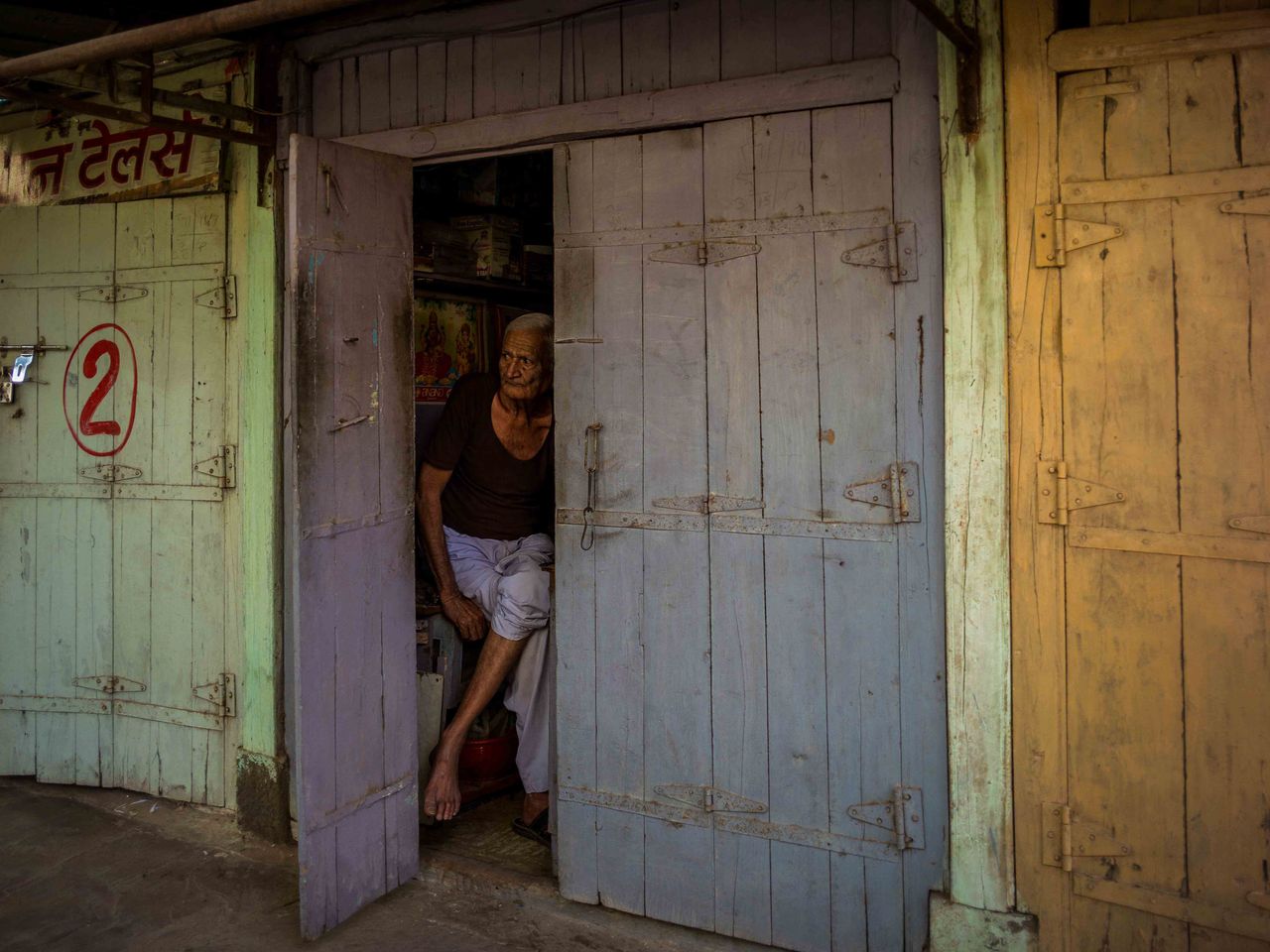
News and Current Affairs - Single Image
Surender Solanki, New Delhi
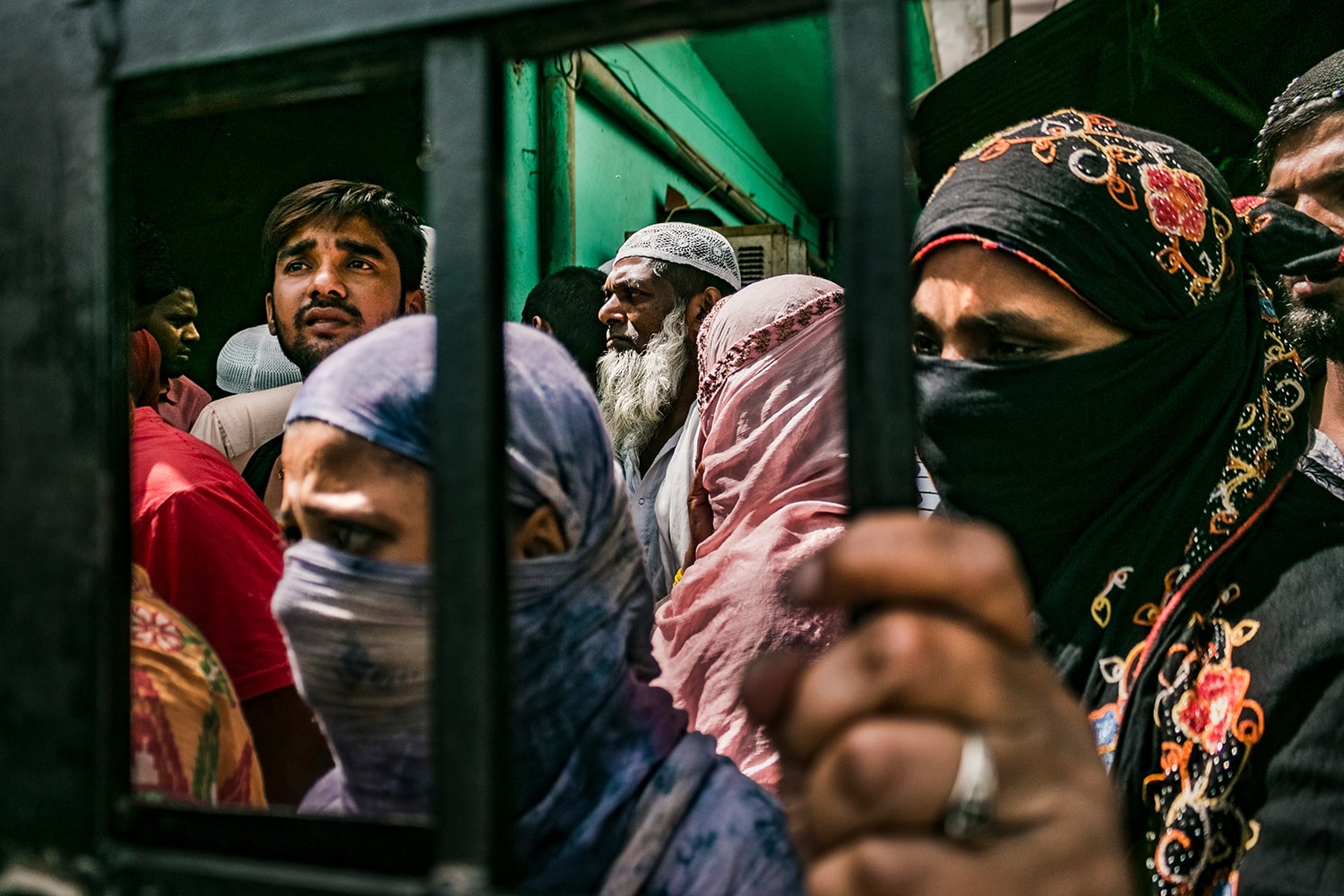
Muslims standing behind a locked gate of their street in Jahangirpuri, New Delhi, on 20 April 2022. Communal violence brokeout between hindu and muslim community during a Hindu religious procession was passing through muslim majority area during ramadan days. 27 people were arrested mostly muslims and the demolition drive was initiated too. Delhi BJP president Adesh Gupta ordered to the Mayor of the civic body to identify the illegal construction done by those muslims arrested in the Jahangirpuri violence and called them “rioters” and demolish their properties using bulldozers. In BJP Govt led states, demolishing the properties of muslims by calling them as “Rioters” after any communal violences is becoming a new trend to punish them. Since the BJP-led government came to power, crime against Muslims, Dalits and tribal communities have spike who remain economically and socially marginalized. As a consequence of these Crimes against minorities, in 2021, in a report by Freedom House, India’s global ranking dropped from a “free” country to a “partly free"Country.
News and Current Affairs - Photo Story
Vinay Gupta, Gurgaon
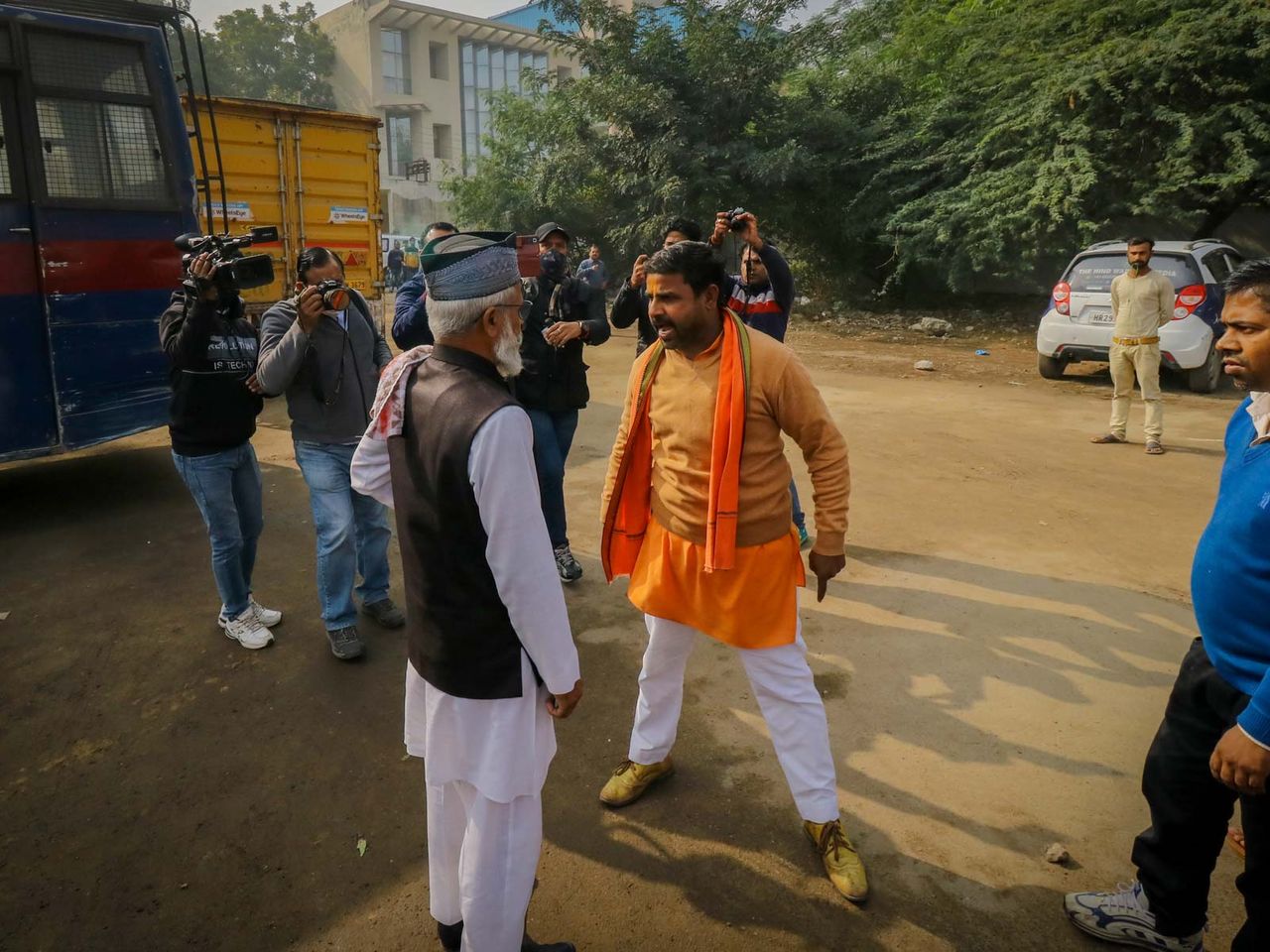
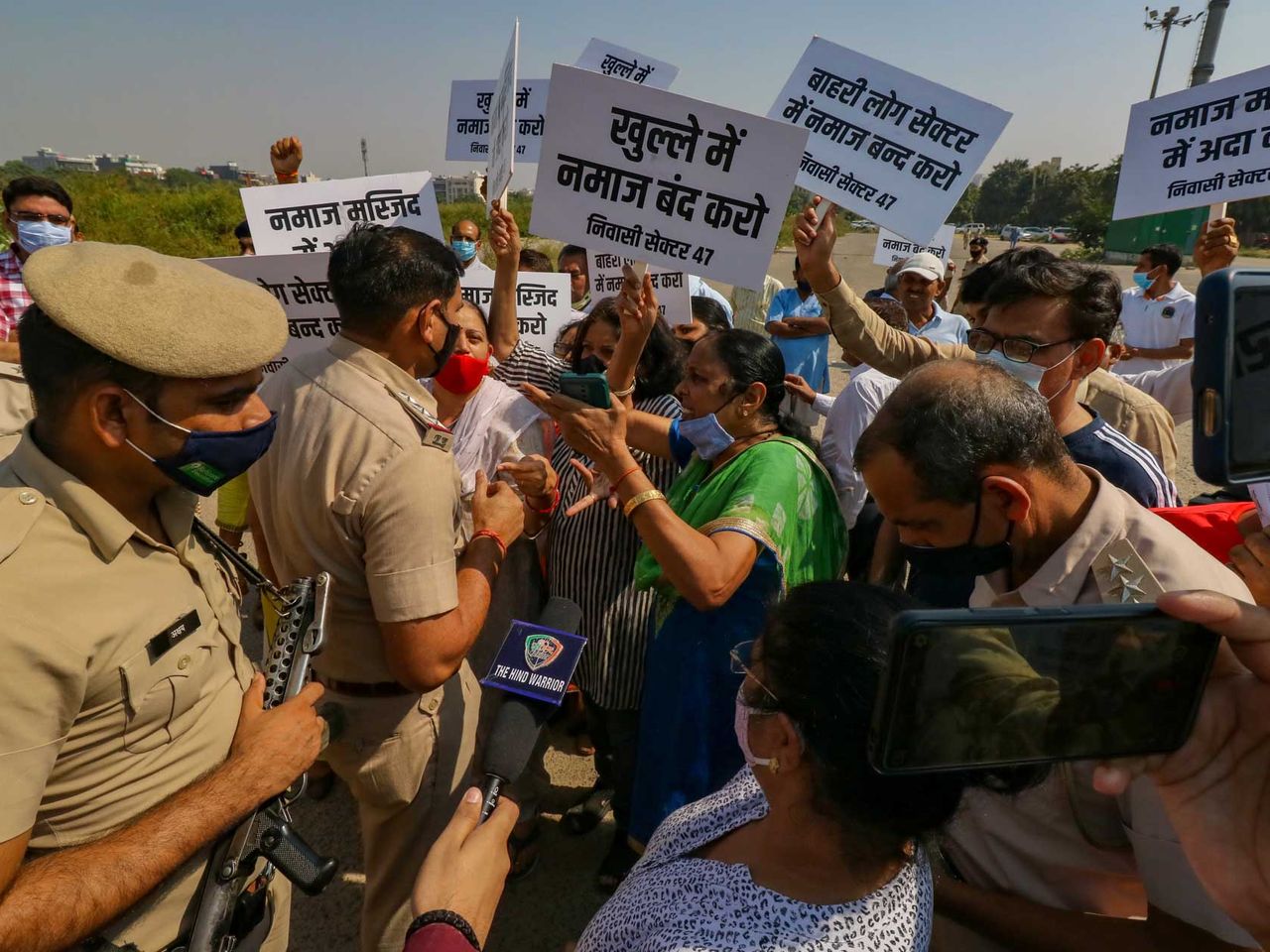
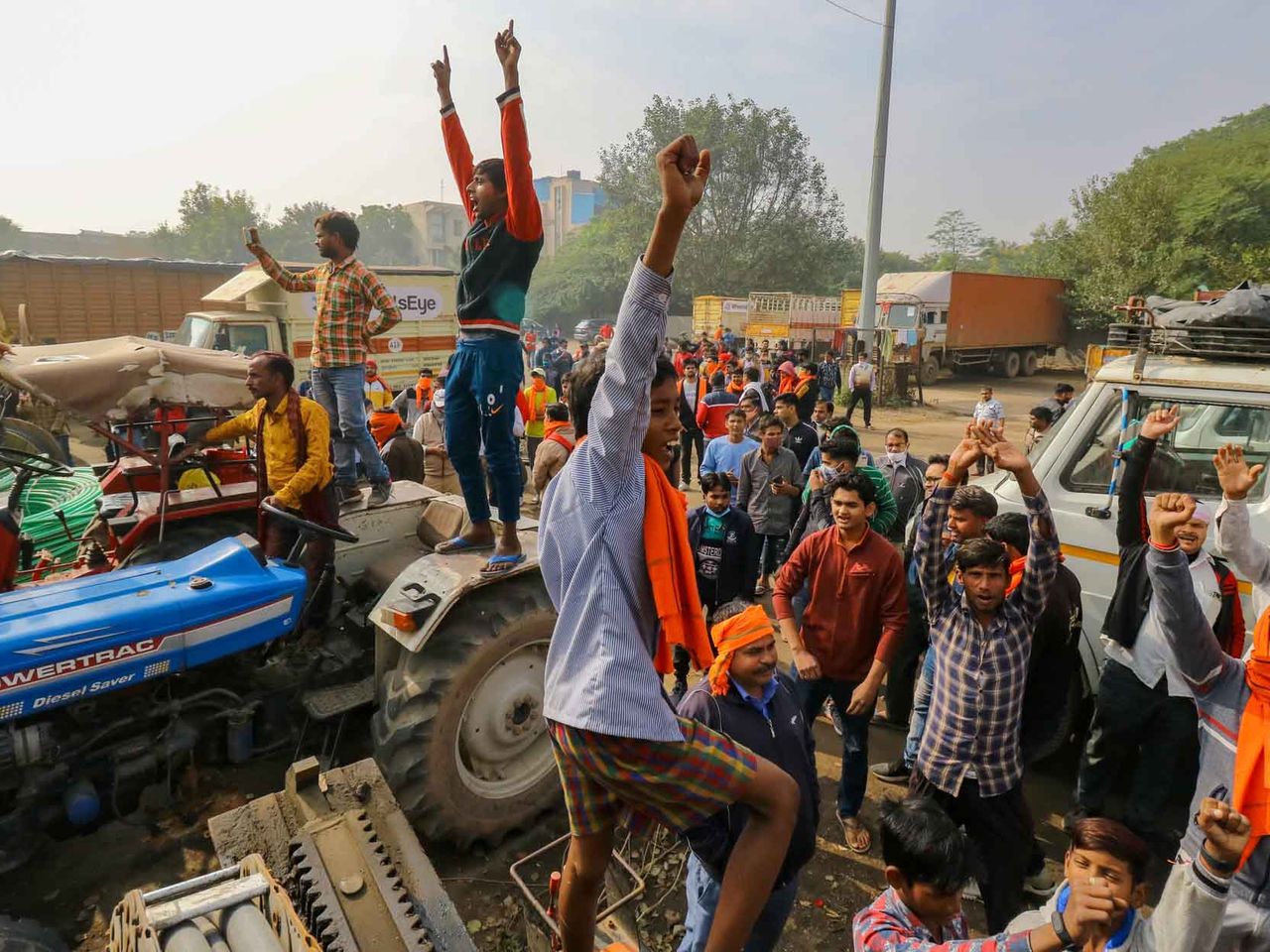

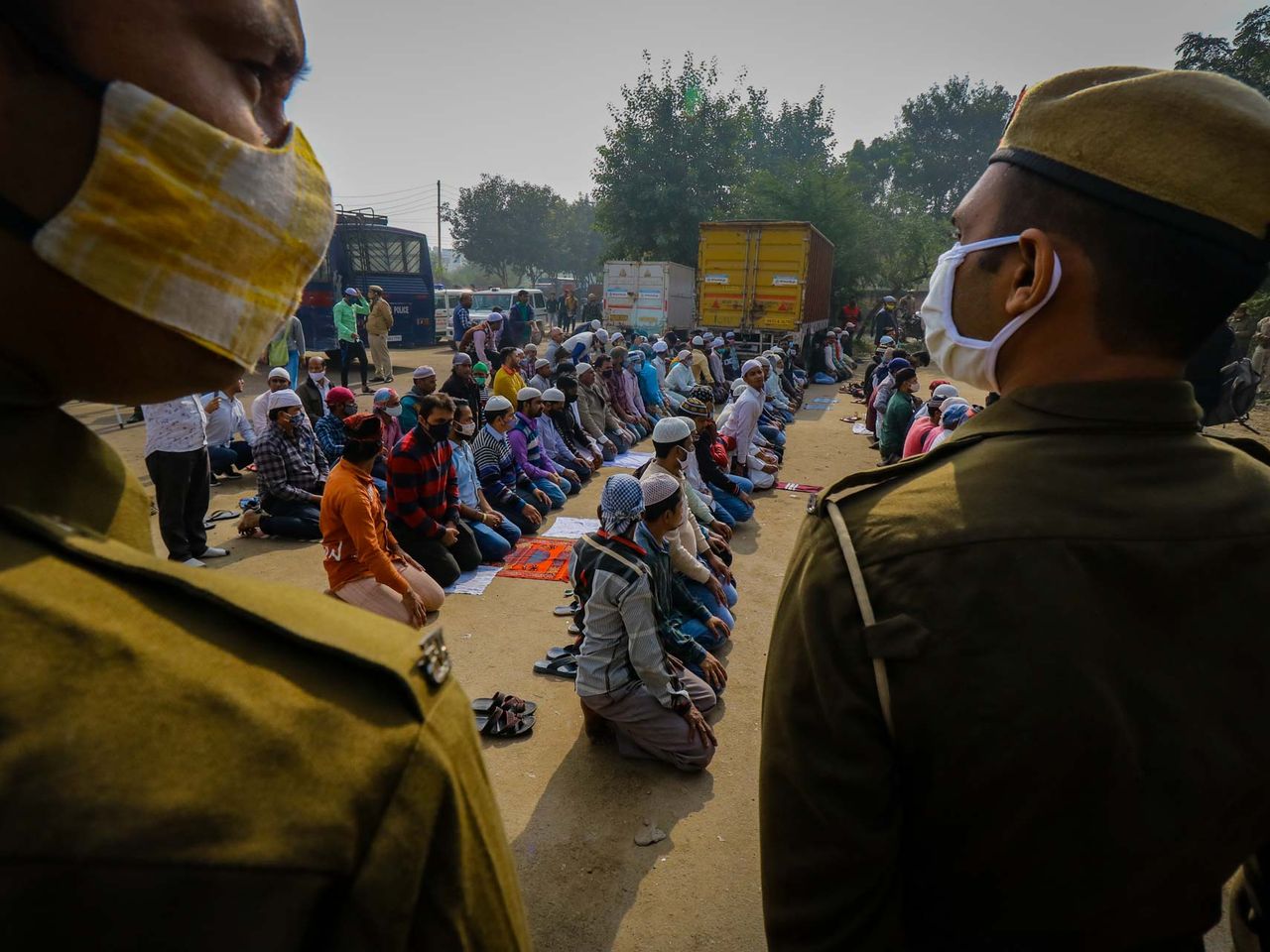

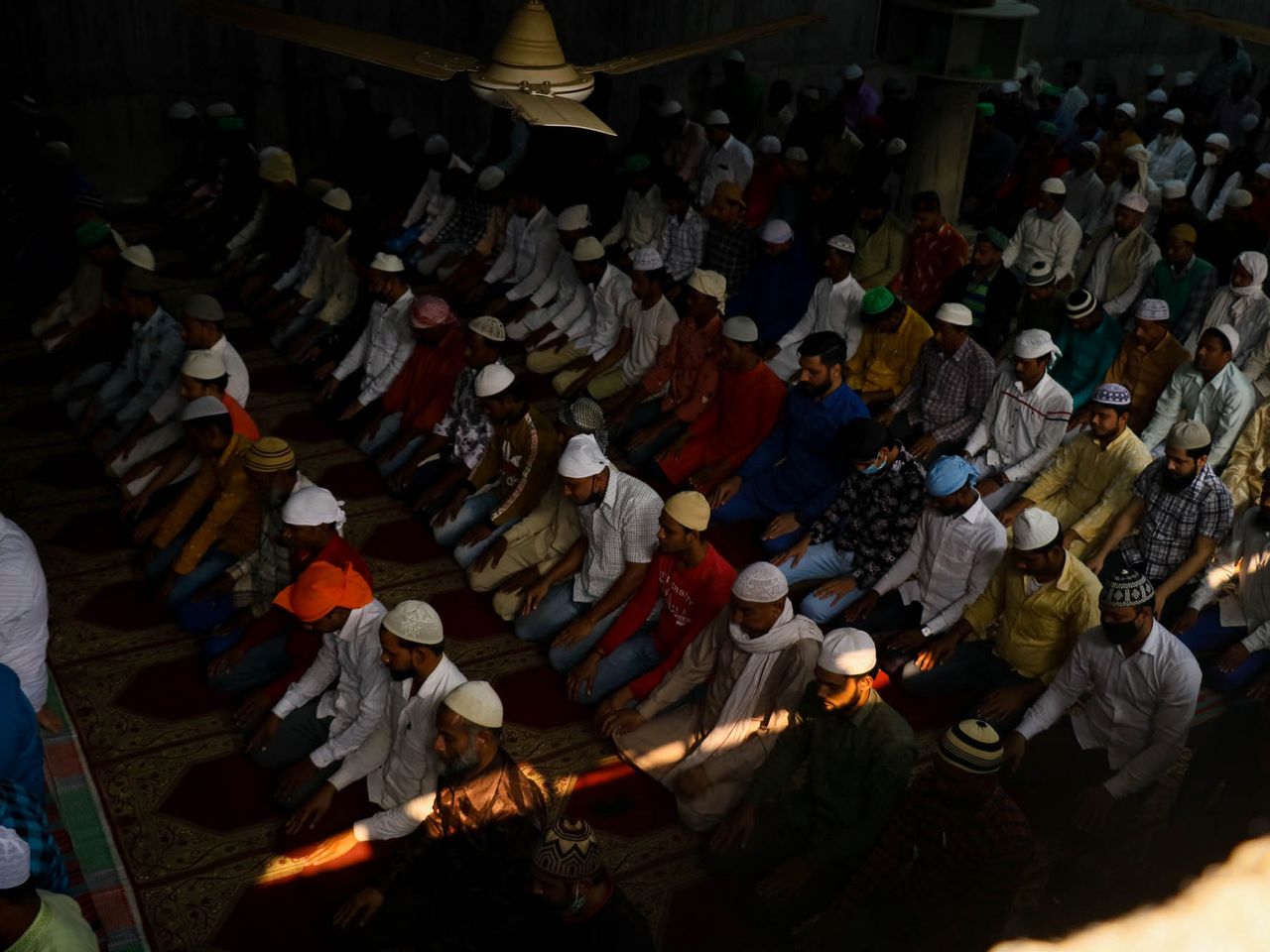

News and Current Affairs - Special Mention
Sankhadeep Banerjee, Kolkata

Activists of Socialist Unity Centre of India-Communist (SUCI-C), a leftist Indian political party, scuffle with police during an anti-government demonstration in Kolkata on 29 June 2022. The agitation was organised to protest against the allegedly anti-people policies implemented by the state government of the eastern Indian state of West Bengal as well as the central government of India.
Climate, Environment and Conservation - Single Image
S L Shanth Kumar, Mumbai

Climate Change - Ravages of the Sea 55 year old Mary Louise, wife of a local fisherman, prays inside her dilapidated house at the Kochuthopu beach on the Trivandrum coastal line in Kerala, India. Marie is from one of the hundreds of families that have been affected by the tides taking away homes. She is seen praying to the Sea, inside her house of which only around 10% has been spared.
Climate, Environment and Conservation - Photo Story
Sudip Maiti, Kolkata
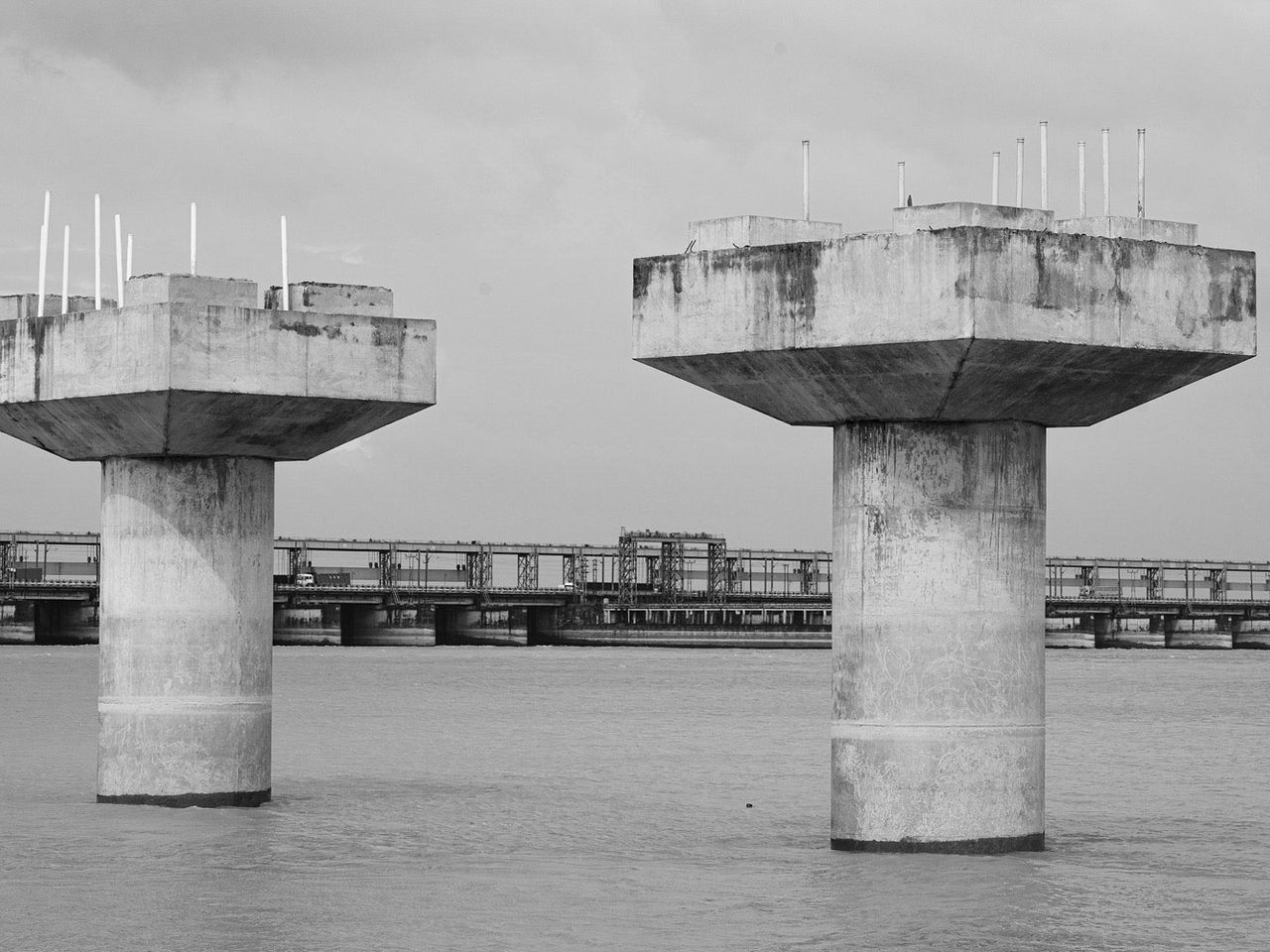



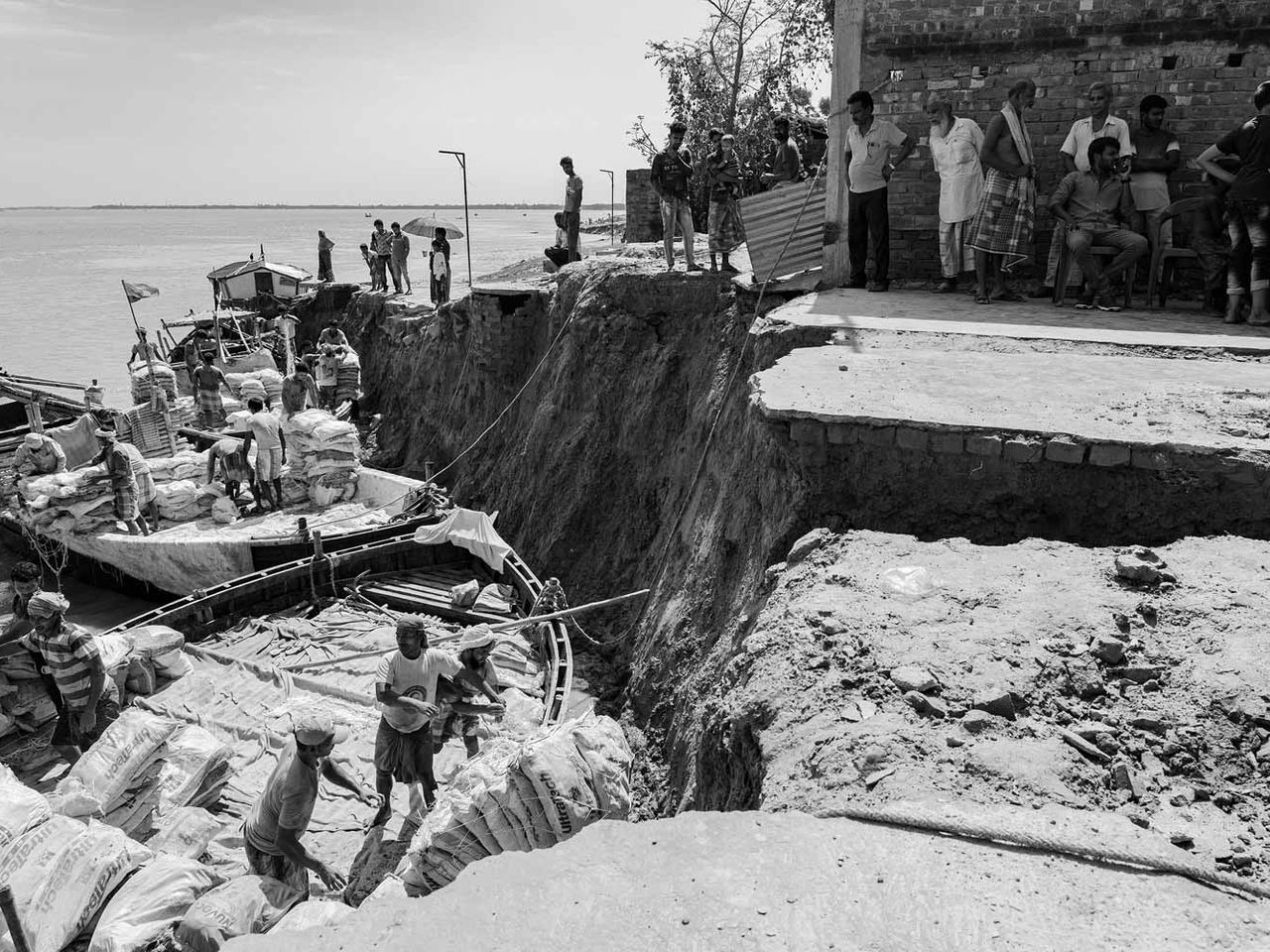

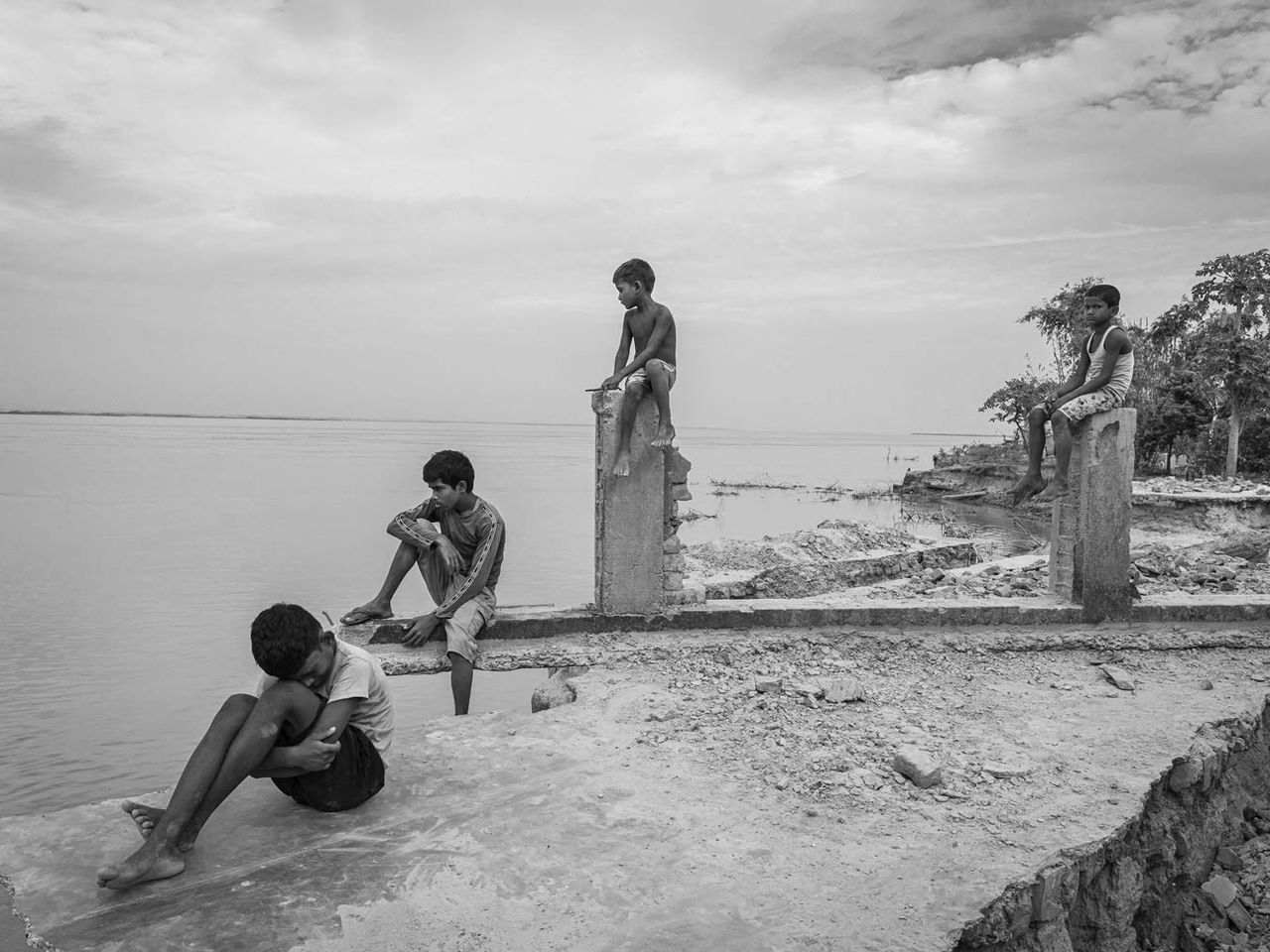

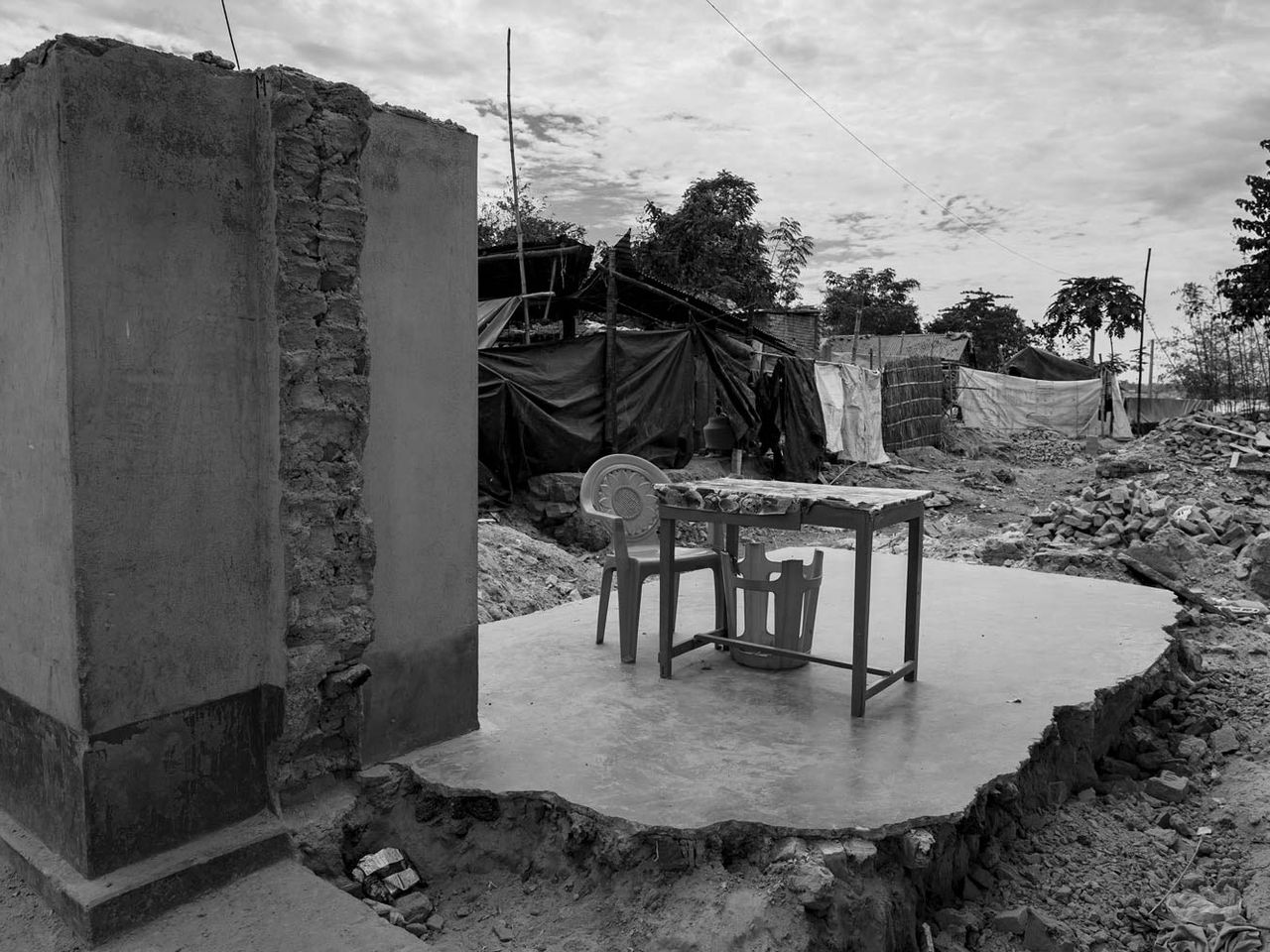
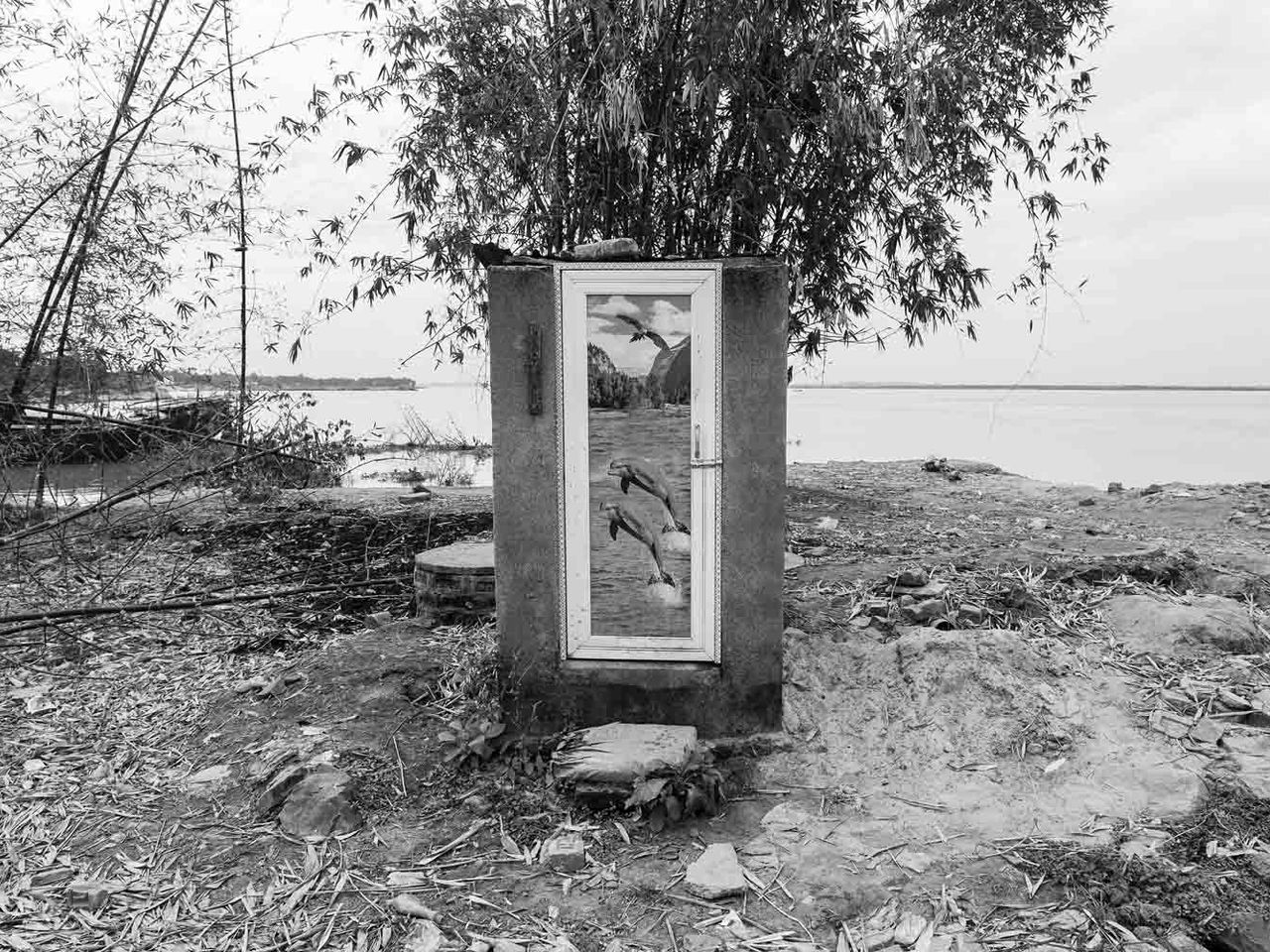
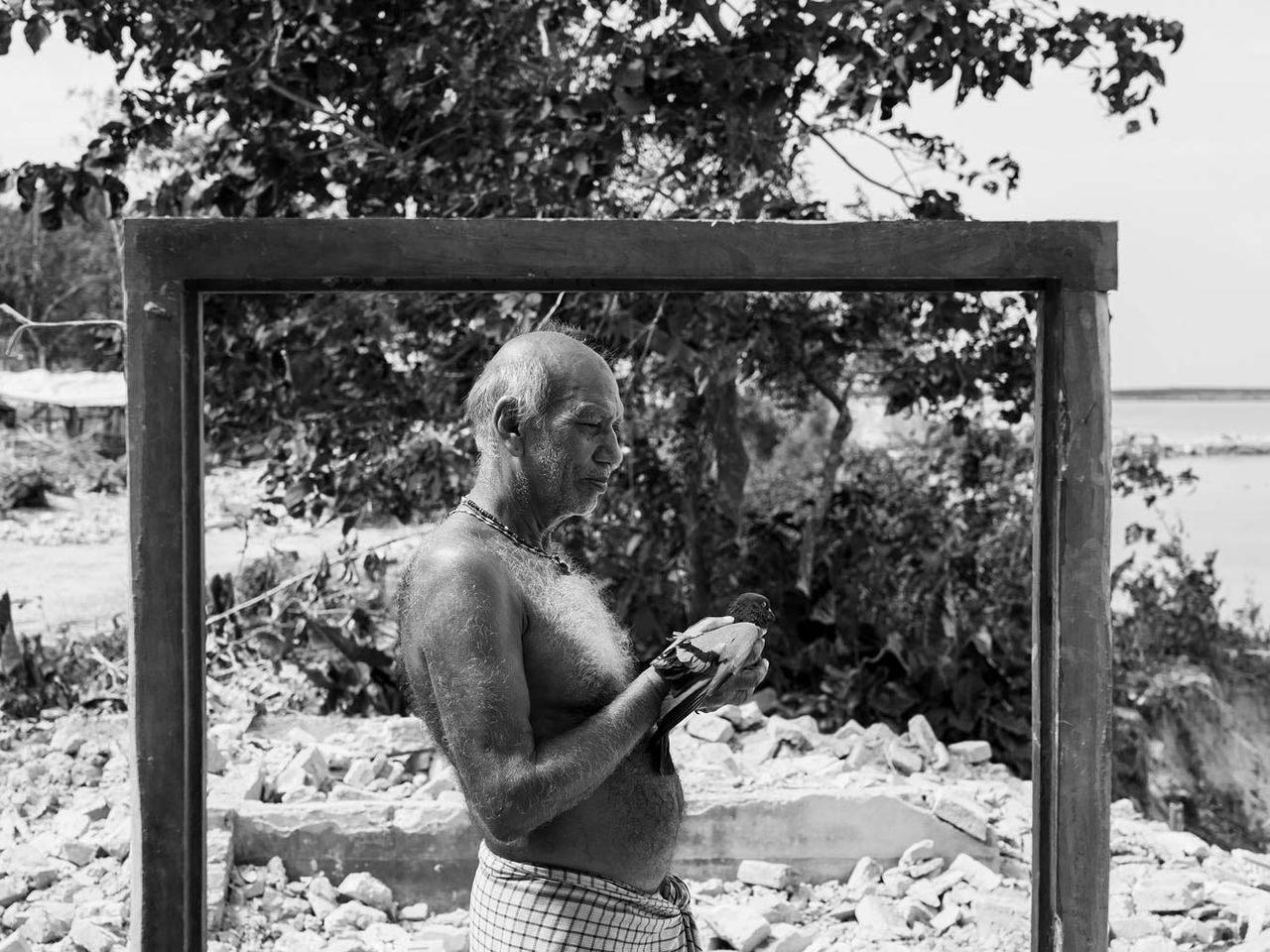
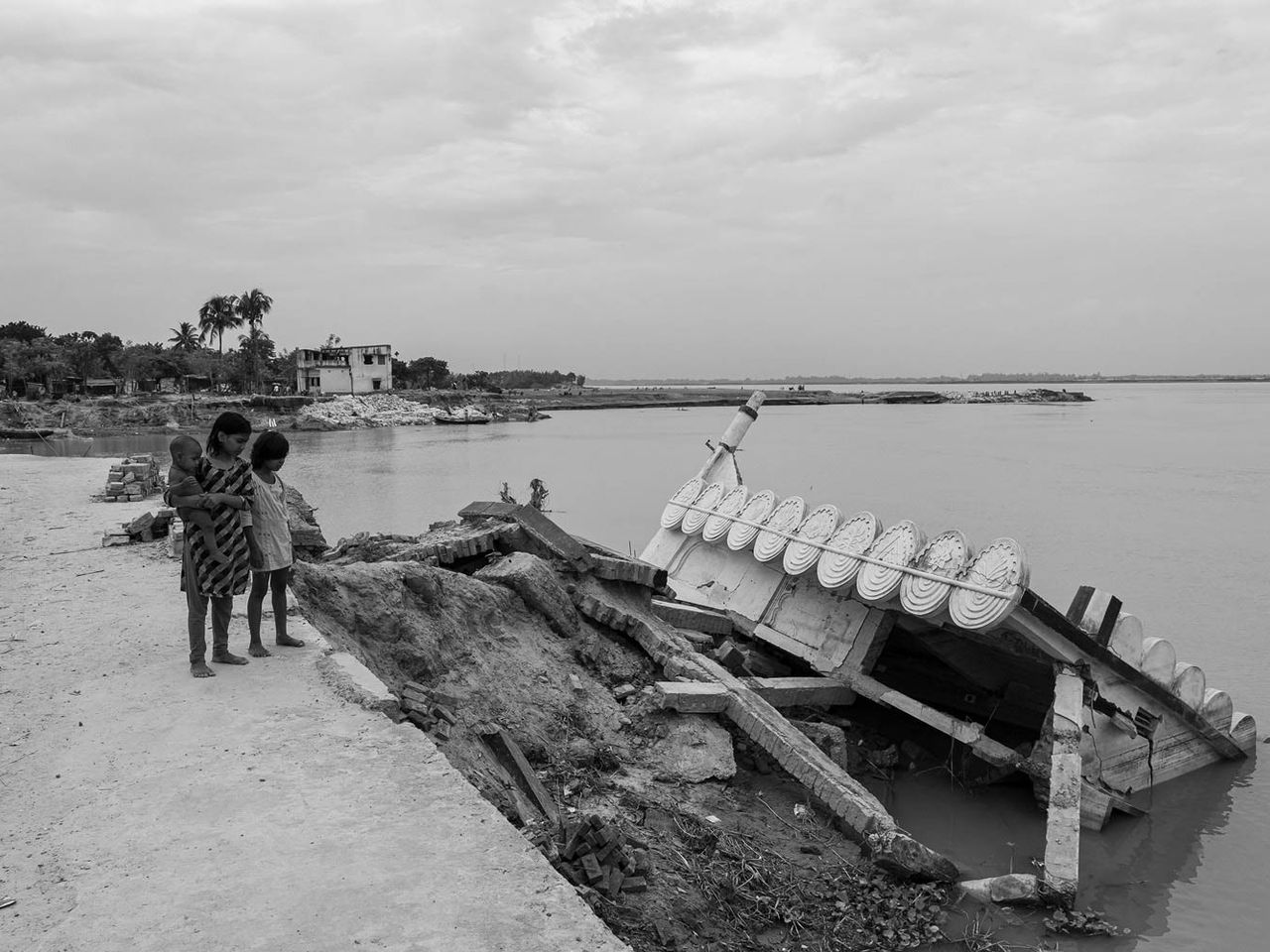
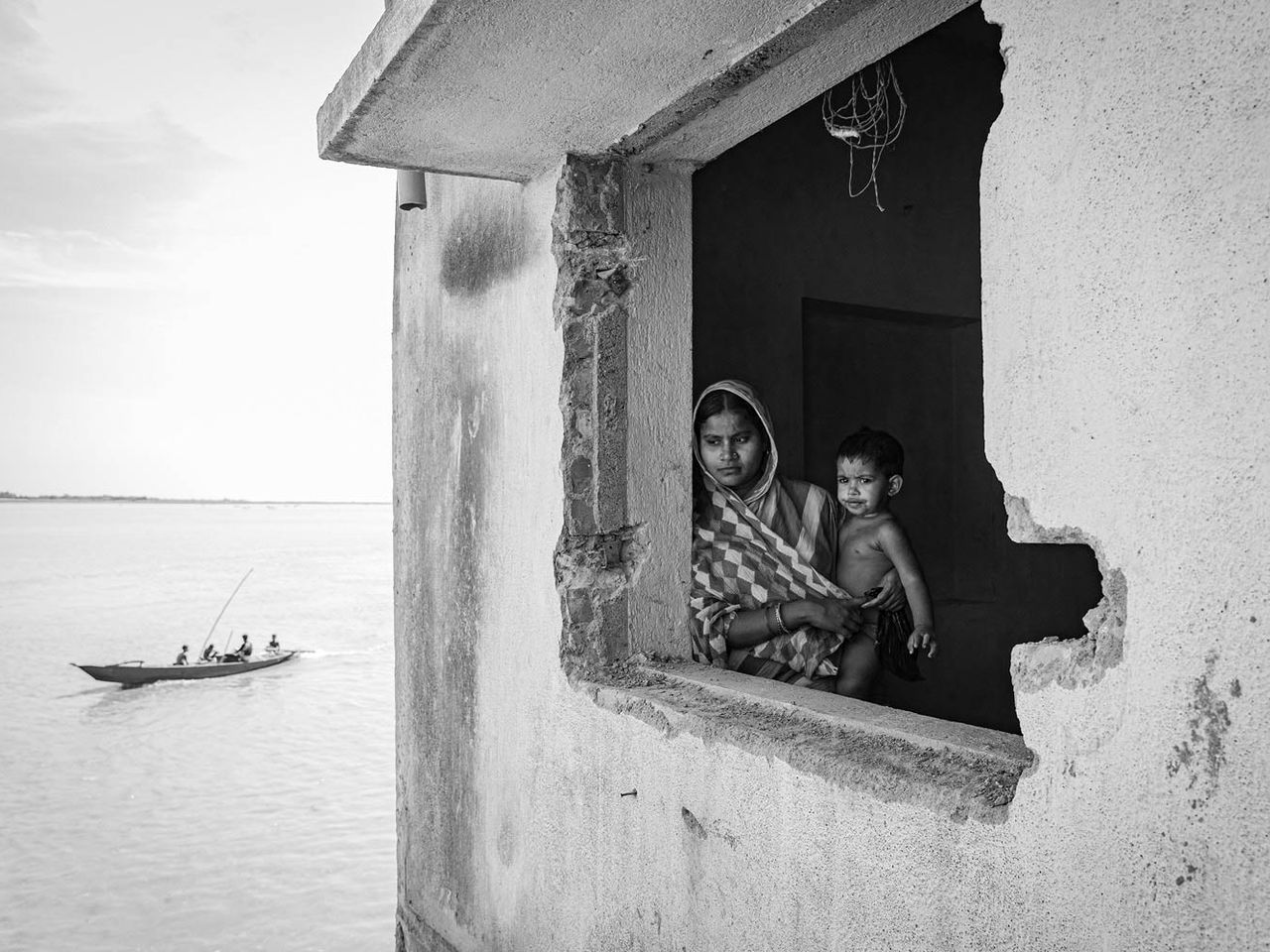

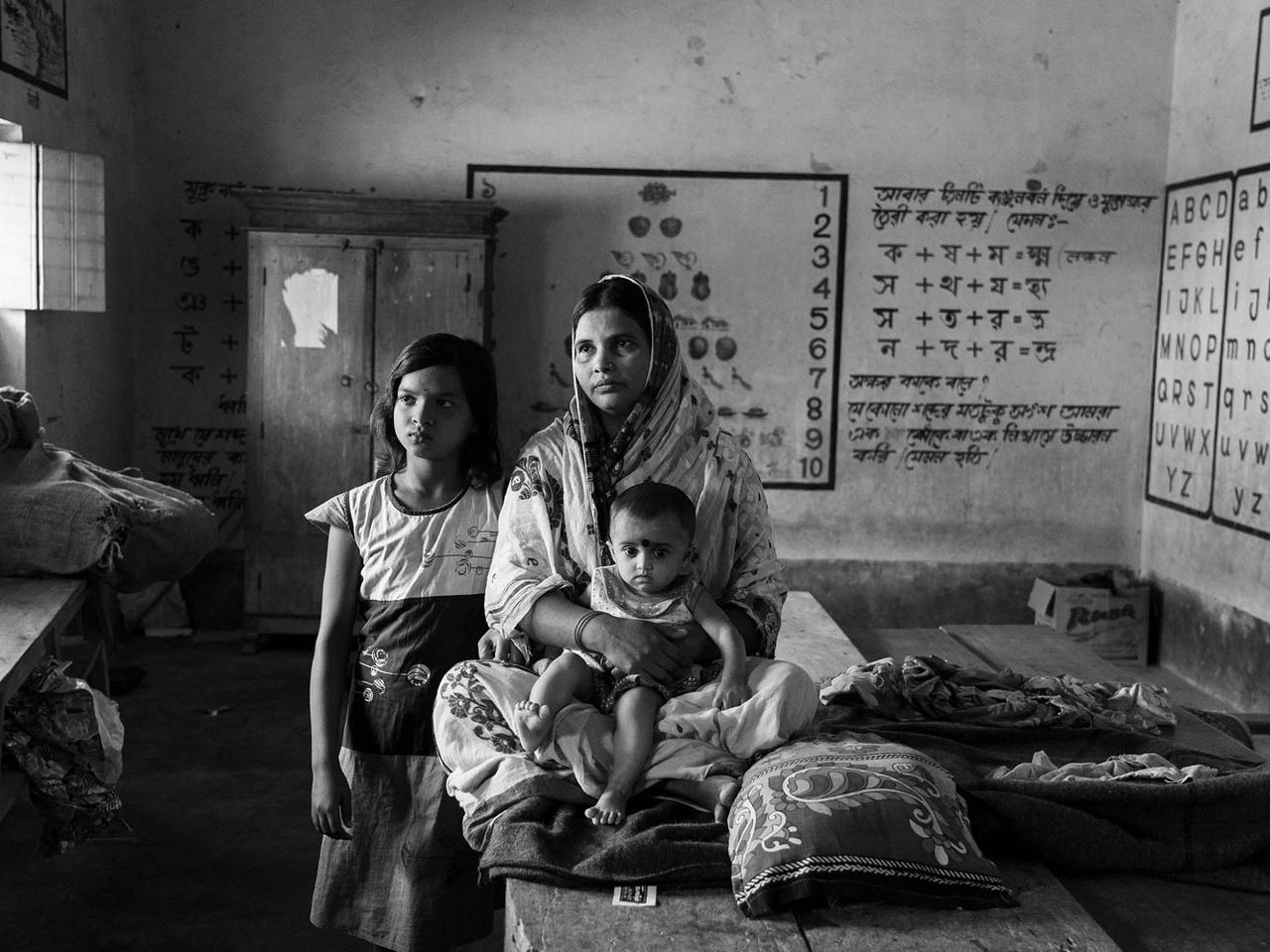
Climate, Environment and Conservation
Special Mention - Sandipani Chattopadhyay, Kolkata

Water crisis is the biggest threat of human life. Due to global warming northern glacier is melting in a rapid way. Monsoon is very irregular in Indian subcontinent. Resulting sweetwater rivers are drying rapidly. Purulia is a district of state West Bengal, India which majorly affected by the water crisis.More than 48 villages are running out of water. None of homes of those affected district are getting direct water supply. Villagers are coming the dried river bed for their daily household work e.g- bathing and washing cloths.Situation Is getting worse day by day.
Srishti Awards for Documentary Projects
Shefali Rafiq, Kulgam

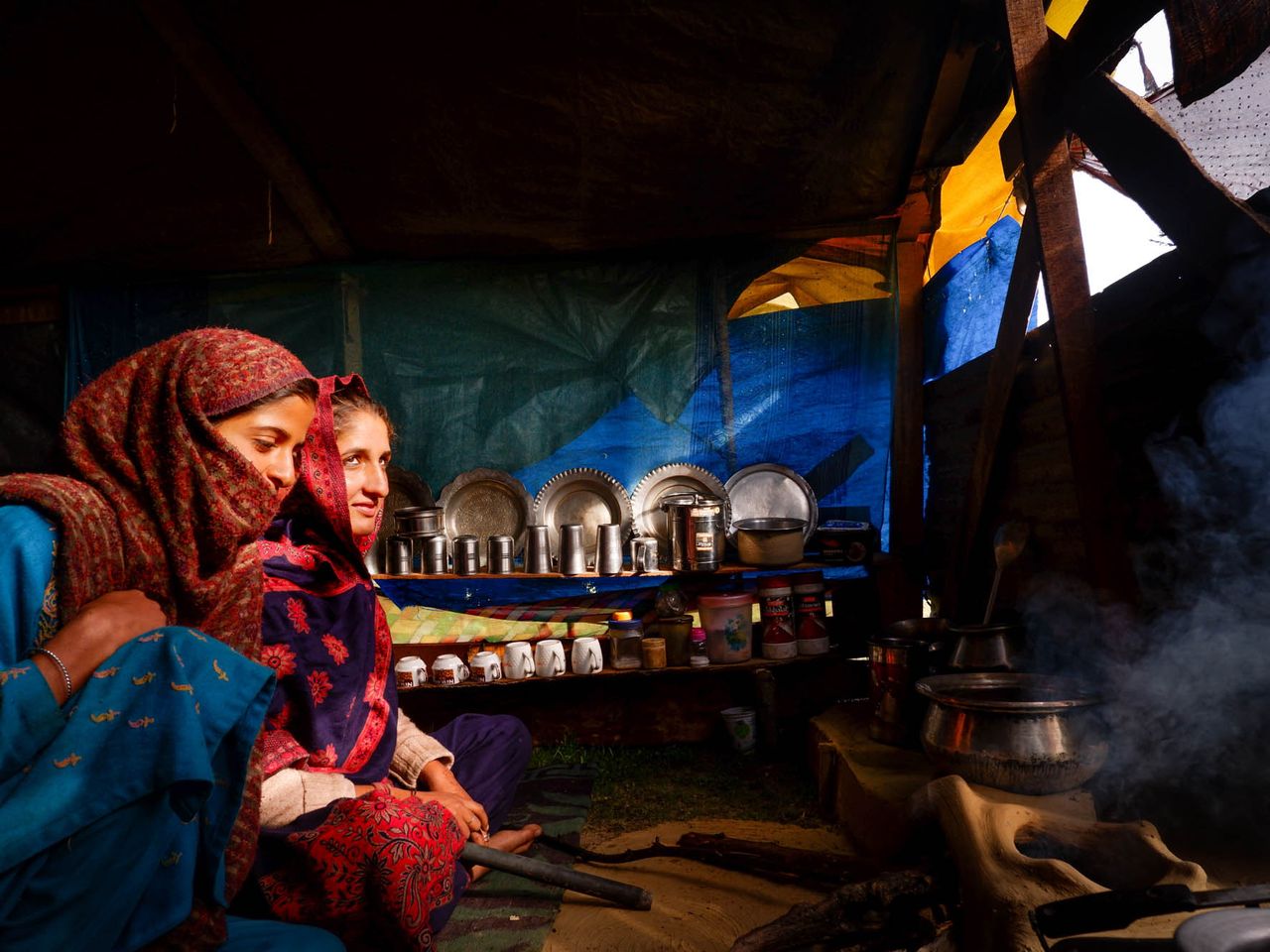
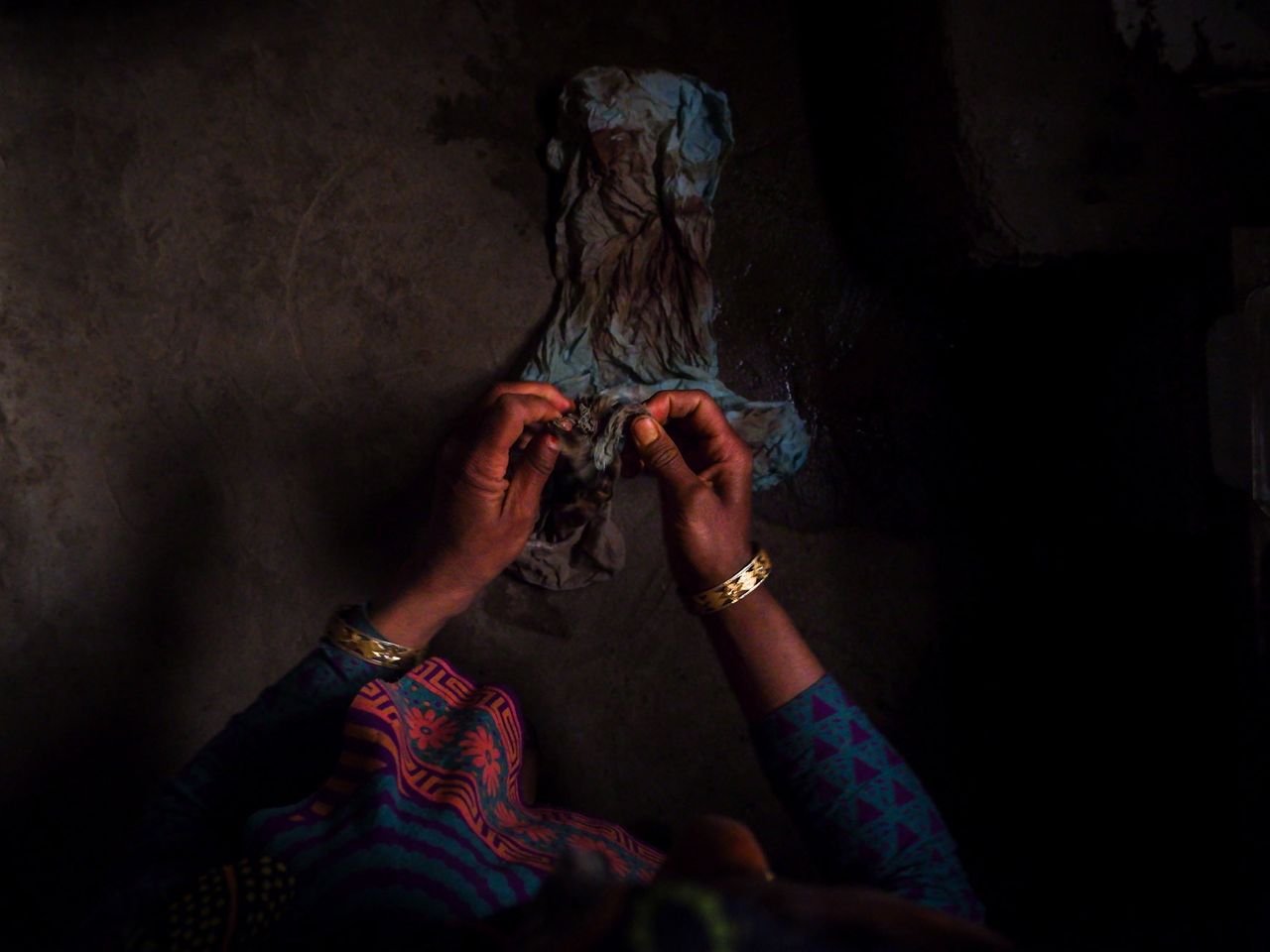
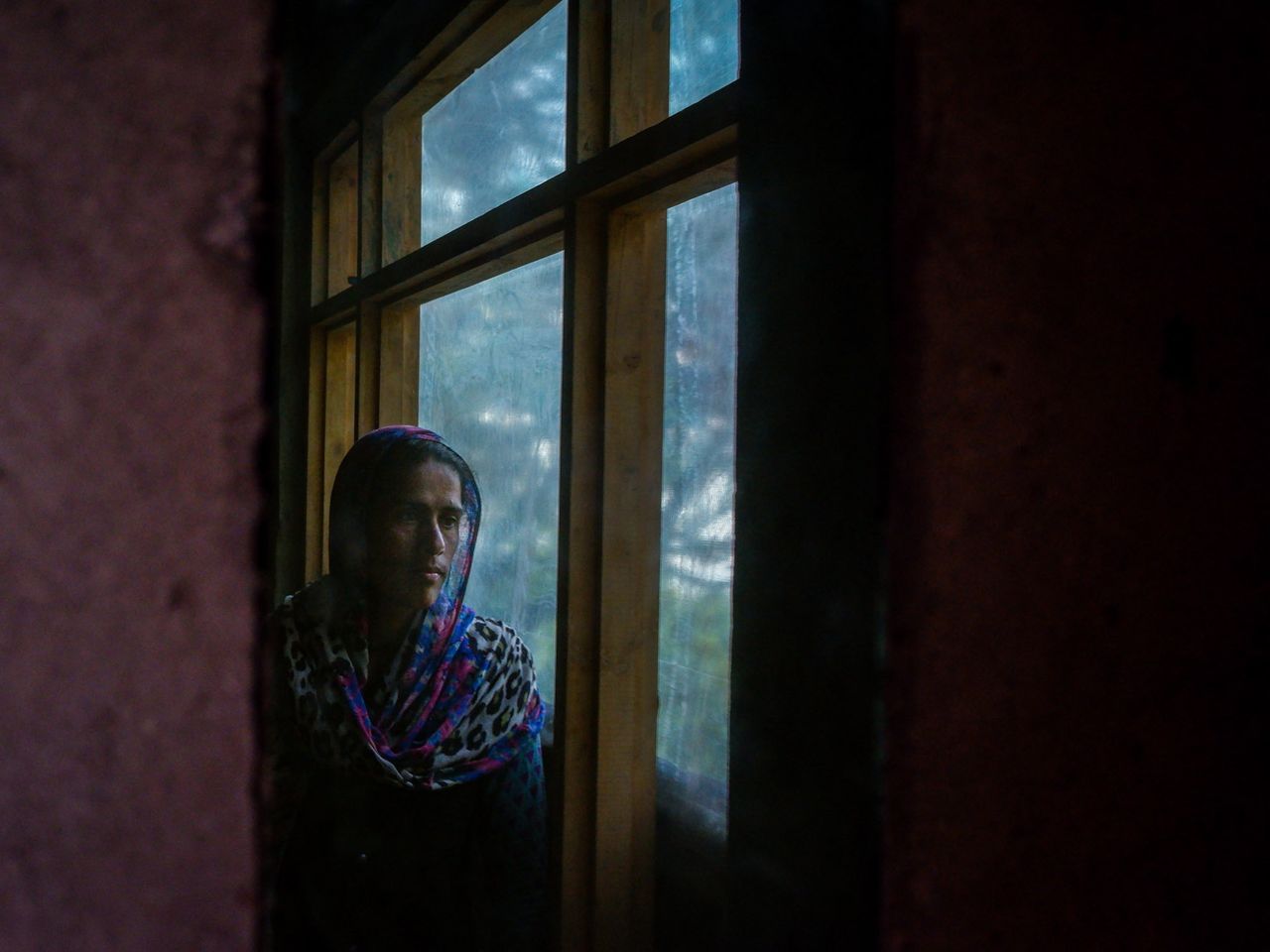


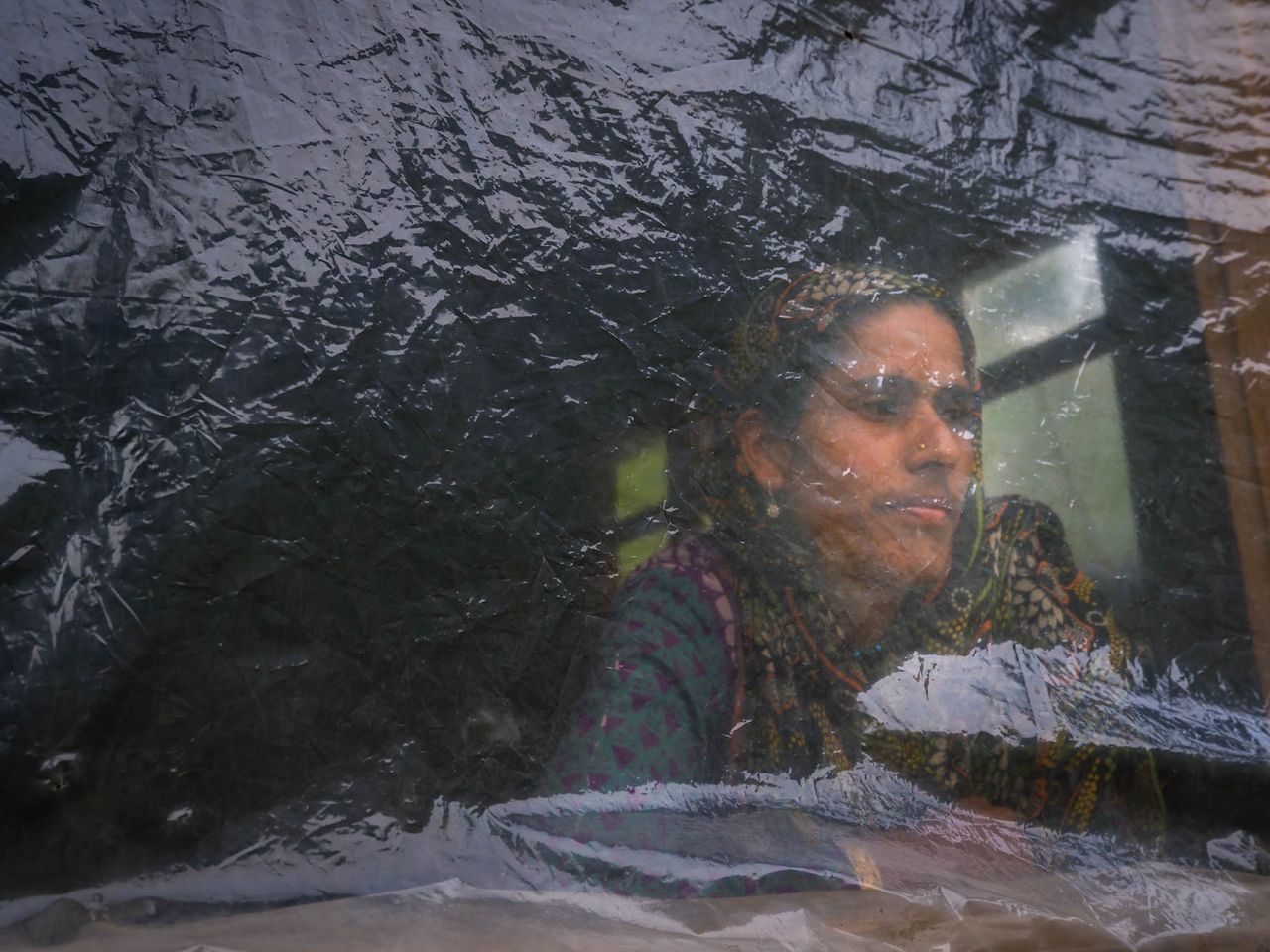
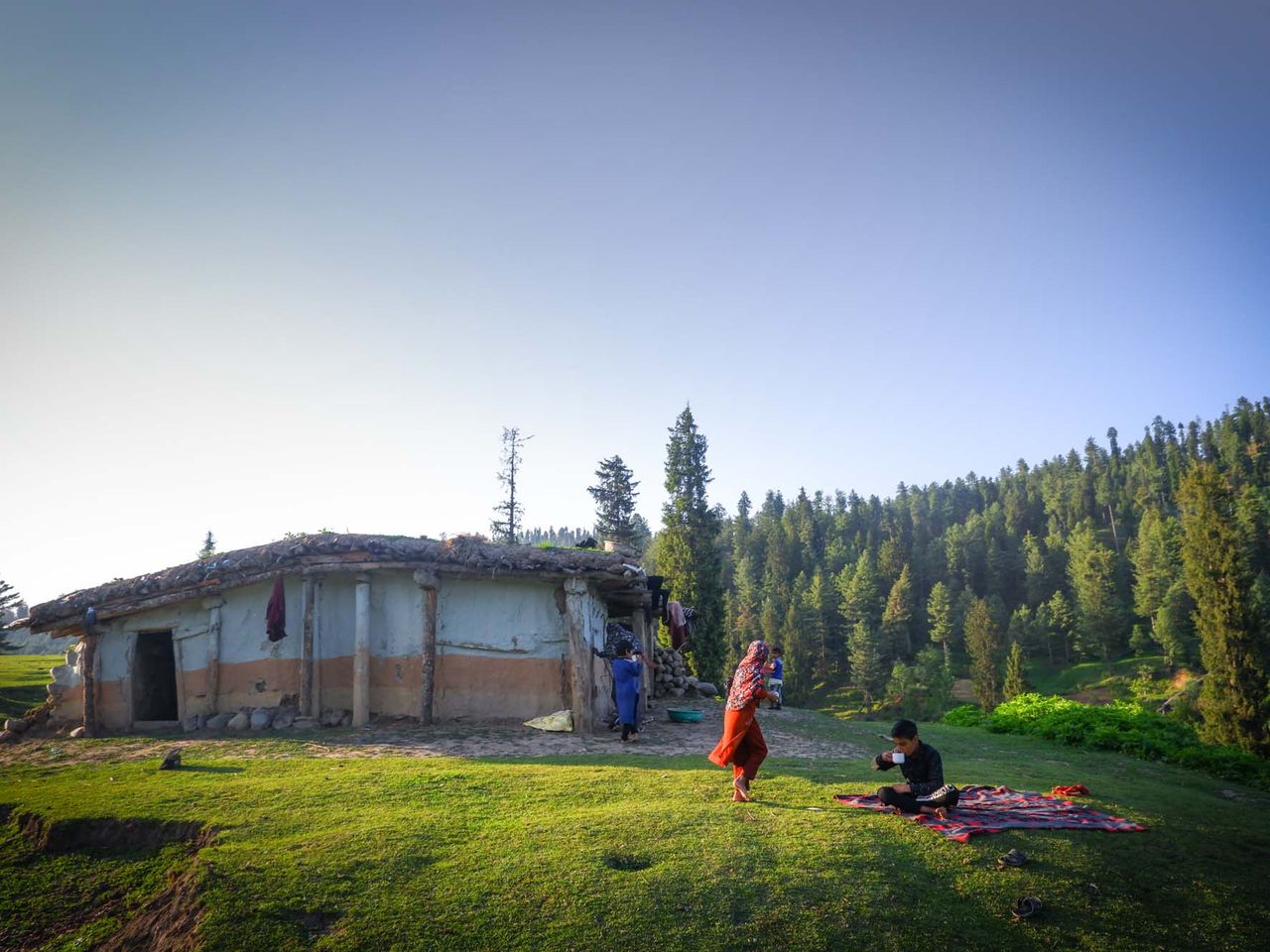

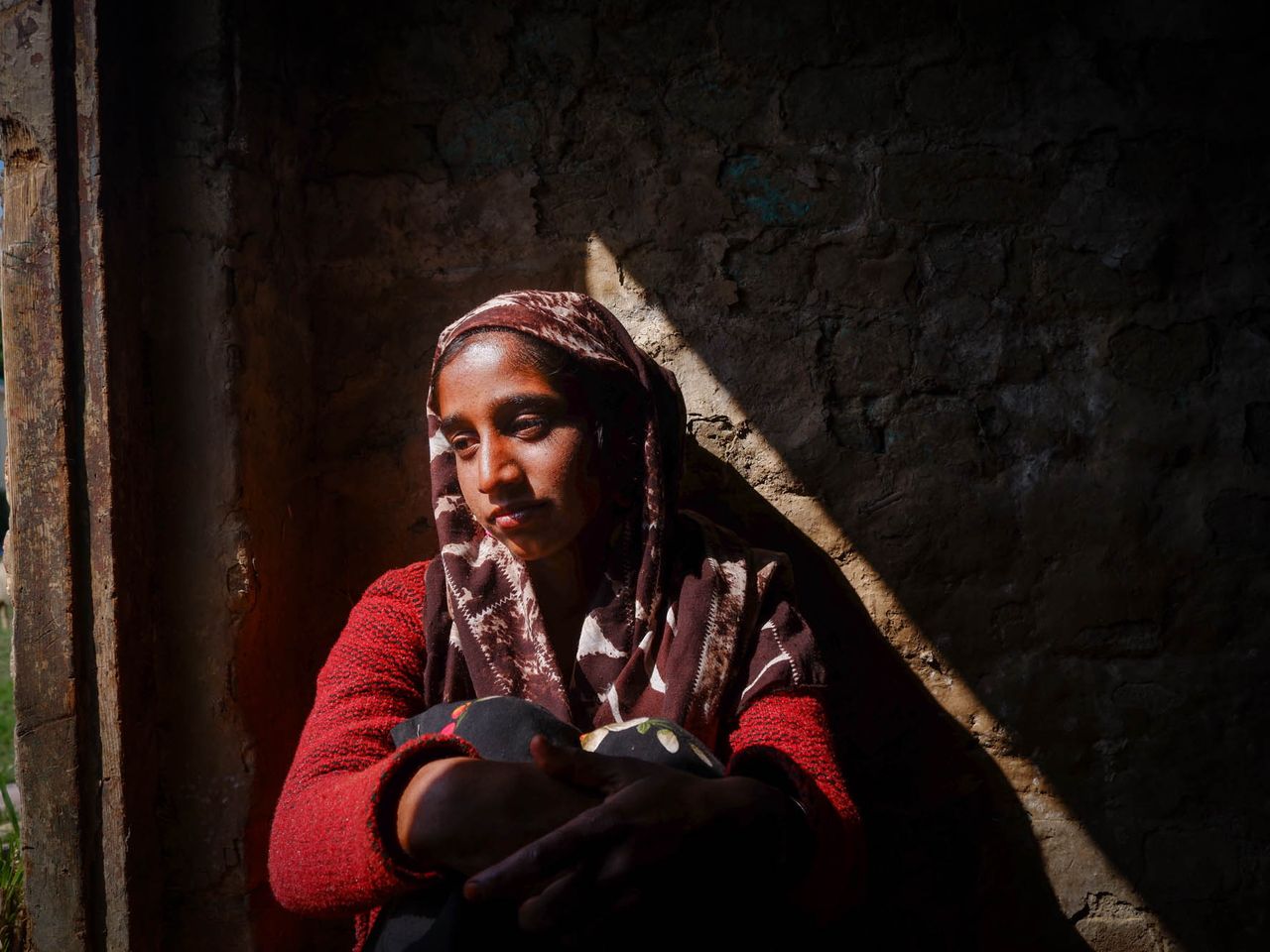
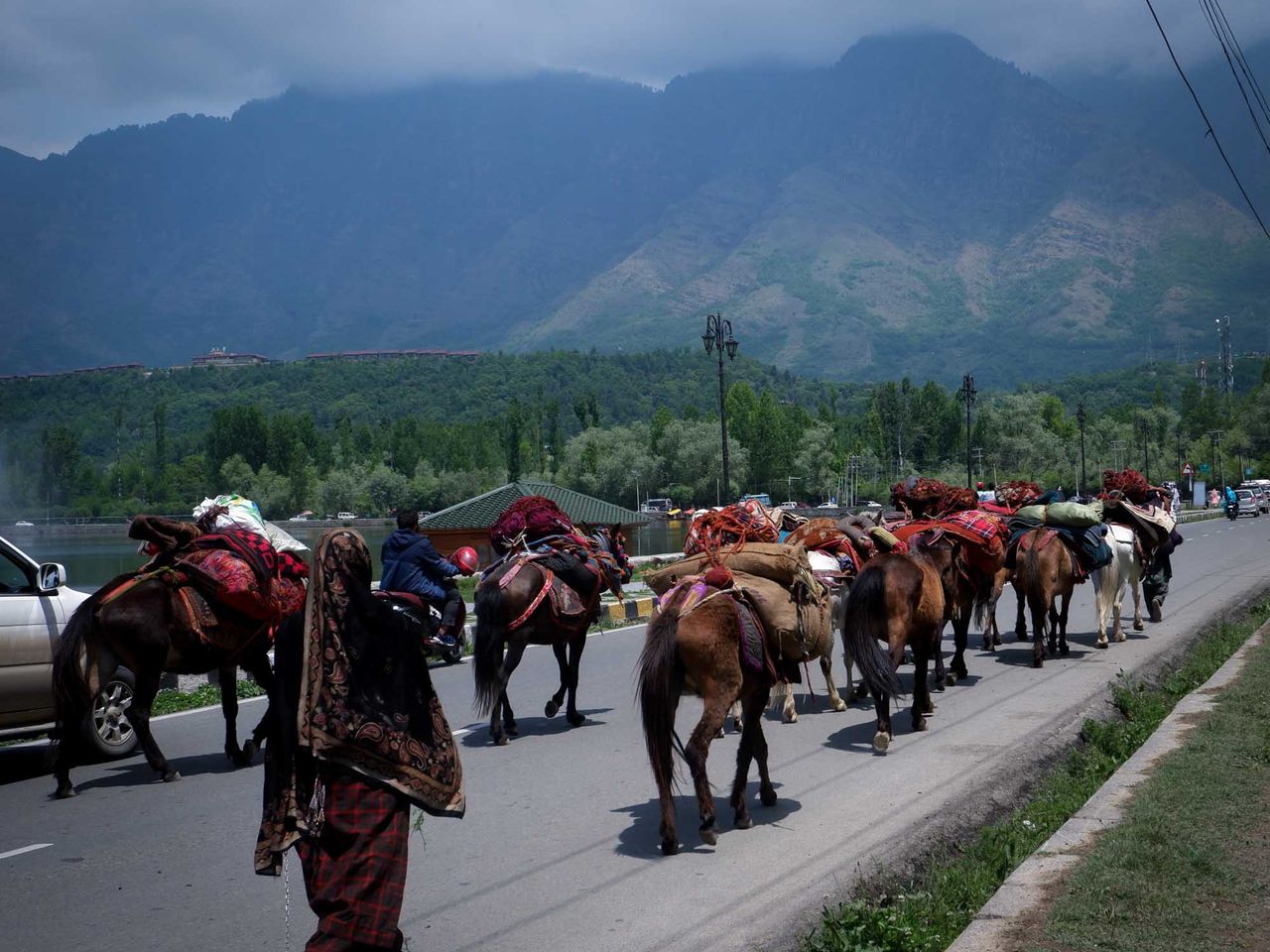
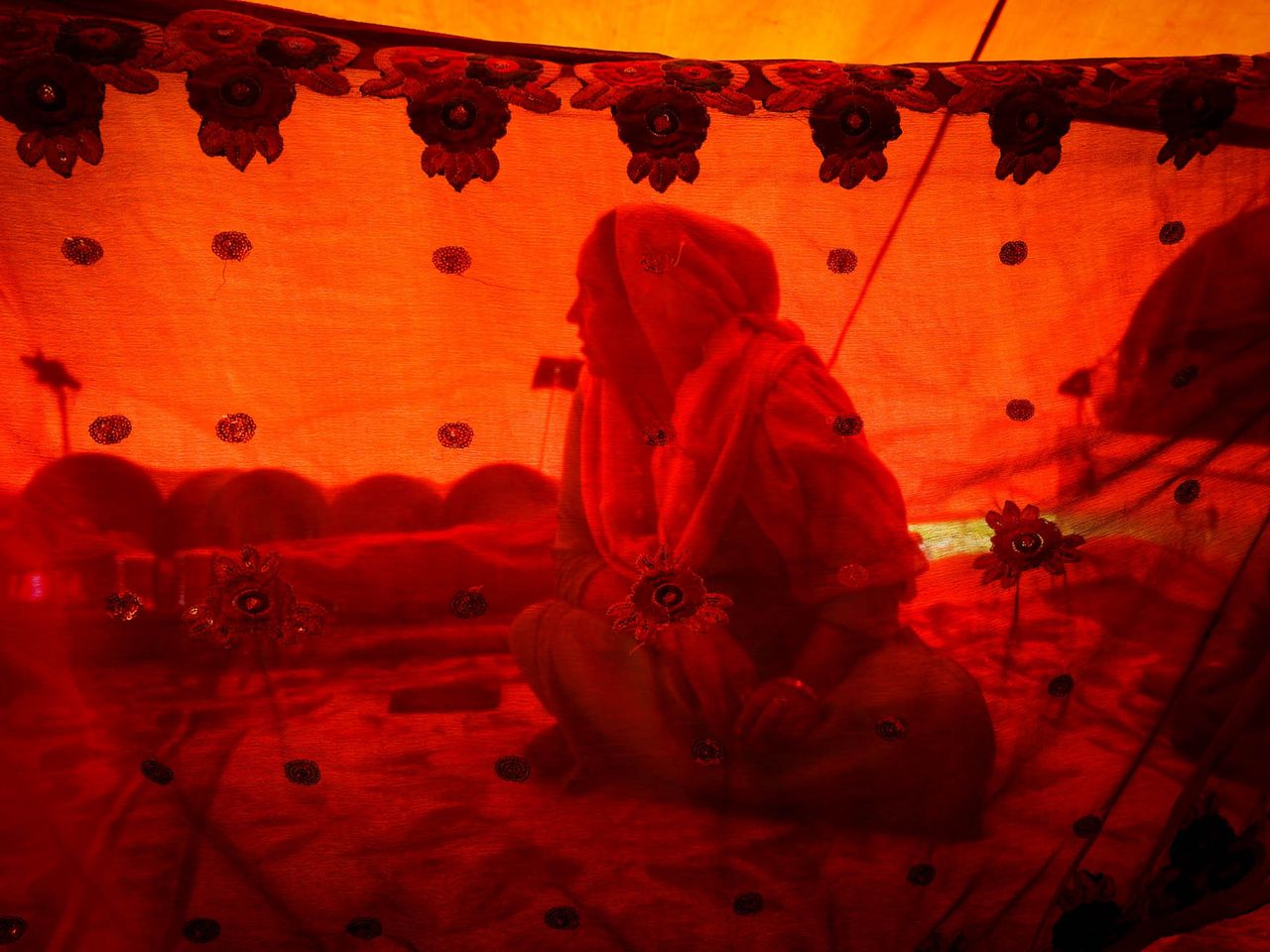
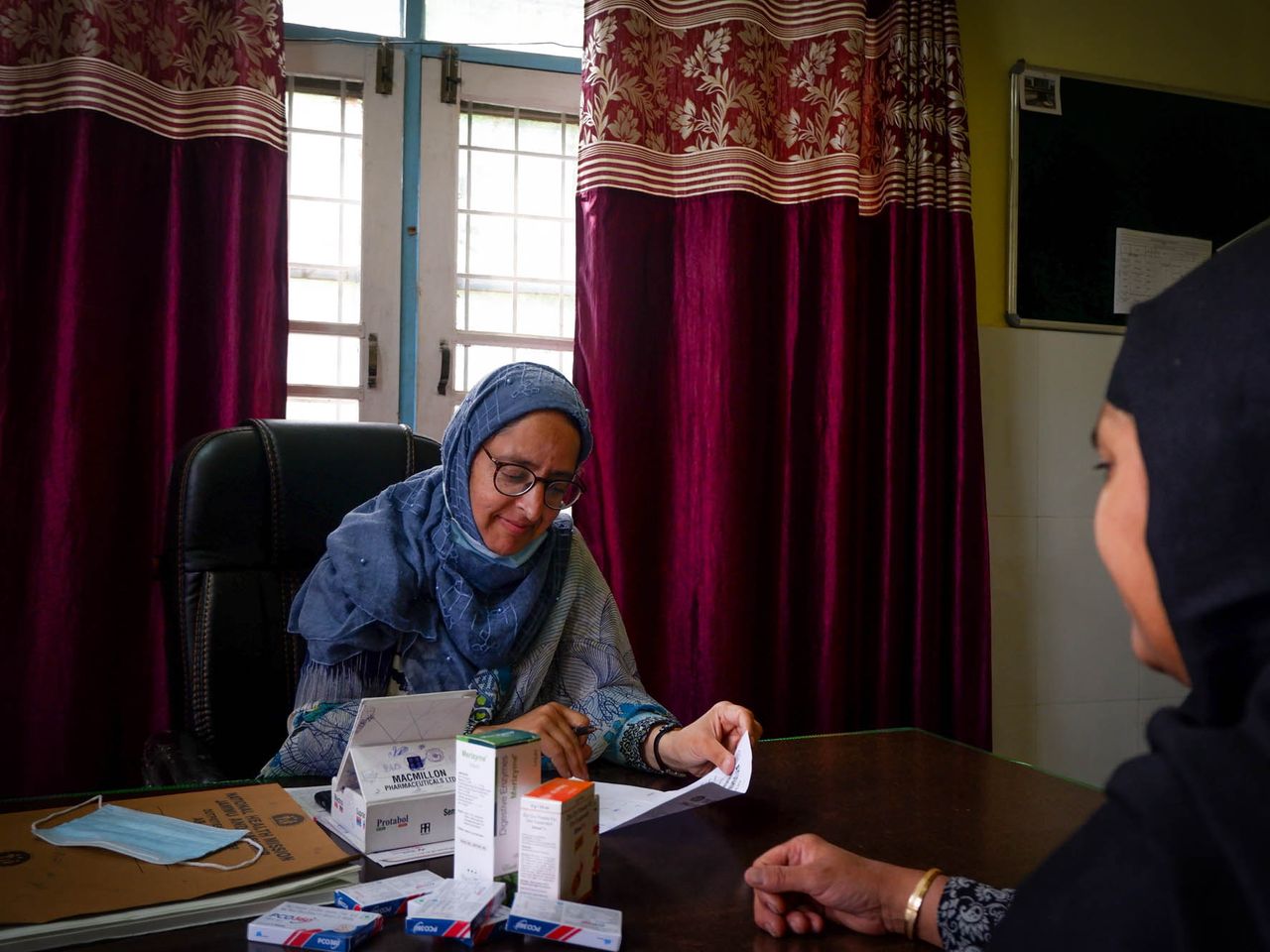

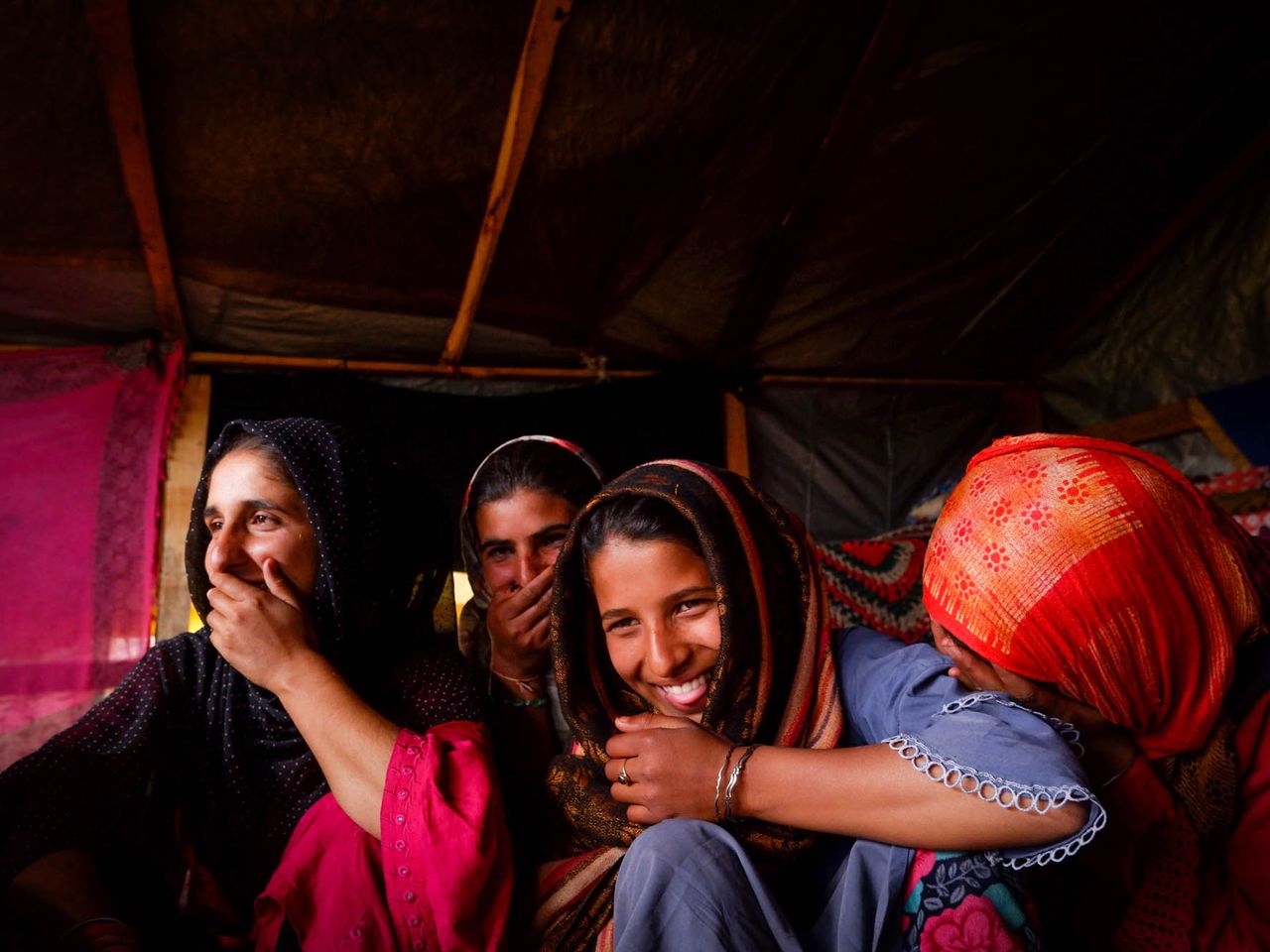
Srishti Awards for Documentary Projects
Harsha Vadlamani, Hyderabad

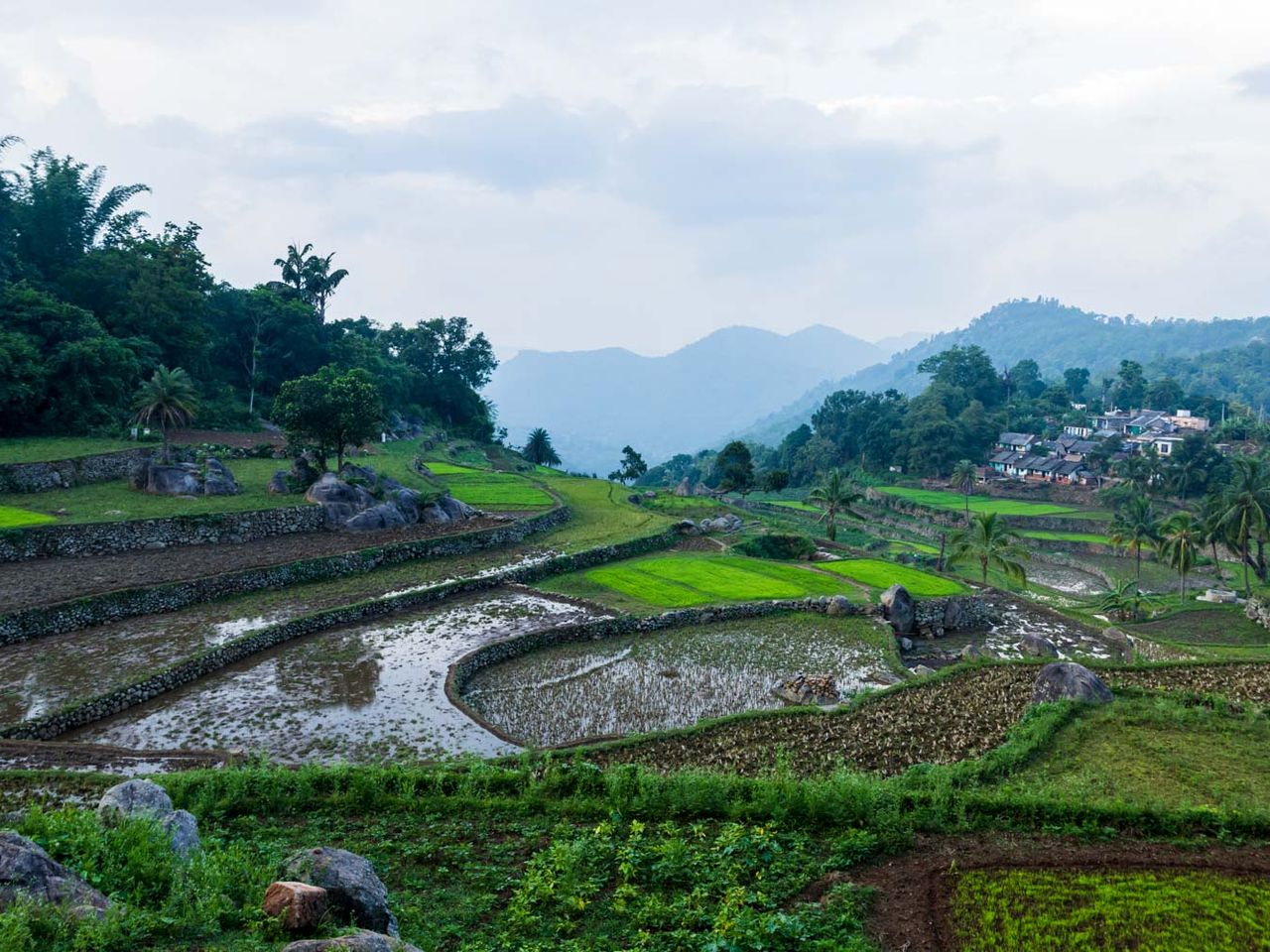
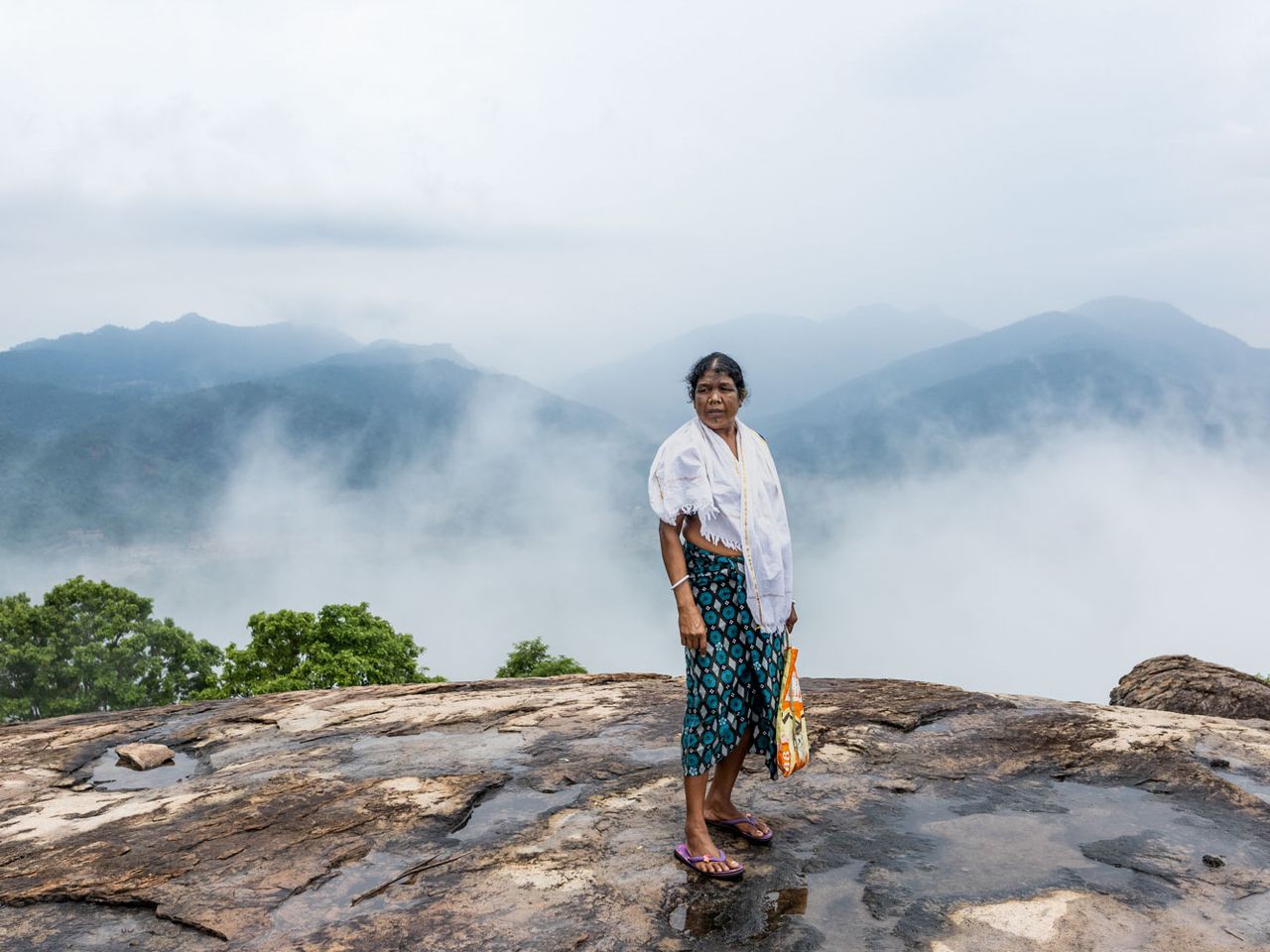
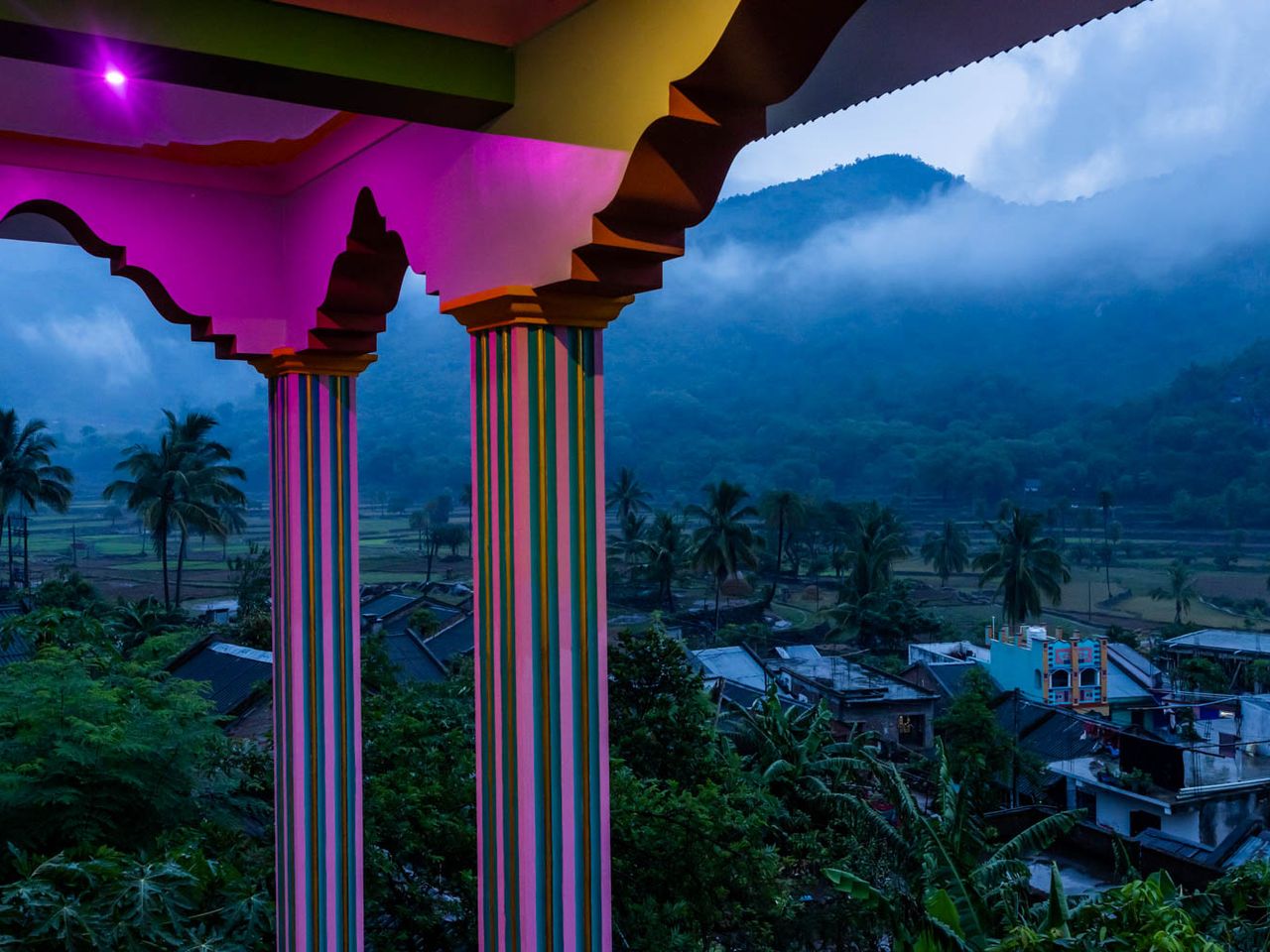
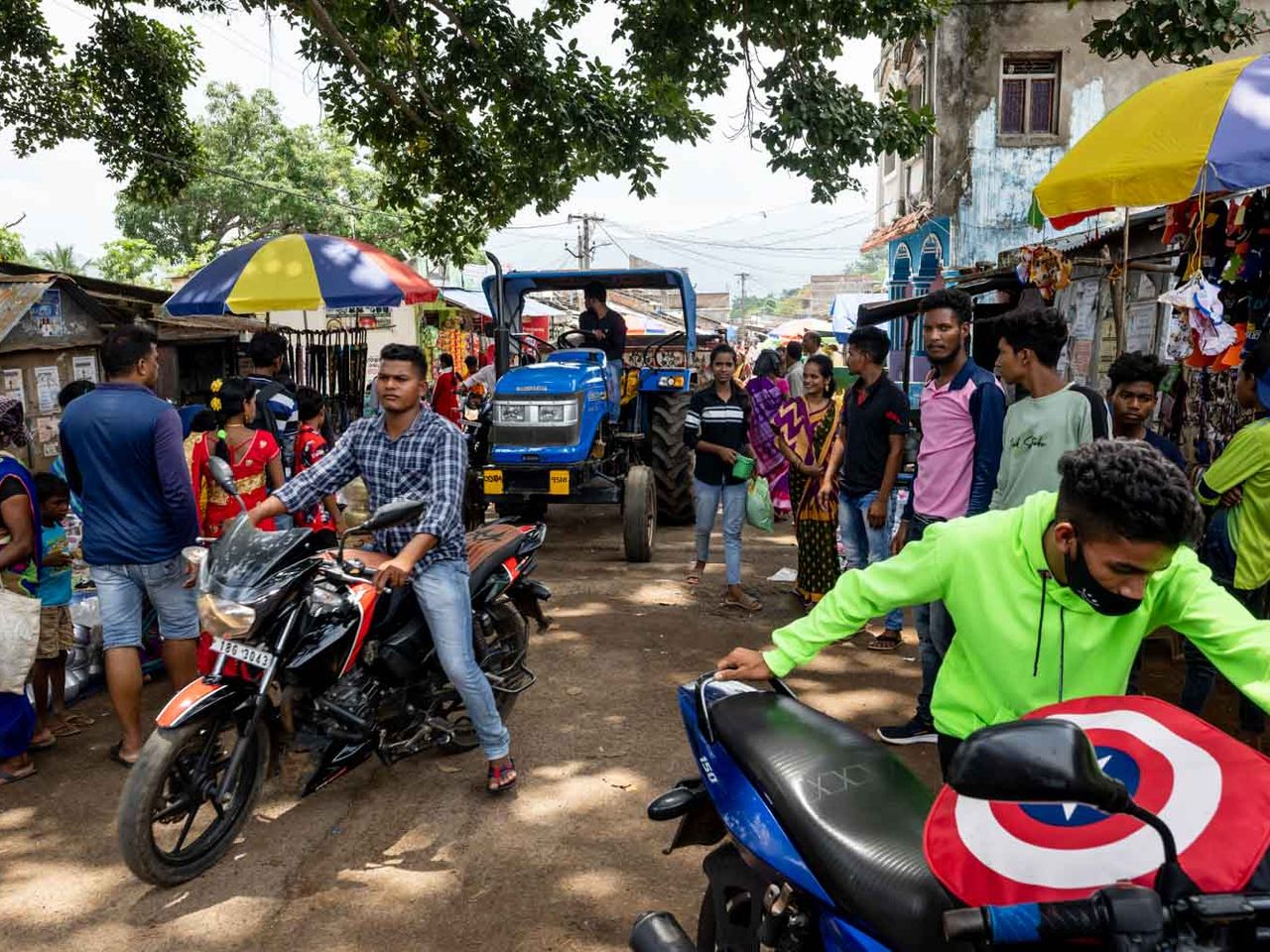
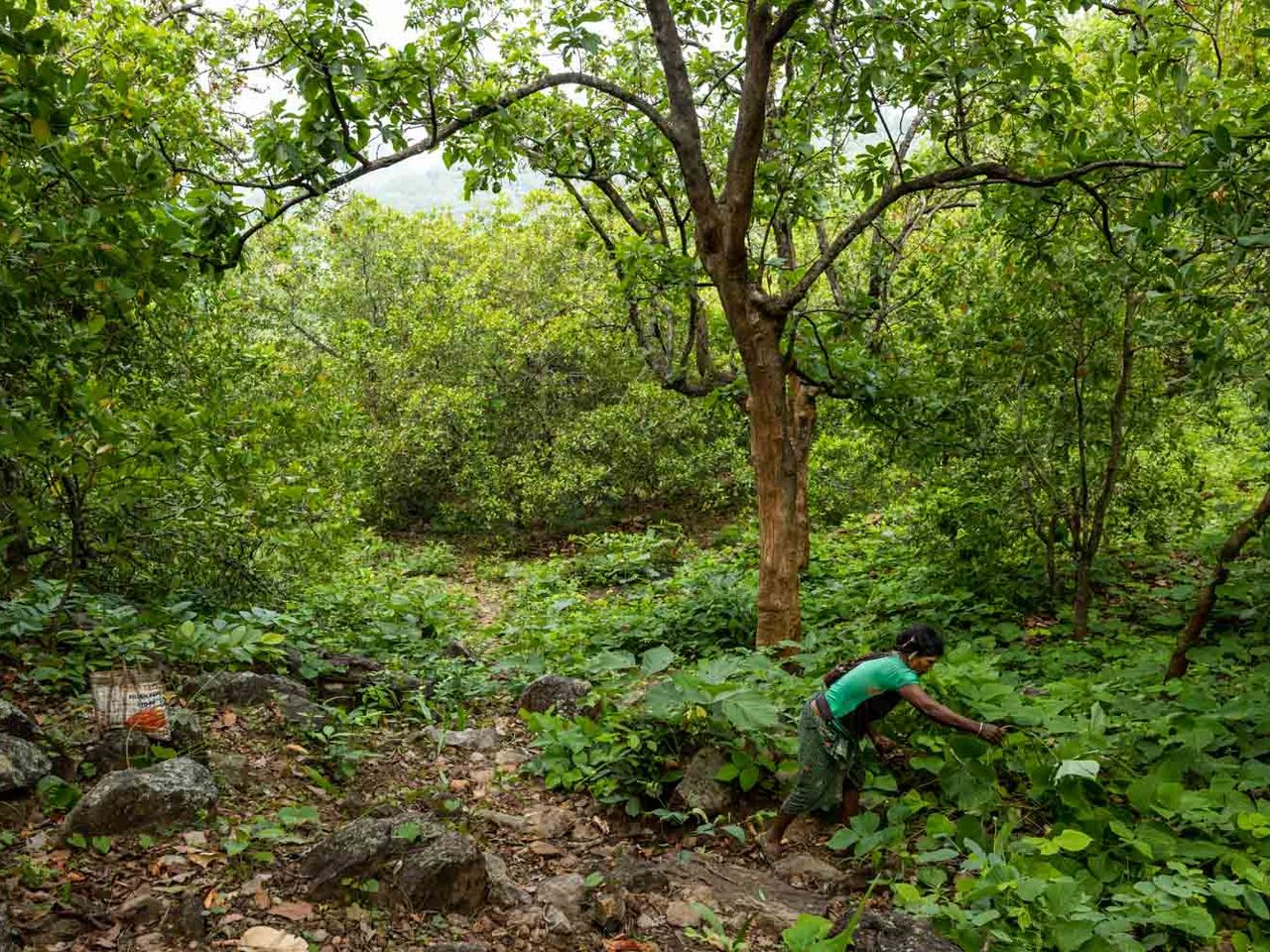

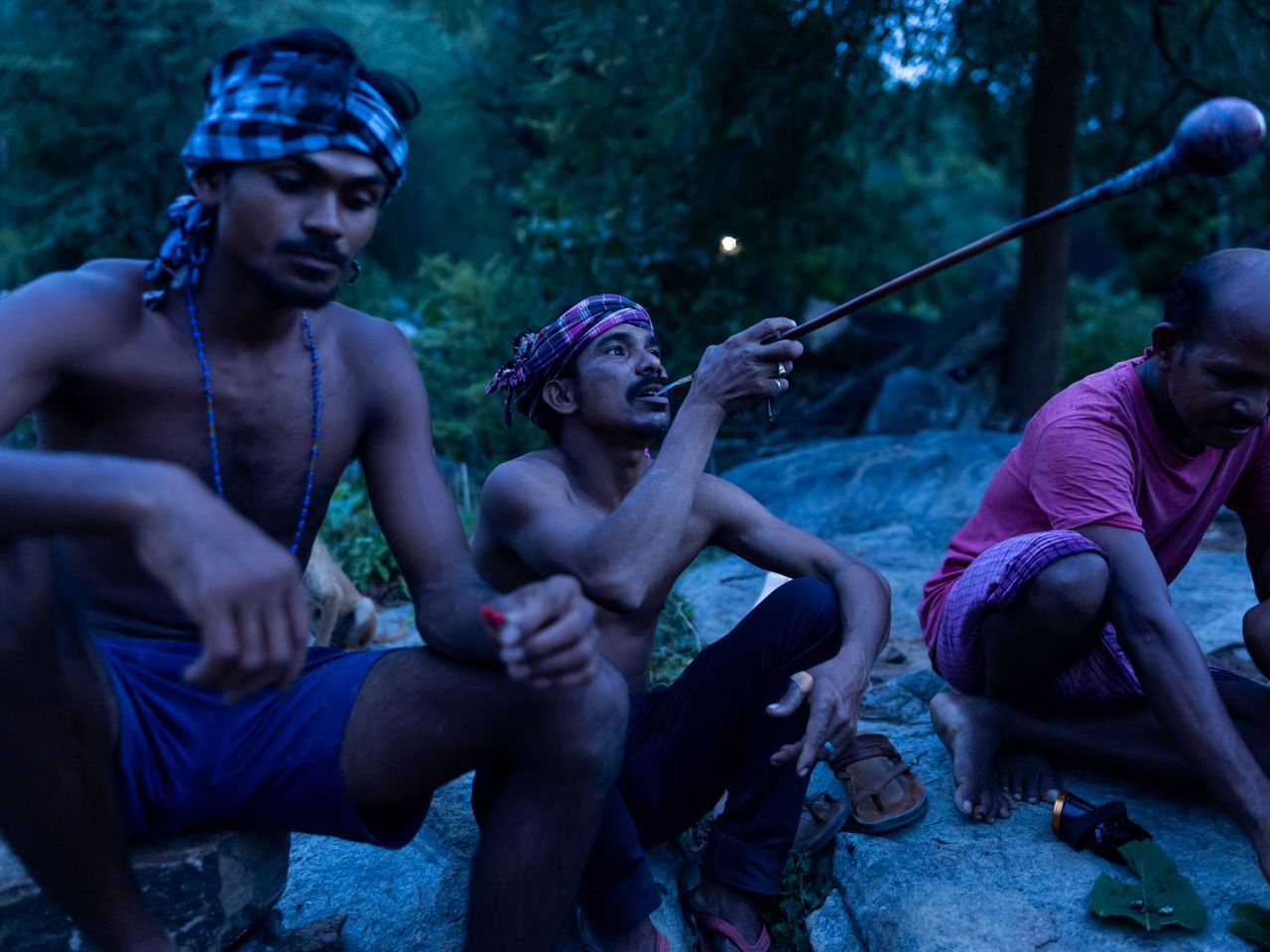

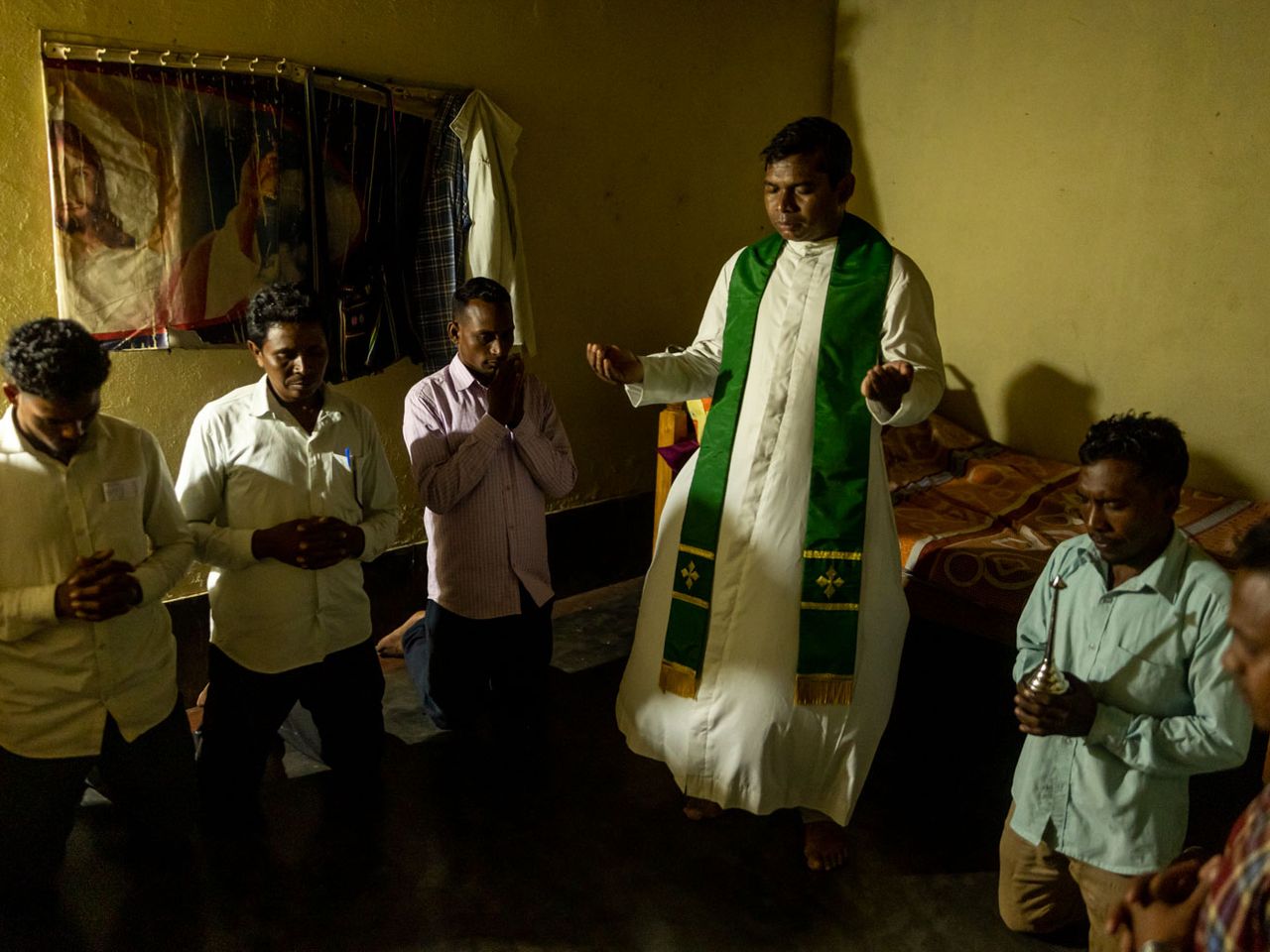
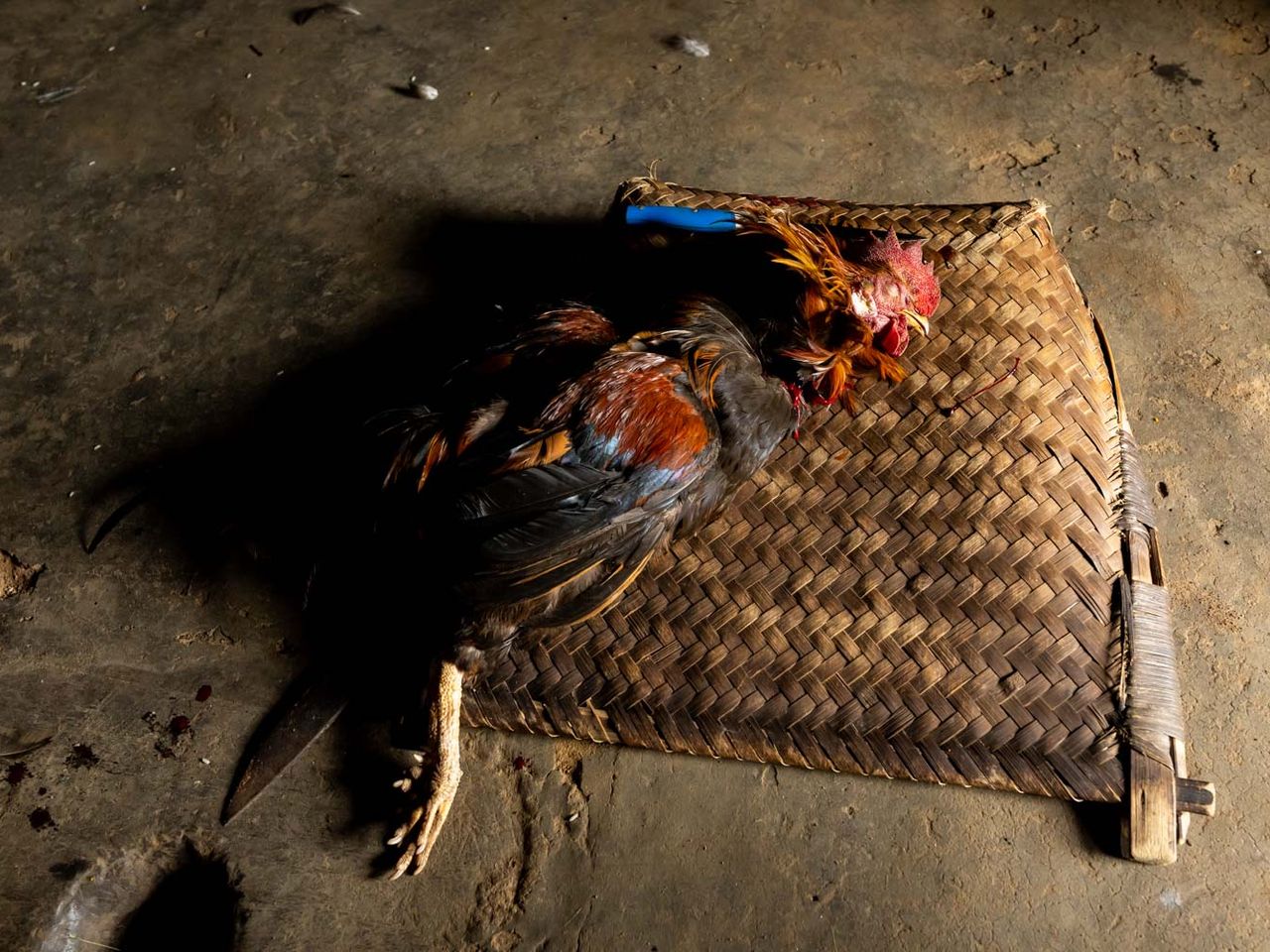

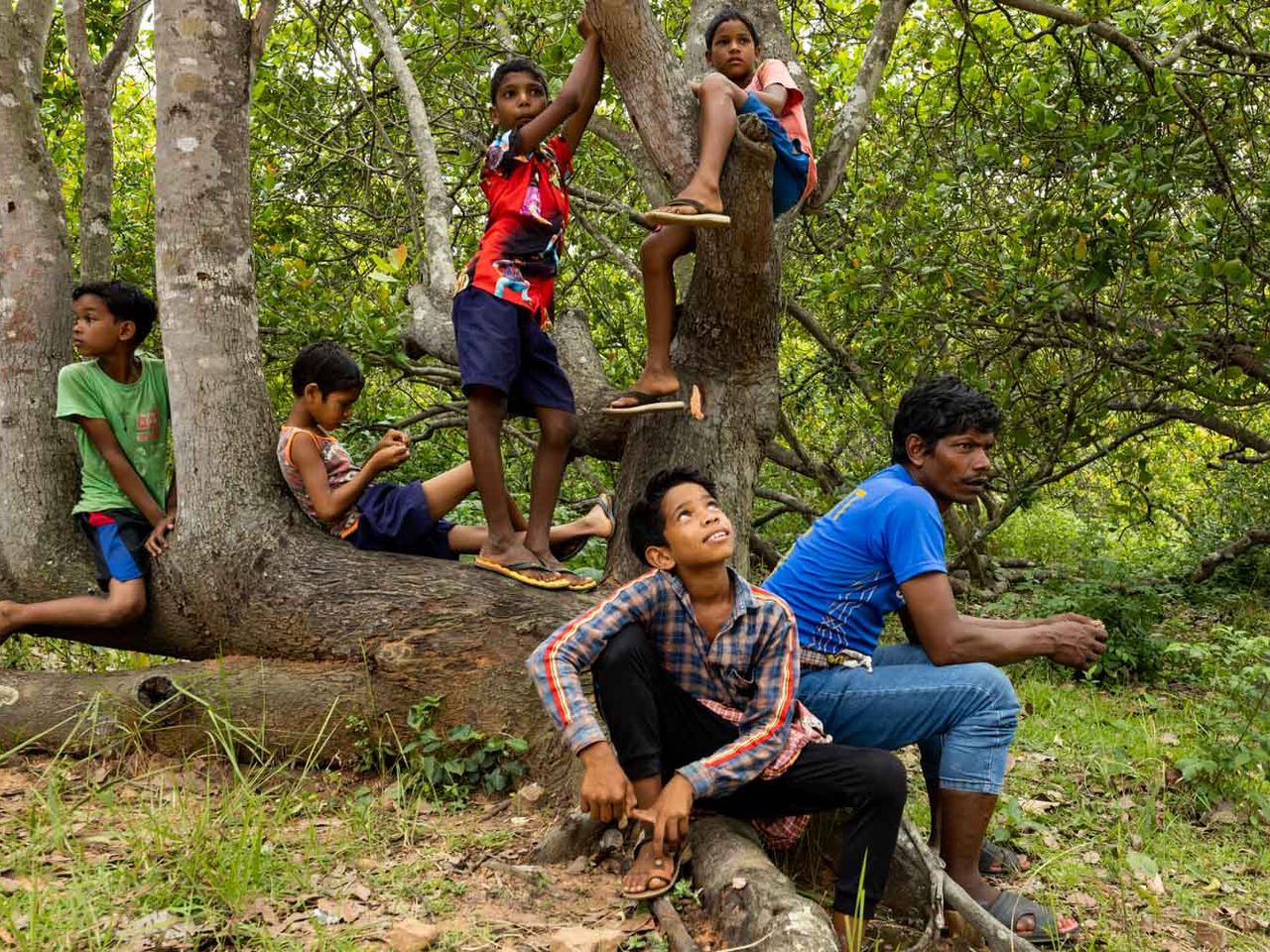
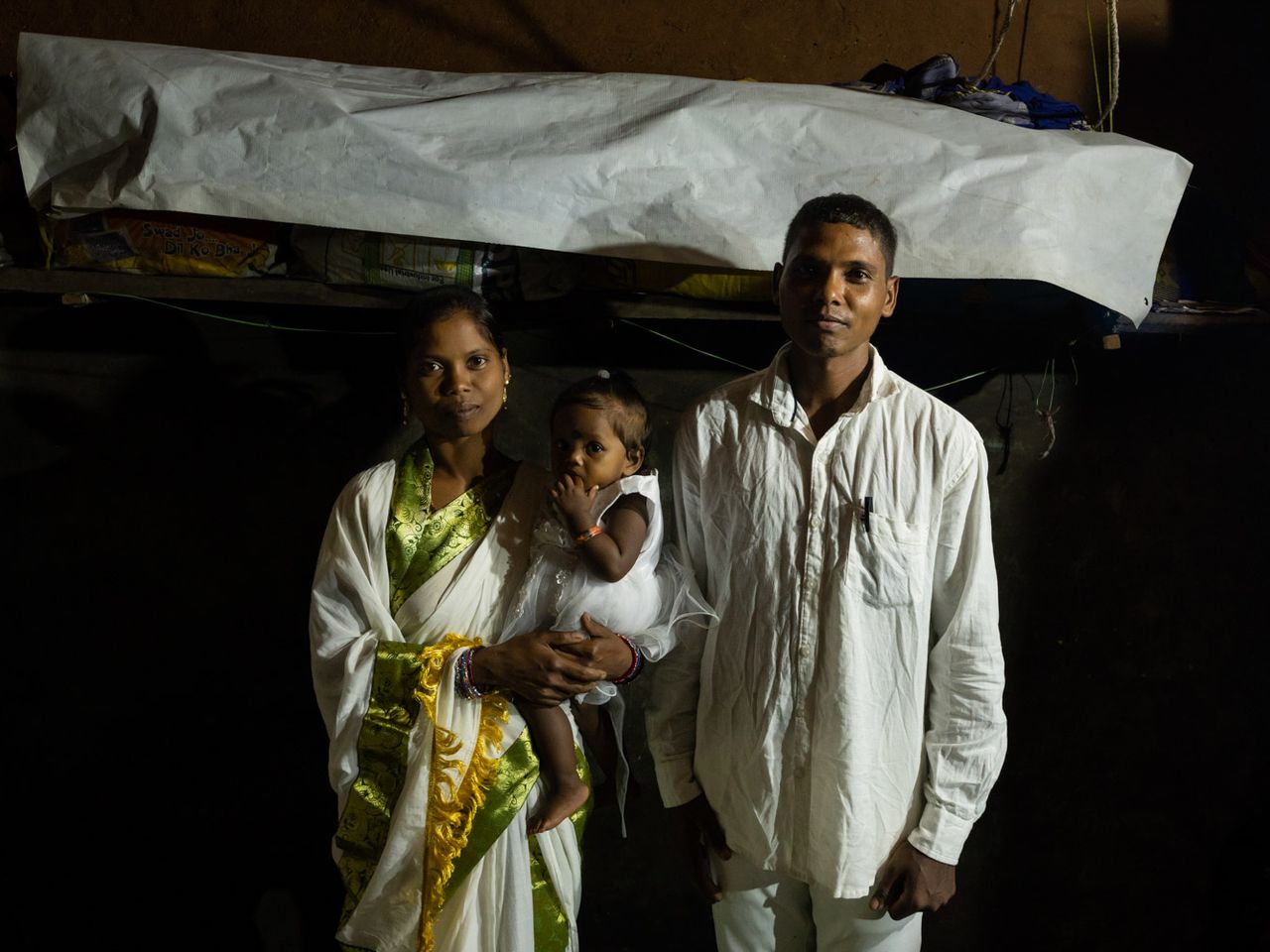


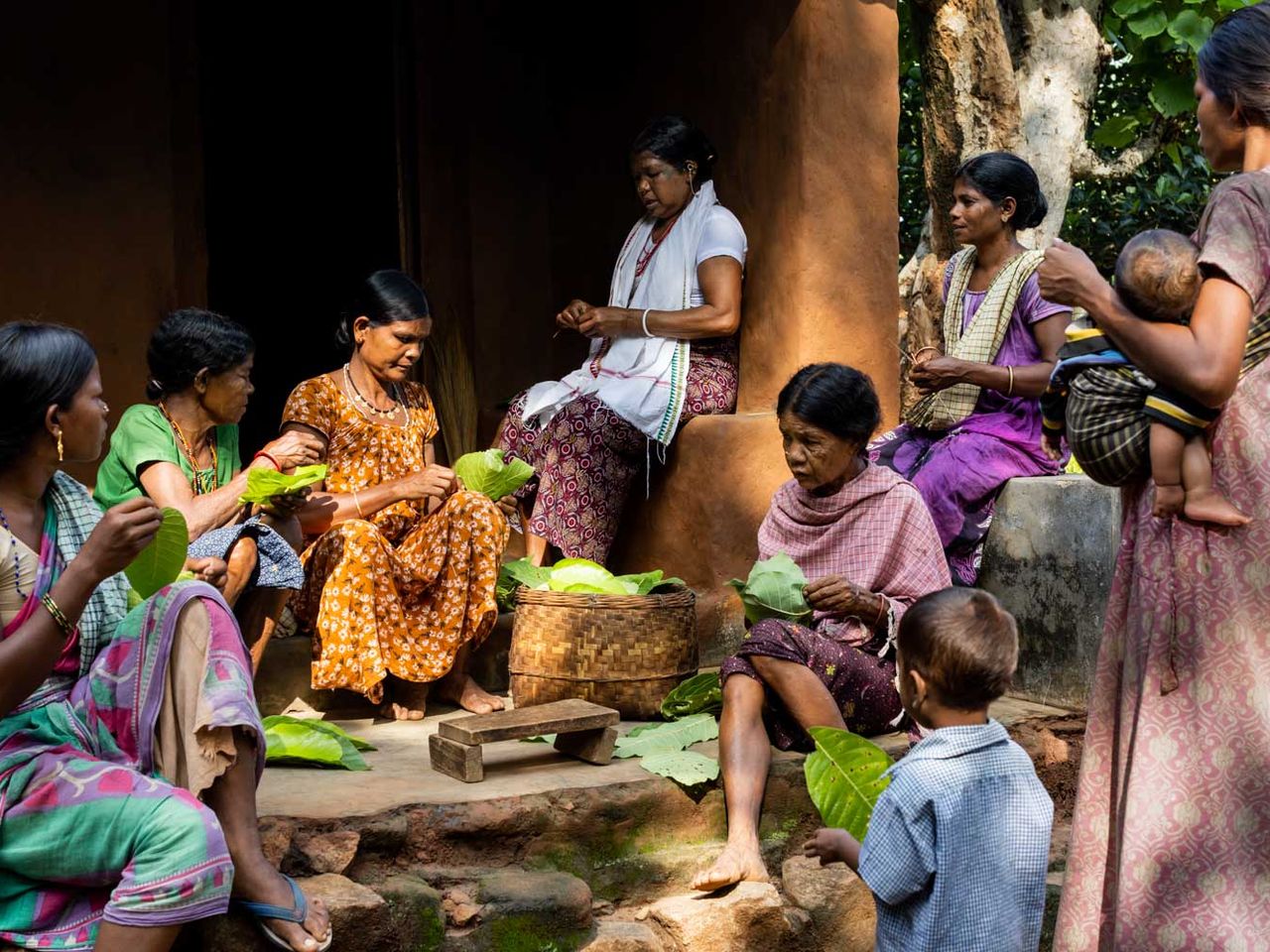

The Sora are an indigenous people native to the highlands of southern Odisha and neighbouring Andhra pradesh. The belief system of the Sora involves ancestral spirits who live in an underworld that is accessible by female shamans in trance. These shamans “channel” the dead, who converse with the living in a form of bereavement therapy. Every day, they negotiated their wellbeing in heated arguments or in quiet reflections on their feelings of love, anger, and
guilt.
The arrival of Christian missionaries in the region in the mid-20th century brought about a gradual shift in the religious beliefs of the Sora tribe. The missionaries sought to convert the tribe to Christianity and over time, many members of the tribe embraced the new religion. This conversion was not without its challenges, as the traditional shamanic practices of the Sora tribe came into conflict with the teachings of Christianity. However, the appeal of the new religion, particularly its emphasis on education and healthcare, ultimately led to its widespread adoption among the tribe.
Today, most Sora have converted to Christianity and Hindu activists seek to bring the rest into their fold. The old sacred sites are being demolished to build walls and bathrooms. The new generations don’t speak the language and the shamans, without clients to perform ceremonies for, leave their ritualistic paintings to fade. Most Sora who died during the pandemic received Christian burials. The shamans, whose children have converted too, will receive a similar burial, cutting the Soras off forever from the spirits and ancestors that guided them.
Regional Photojournalist's Award
Mukhtar Khan, Srinagar
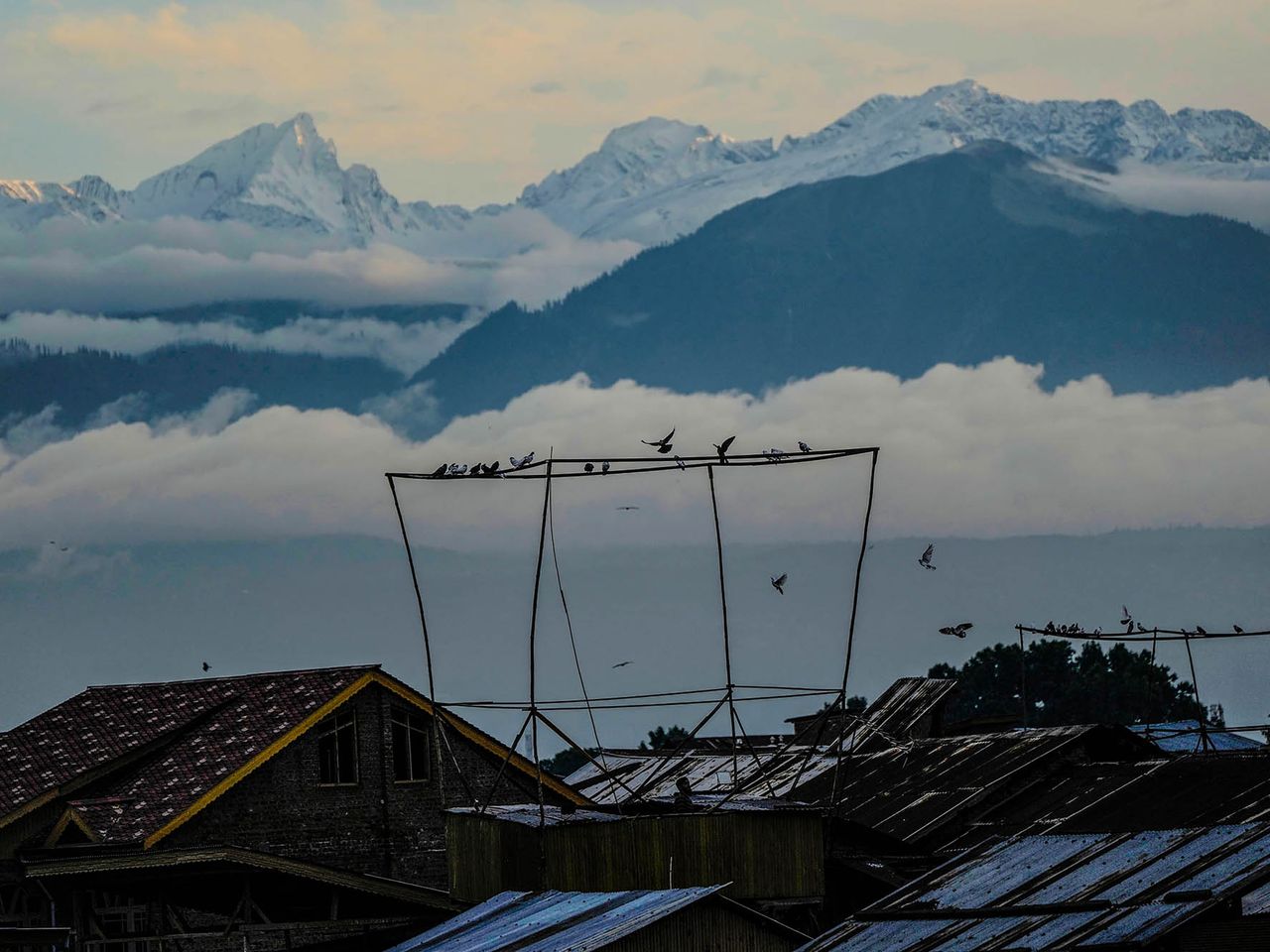


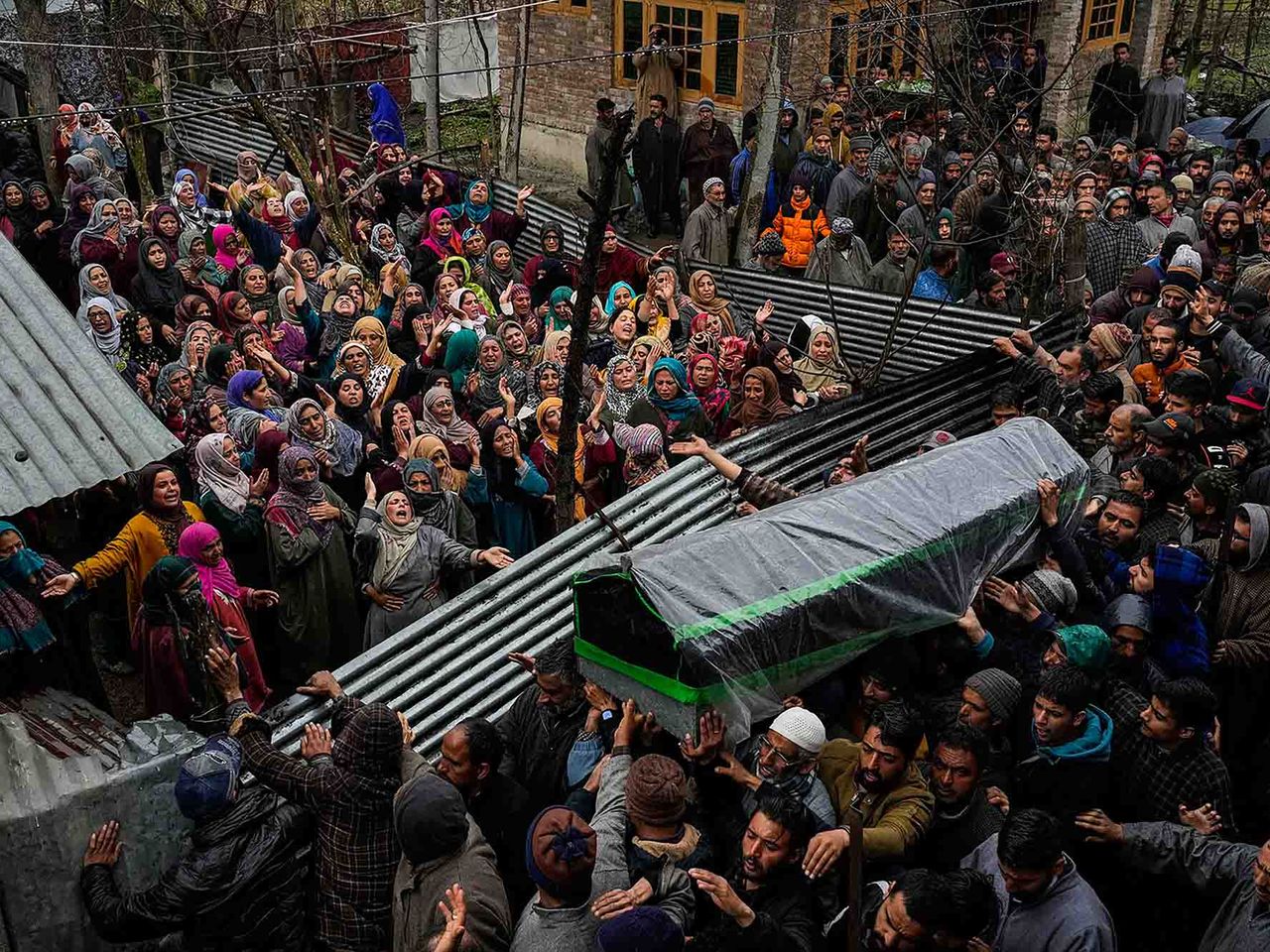
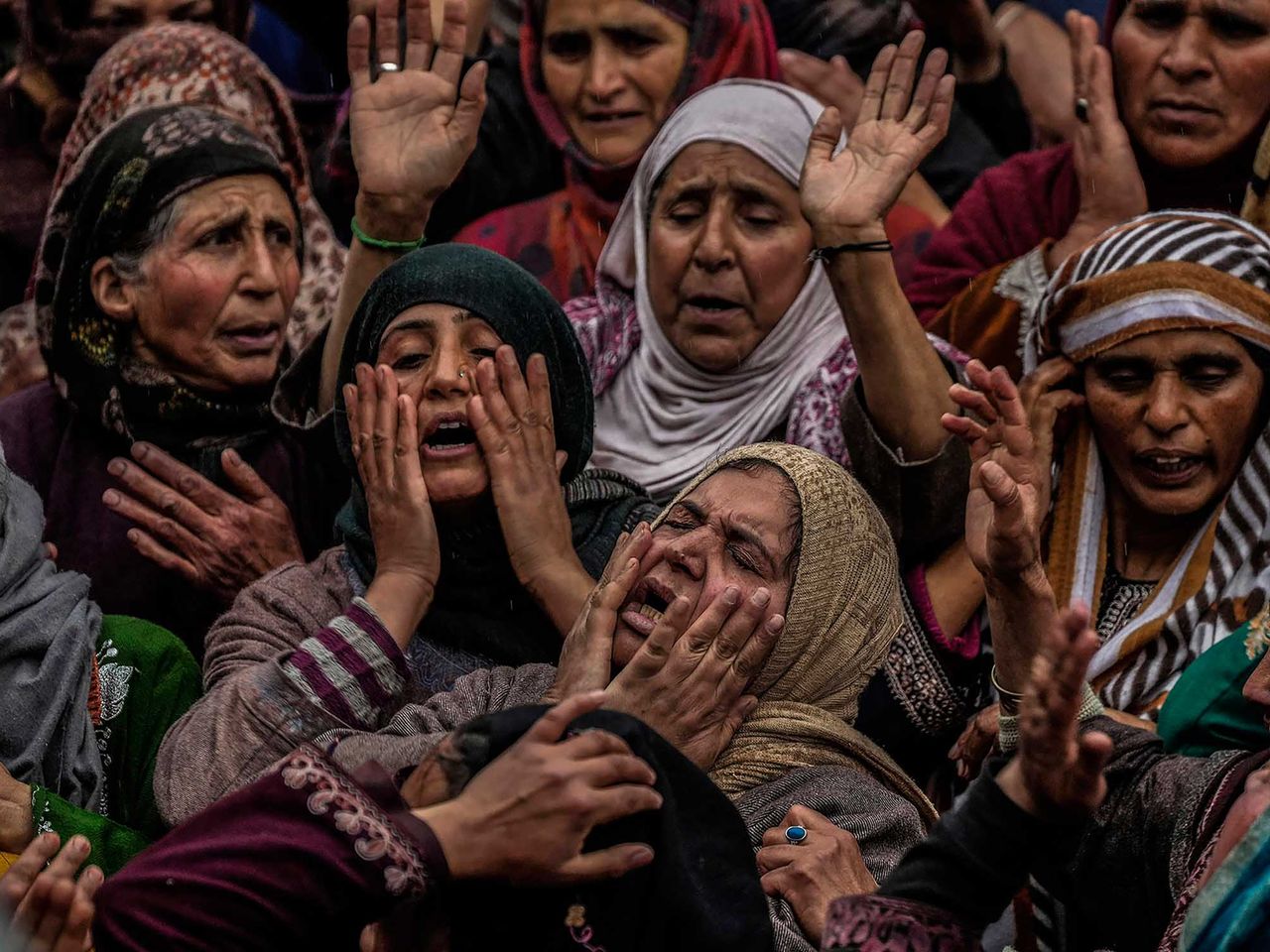
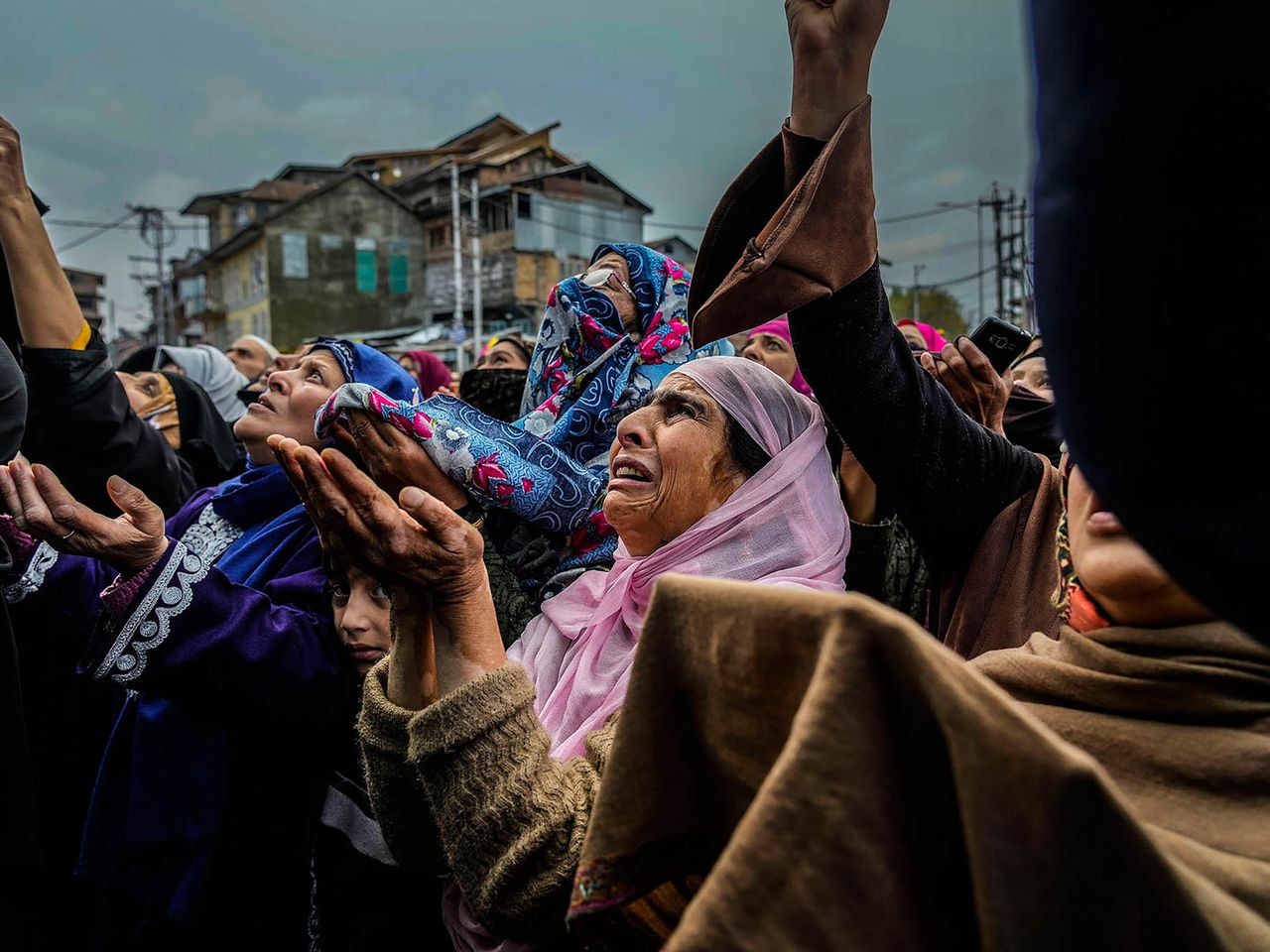

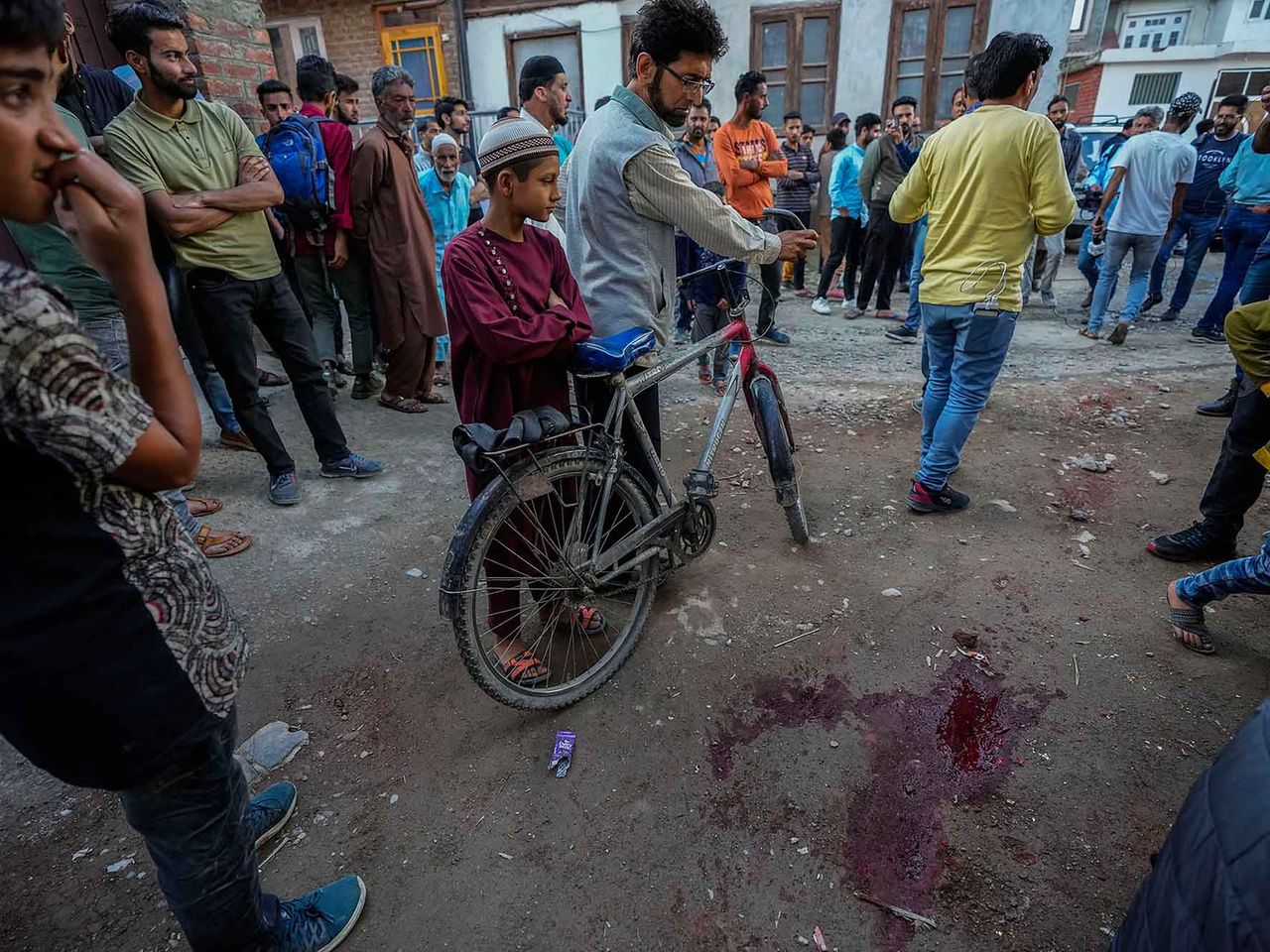

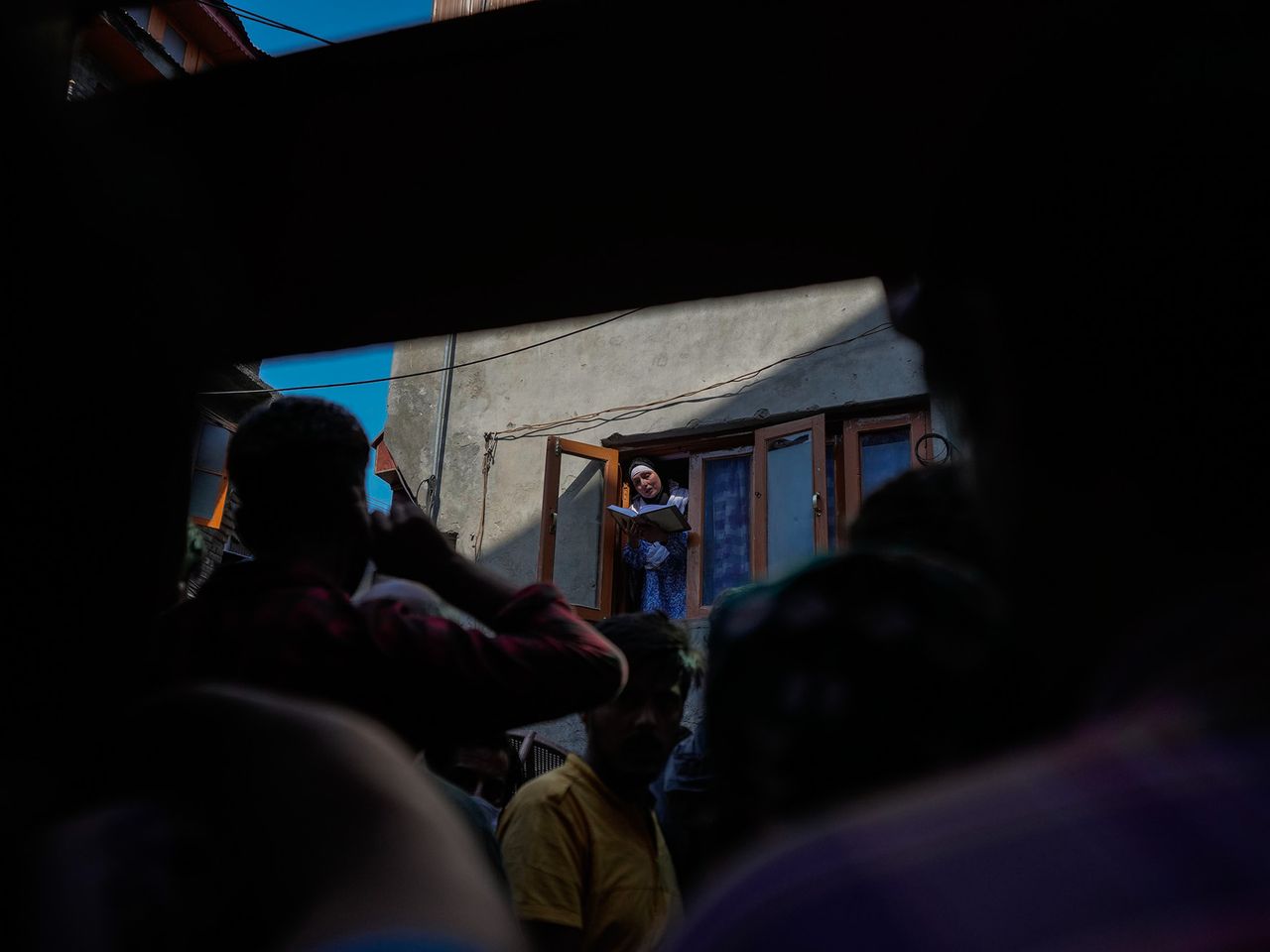
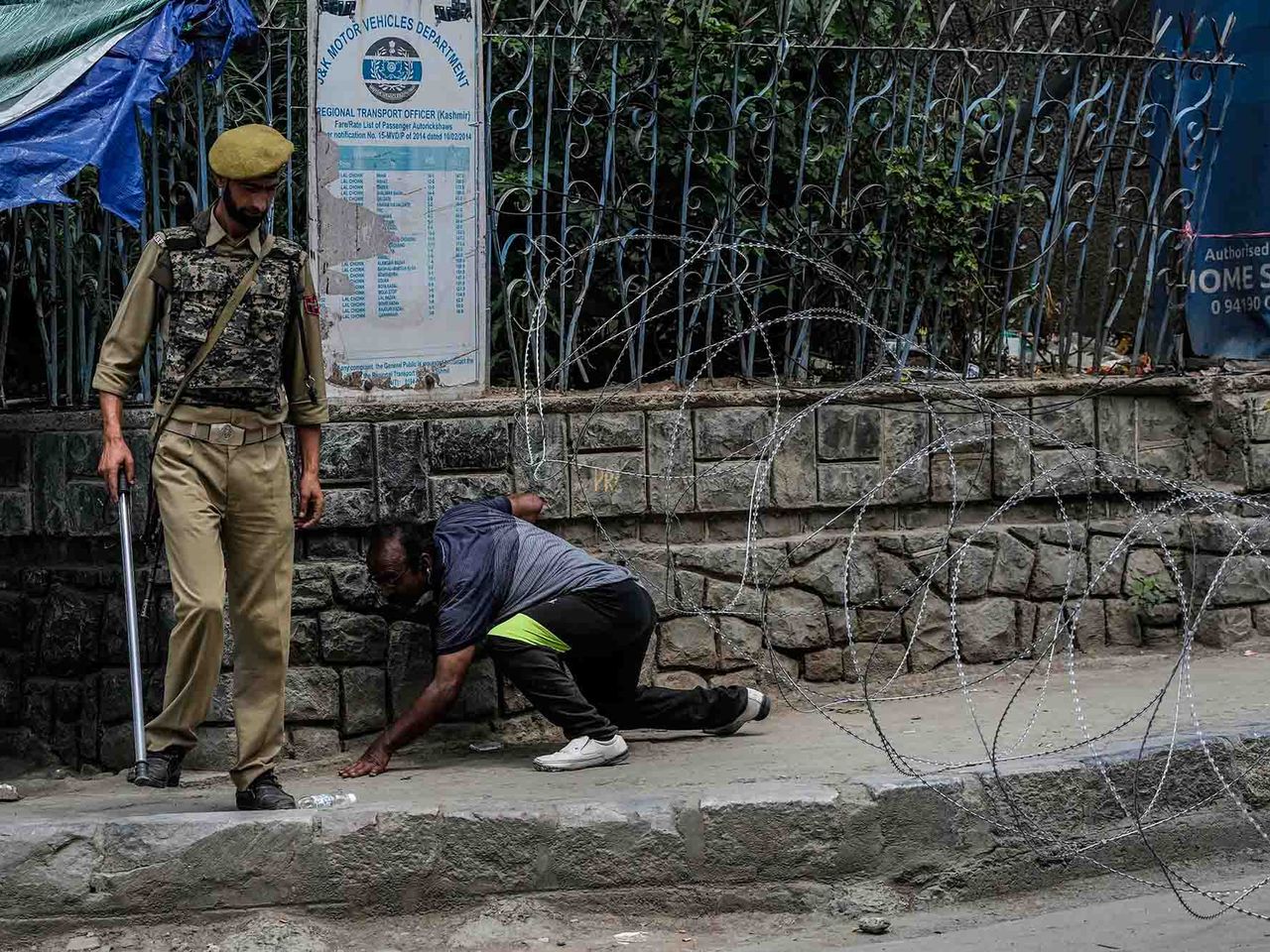
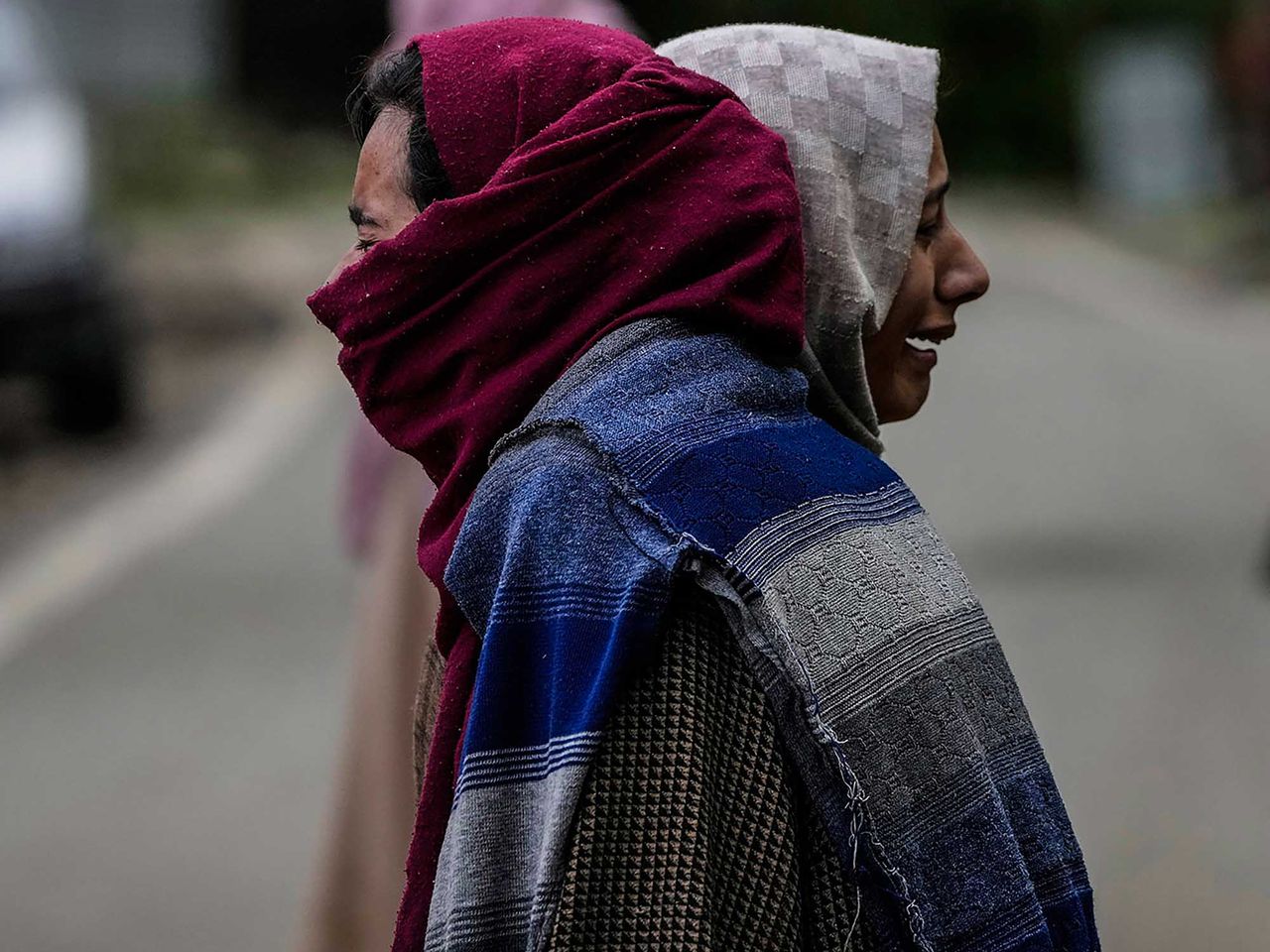
Regional Photojournalist's Award
Sreekumar E V, Ernakulam

A lady( name with held) kisses the hand of her dead husband which was donated to Amaresh a Karnataka native who lost both his hands in an electrical accident . Vinod a Trivandrum native had died in a road accident and his wife had decided to donate his organs to the needy. Amritha Hospital in Kochi who did the delicate operation decided to bring the wife of Vinod to see Amaresh who received her husbands limbs. The idea behind the media coverage was to expose the need for organ donation to the general public
CPB Photo Awards Winner Testimonials 22-23
Glimpse from the Photo Awards Ceremony
Regional Connect Program
The Regional Connect Program of the CPB Photo Awards is being established to encourage more regional and local participation. The mandate of the awards is to reach and recognise the hard work of photographers beyond the tier 1 cities. 5 tier-II/tier III cities will be part of the program this year where senior photojournalists, editors / mentors will introduce the awards and categories to the local photography and press community, and encourage them to apply.
Regional Photo Awards Category : 2 cash awards of INR 50000 each for photographers from tier II/tier III cities will be part of the award categories this year.
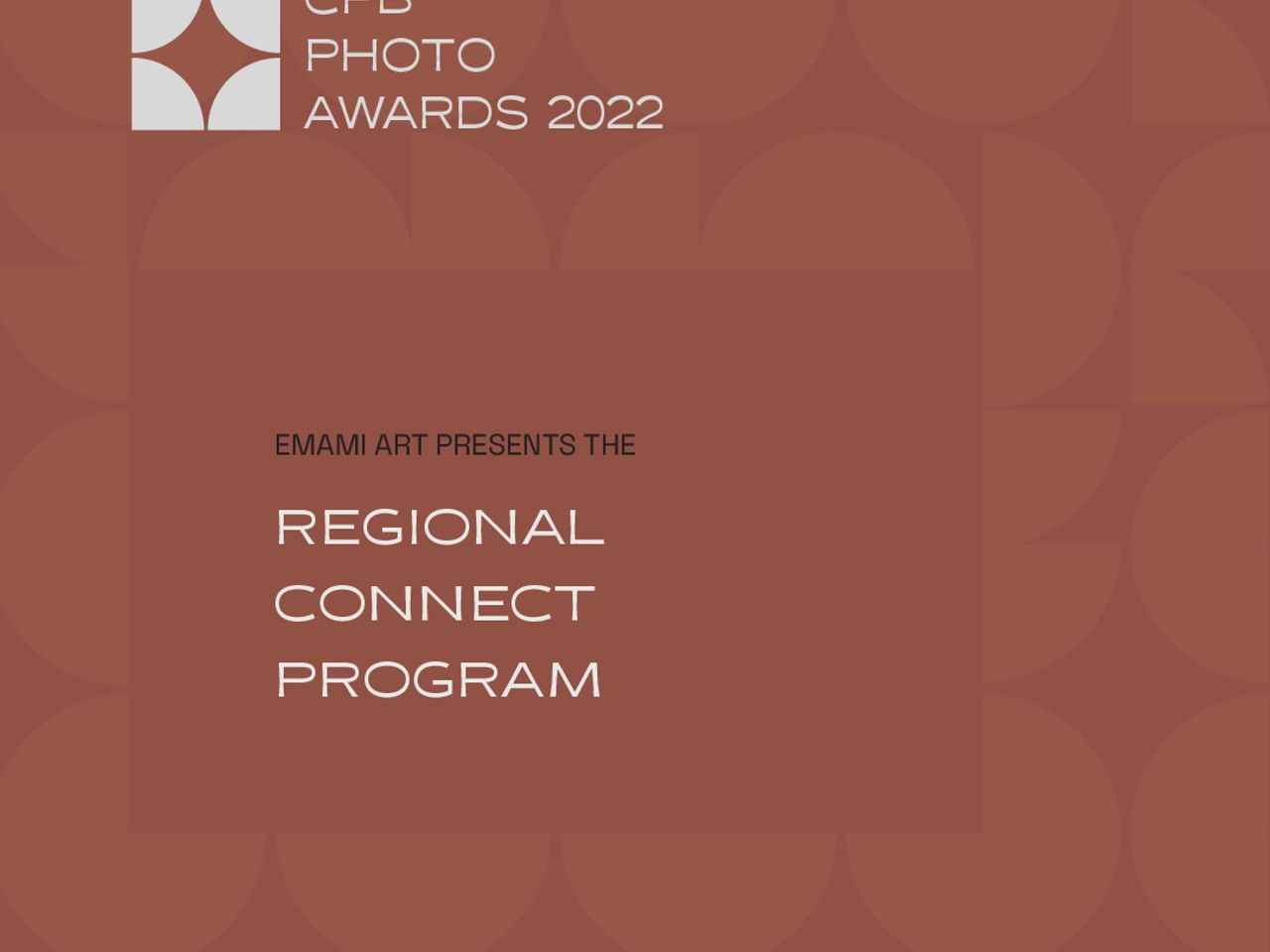
 (1)-1280x960.png)

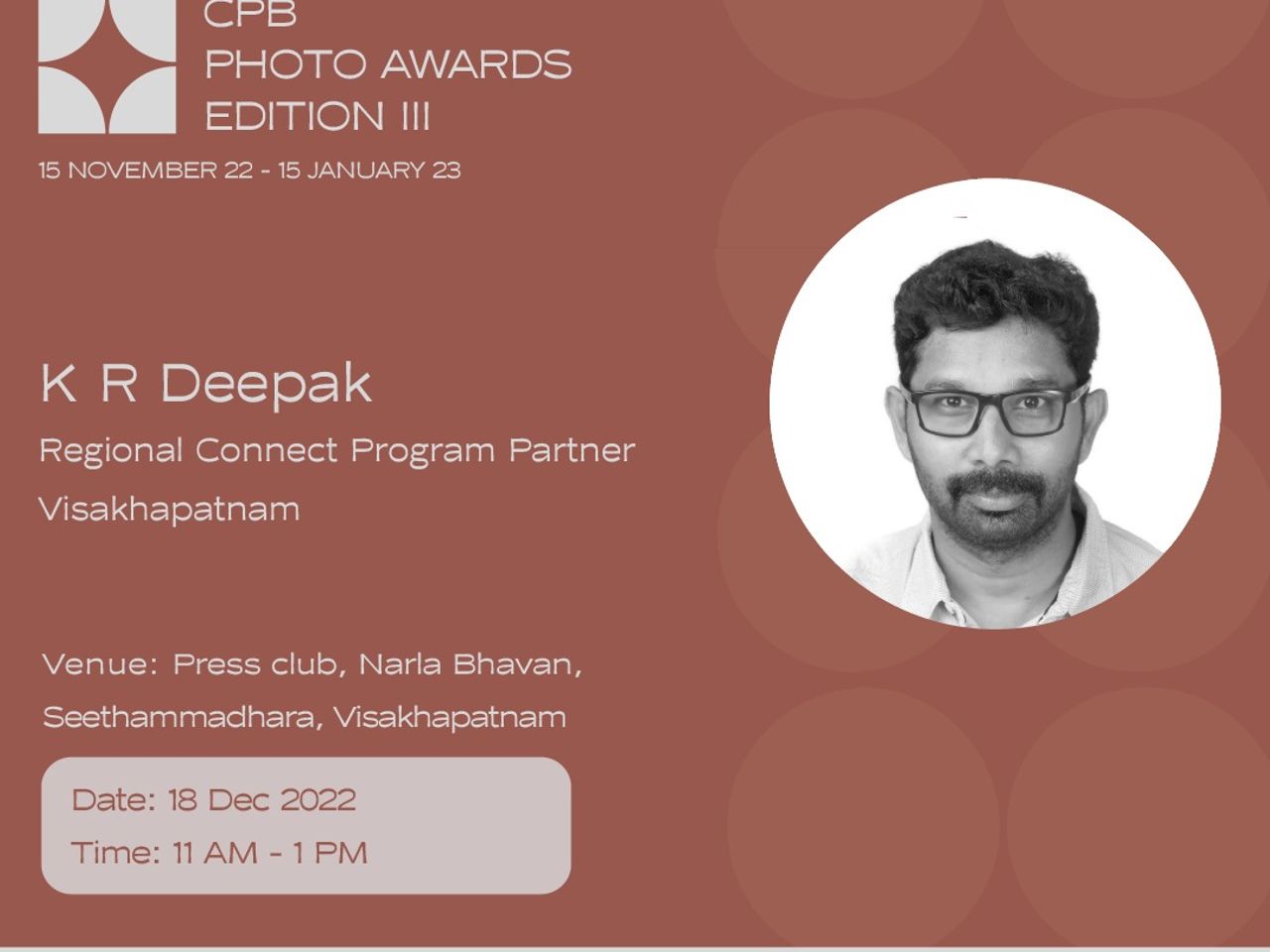
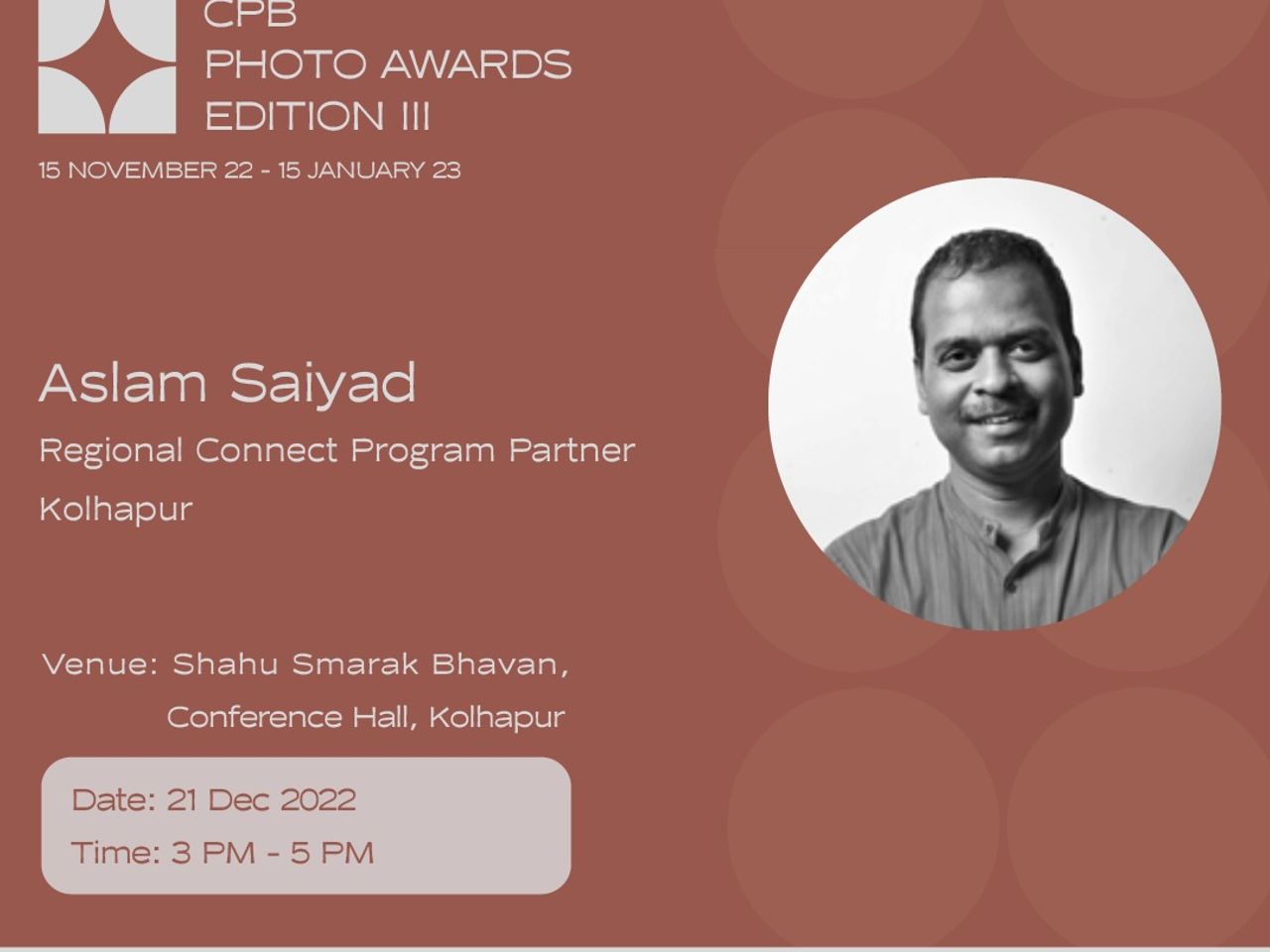
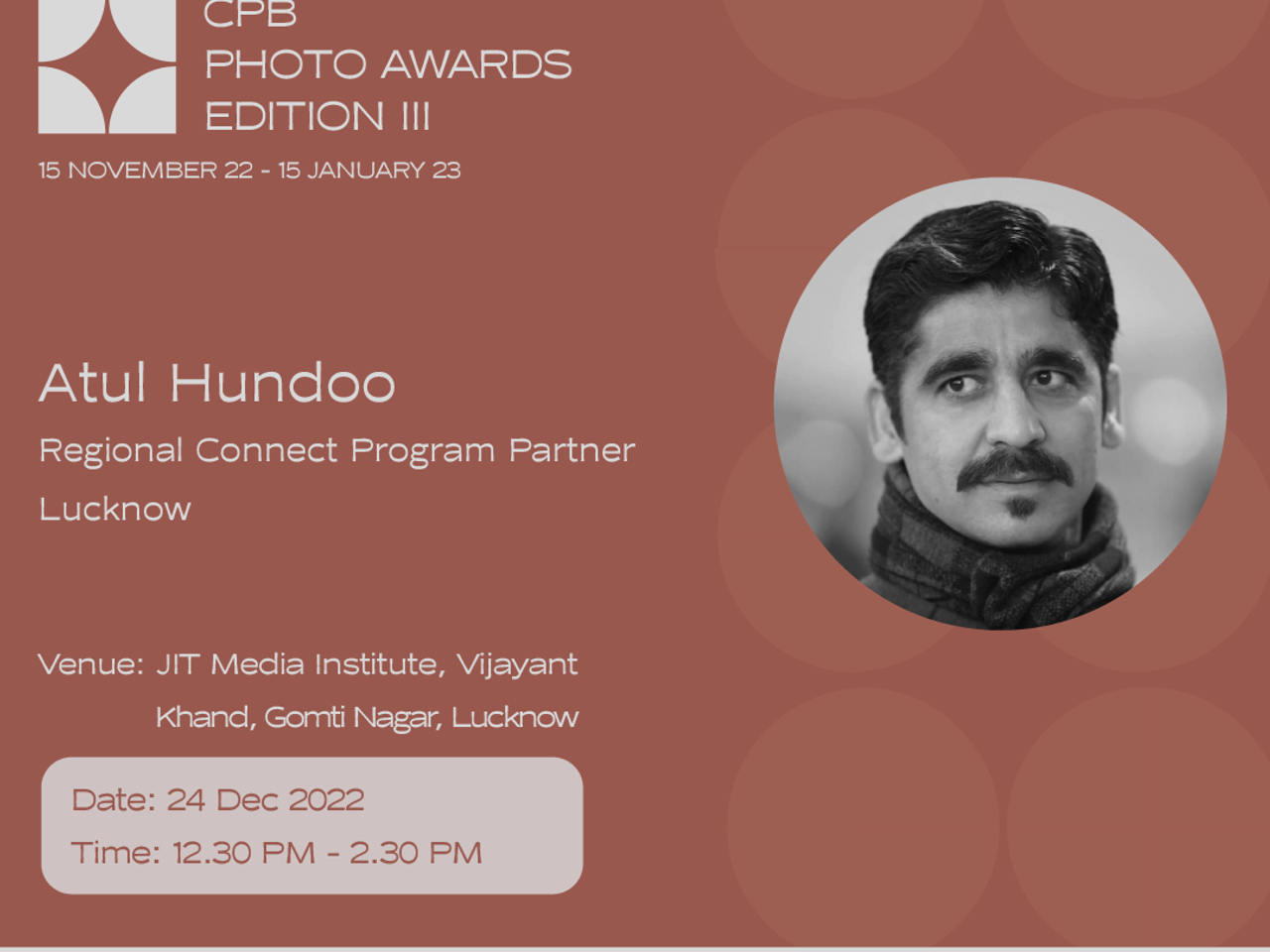
Moments from our Regional Connect Program sessions
Award Categories
.jpg)
1. News and Current Affairs - Single Image
Single photo reporting on news, culture, health, politics, gender or any current events across the country.
2. News and Current Affairs - Photo Essay
Photo story reporting on news, culture, health, politics, gender or any current events across the country.
3. Climate Change, Environment and Conservation - Single Image
Single photo documenting wildlife, vegetation, land, ecology, geography, natural resource management, ecotourism, climate justice, local conservation traditions, climate crisis, and related issues.
4. Climate Change, Environment and Conservation- Photo Essay
Photo Essay documenting wildlife, vegetation, land, ecology, geography, natural resource management, ecotourism, climate justice, local conservation traditions, climate crisis, and related issues.
5. The Srishti Award for Documentary Projects
Photo essays documented with a focus on personal or social narratives, including but not limited to, documentary work, staged photography, portraiture, creative documentary.
Eligibility Criteria
- The CPB Photo Awards is free and open to all Indian residents regardless of location, religion, caste/class or gender. Non-resident Indians cannot apply.
- Participants must be 18 years or over at the time of application for the award.
- Team members, patrons, trustees and advisors of the organiser and its partners cannot participate in this award
Submission Criteria
- Submitted work for the awards must be made between 21 Dec 2021 - 15 Jan 2023.
- Applicants can submit unlimited entries in multiple categories. Single image entry can be repeated as part of your photo story submission as well.
Specific to Categories
- Documentary Projects: The work can be, but not limited to, documentary work, staged photography, portraiture and creative documentary. Minimum of 8 and maximum of 25 images can be submitted.
- Photo Story: A minimum of 8 photos and a maximum of 15 photos are allowed in News and Current Affairs and in Climate, Environment and Conservation categories.
- Photo Stories in all categories must be accompanied by a document (PDF) sharing the concept note about the story/project and captions for all images in accordance to image numbers.
- All photographs must be accompanied with a caption written in English or submitted with English translations along with the original native language. The caption must contain all the information that will accurately describe the incident, the date and time as well as the location of the photograph. Quality of English language will not be a criteria for judging the entry, only accuracy of information will be a criteria.
Technical Criteria
File Specification: Submitted photographs must meet the following specifications:
Images to be submitted online to the contest platform with the following dimensions: 1500 pixels on the long side at 100 dpi.
AdobeRGB, sRGB or grayscale Gamma 2.2 are recommended.
No CMYK files will be accepted.
Images must be uploaded in JPEG format at the highest quality setting.
Shortlisted participants will be asked to submit untouched RAW files along with Full-Res processed TIFF images.
Image Editing
For applications under the categories “News and Current affairs” and “Climate, Environment and Conservation”: Only single exposure and single frame pictures will be accepted. The following are not accepted: Multiple exposures, diptychs, triptychs, stitched panoramas, in-camera or with image editing software in these categories. For applications under the category “Documentary”, the above rule does not apply.
The content of a picture must not be digitally altered by adding, rearranging, reversing, distorting or removing people and/or objects from within the frame. There are two exceptions:
Cropping that removes extraneous details is permitted. Only standard format crops are permitted. No cloning or straightening of an image after a crop will be permitted.
Removing sensor dust is permitted, but it should not in any way remove any detail from the picture along with the dust. For instance, removal or sensor dust should not be an excuse for removing a mole from a face, or a bird from the sky, or a bullet from a scene of crime.
Adjustments of colour or conversion to grayscale that do not alter content are permitted, with the following exceptions:
Changes in colour should not result in significant changes in hue, to such an extent new colour is introduced, and is different from the original scene.
Changes in density, contrast, colour saturation levels that alter content by obscuring or eliminating backgrounds, objects or people are not permitted. For instance, an increase in contrast or brightness levels should not end up making a telegraph wire in the sky go away.
Other Terms and Conditions
Awarding:
Entries that have received any other awards (with or without financial compensation) will be eligible if it is made within the timeframes of this award.
Any entry, if awarded in a specific category, will not be considered for any other category.
Photo of the Year/Photo Story of the Year: All submitted Single Images and Photo essays are automatically eligible for the Photo of the Year and the Photo Story of the Year awards respectively. An entry, if awarded the Photo/Photo Story of the Year, will not be considered for the category award.
Usage:
For shortlisted and awarded pictures, the applicants grant the organizers unlimited non-exclusive use of high-resolution pictures for activities in all media, including social media, online and print, in relation to promotion of the contest, the exhibition(if any), and all promotional activities without any remuneration being due. The photographer will be credited wherever the image is used in the future for promotional purposes of the CPB Photo Awards only. Winning entries will be published on the Awards website for perpetuity.
For all submitted photographs, copyright holders will grant the organizers non-exclusive use of low-resolution pictures in a public archive for its research and educational activities, without any remuneration being due.
Copyright:
The photographer or the agent or representative entering on their behalf, must be the copyright holder(s) or have been authorized by the copyright holder(s) to submit the material in case of a deceased photographer.
Applicants retain copyright of their work.
The applicant will ensure that the submission of the pictures does not breach any law, and has required consent from human subjects, further that no third party can hold any claims or any objections regarding the all rights granted to the organizers. The applicant will hold the organizers harmless of any claims from third parties after submission.
Disqualification:
The conditions set out in the Entry Rules are binding and the organizers reserves the right to refuse or exclude any entry at its own discretion.
The organizer retains the right to disqualify any entry.
Contacting or attempting to contact any of the jurors, will attract immediate disqualification.
If the photographer has in some way influenced the elements/subject(s) within a composition, this fact must be clearly disclosed. (For eg: the survivor points to the direction from where the gunmen descended.) If an attempt to influence the situation/image in any unethical way is observed or is brought to the award organizer's notice, subsequent to the award ceremony, the image will be disqualified.
The organiser is entitled to revoke the issued award for any kind sexual harassment allegation against the applicant. By applying to the CPB Photo Awards, each applicant confirms that there is no past or present allegation, publicly or privately, against them. Should there be any allegations that the applicant is aware of, they must mention it in the application form in the relevant field.
Allegations of plagiarism and unethical practices will be duly investigated by the organiser and if the accusation is found to be of merit, the entry will be disqualified.
In case your city is not in the list mentioned in the form, please select your nearest city & send your city of residence via email.
For queries or help with translation to English from your regional language, write to photoawards@chennaiphotobiennale.com.
Meet the Jurors
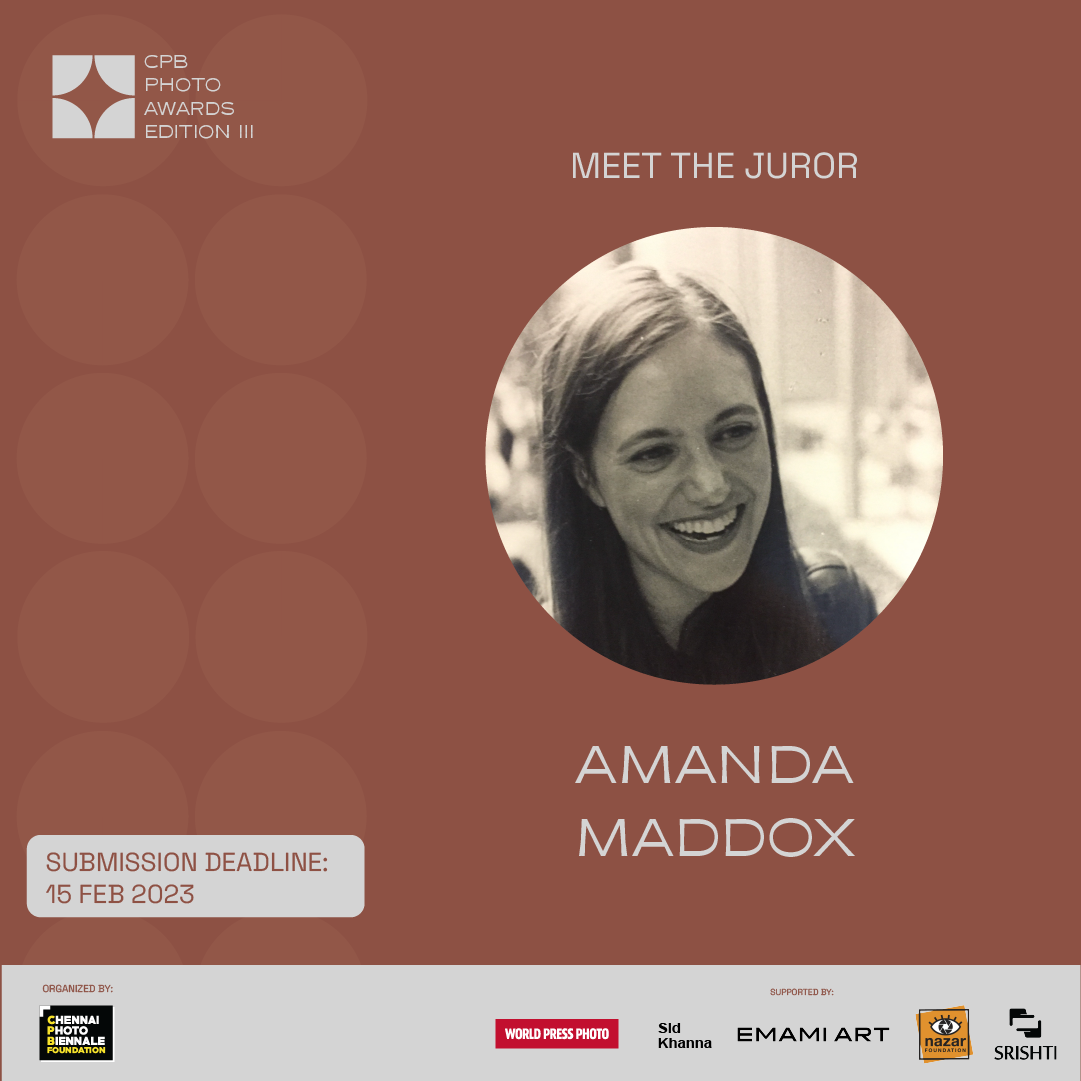
Amanda Maddox is lead curator at World Press Photo. She was previously an associate curator in the Department of Photographs at the J. Paul Getty Museum in Los Angeles, where she organized or co-organized numerous exhibitions during her 11-year tenure, including Dora Maar (2020); Gordon Parks: The Flávio Story (2019); Now Then: Chris Killip and the Making of In Flagrante (2017); and Ishiuchi Miyako: Postwar Shadows (2015). Prior to the Getty, she worked at the Corcoran Gallery of Art in Washington, DC as the associate curator of photography and media arts. She is a graduate of Brown University and the University of St Andrews.
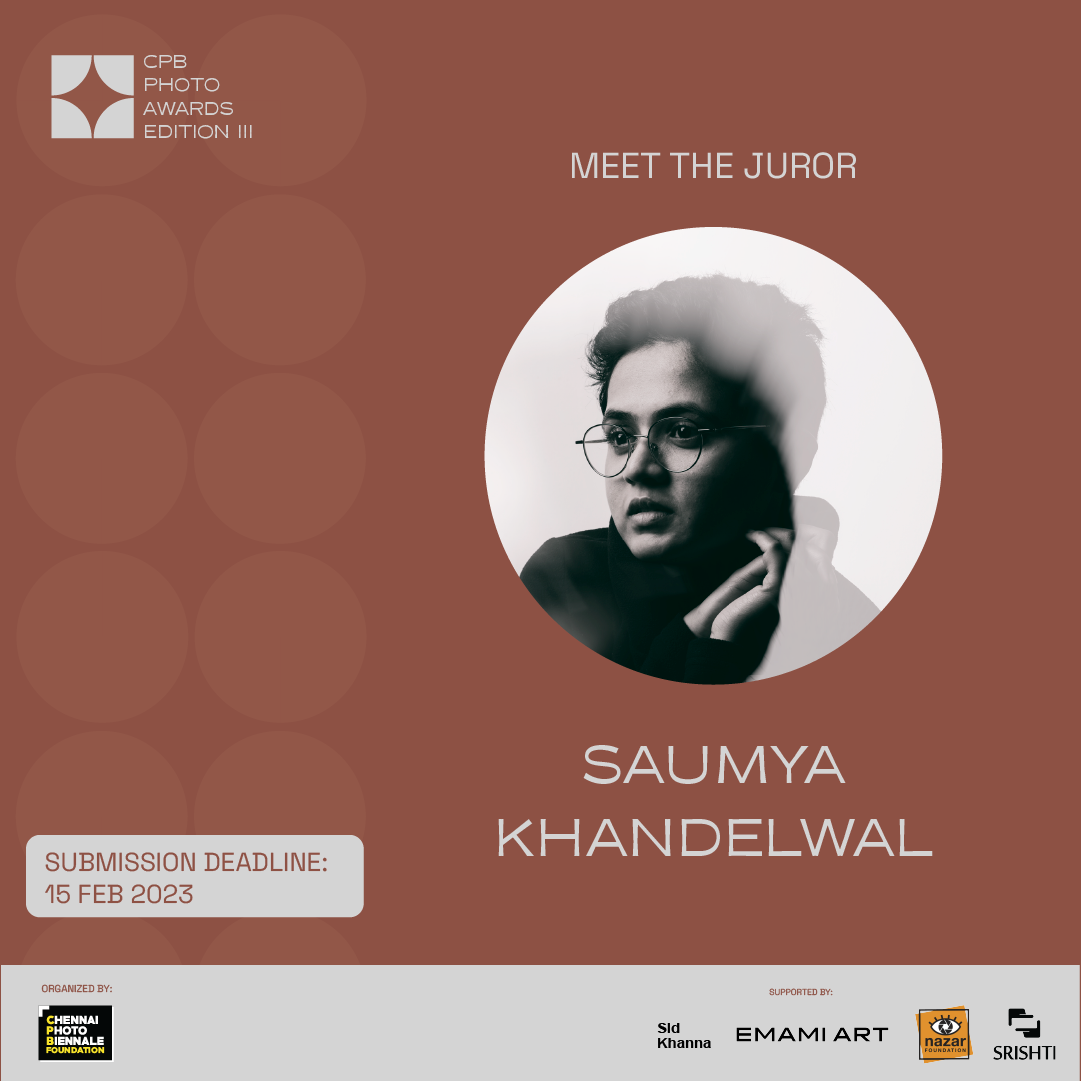
Saumya Khandelwal is a contributing photojournalist with TIME, National Geographic, The New York Times etc. based in New Delhi, India.
A Getty Images Instagram Grantee 2017 for her work ‘Child Brides of Shravasti’, her works focus on gender and environmental issues.
Nominated for World Press Photo 6X6 Global Talent Program from Asia region in 2019, Khandelwal has built a diverse body of work spanning journalism and documentary genres of photography over the past seven years. She has previously worked with Thomson Reuters and national daily Hindustan Times.
Khandelwal has also contributed for The Wall Street Journal, Washington Post, Rest of World, The Guardian, Bloomberg Businessweek, Stern, Der Speigel, Nzz Am Sonntag, MIT Technology Review, Virginia Quarterly Review, Vanity Fair, Caravan etc.
She works with NGOs Bill and Melinda Gates Foundation, Malala Fund, Acumen, Path India etc.
Recipient of the National Foundation of India Award 2017, Khandelwal's work has also been exhibited at Getty Images Gallery, London; Foreign Correspondent's Club, Hong Kong; India Habitat Centre, New Delhi; India Photo Festival, Hyderabad, and Goa Photo Festival; and digitally exhibited at Women in Photography slideshow, Singapore.
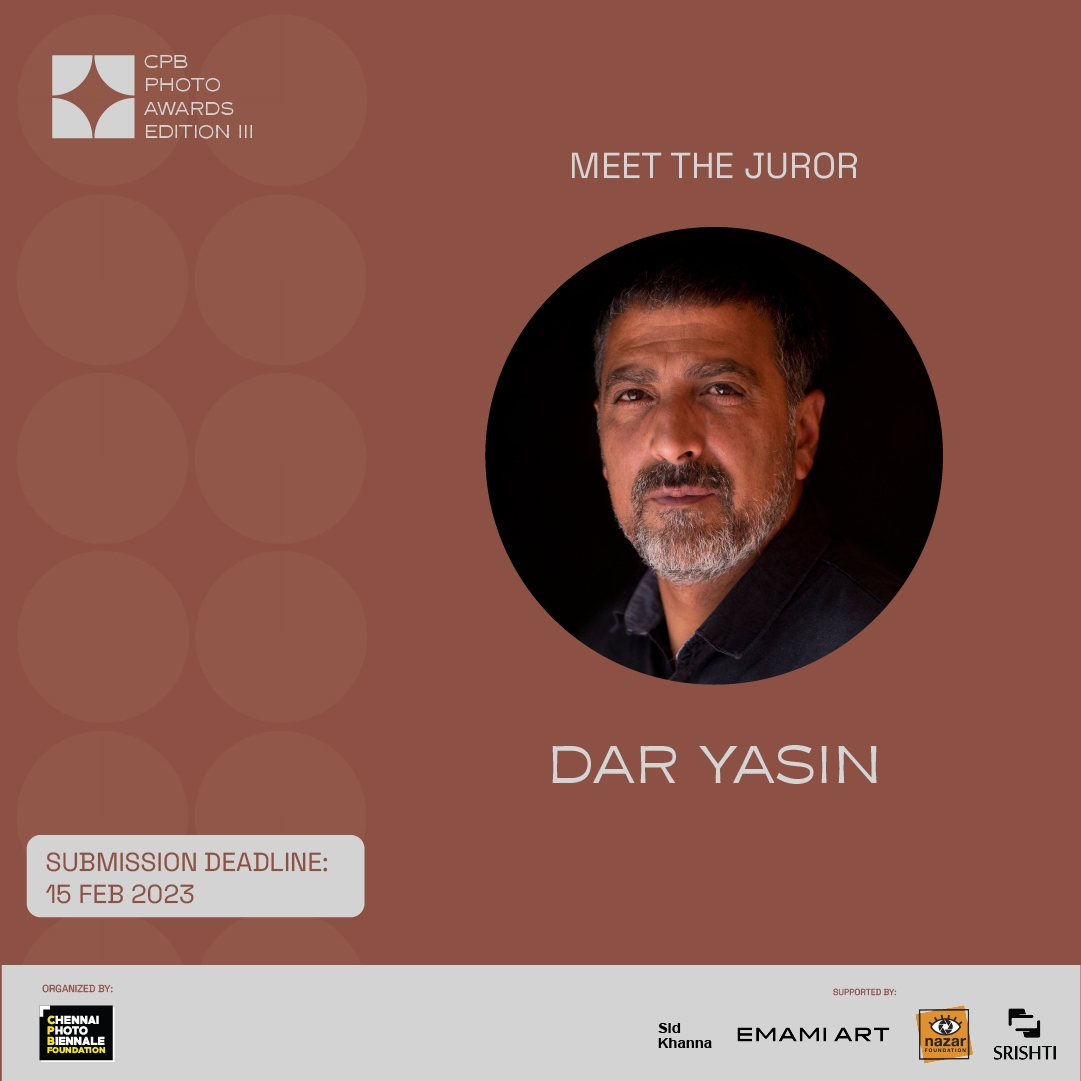
Dar Yasin is a photojournalist born and based in Kashmir.
Throughout his career, Yasin has extensively covered the Kashmir conflict–for which he was awarded a Pulitzer prize–as well as the Afghan War and the Rohingya refugee crisis.
Yasin has won dozens of international and national photo awards, including World Press Photo, Pictures of the Year International, POY Asia, Yannis Behrakis International Photojournalism Award, the National Headliner Awards, the Sigma Delta Chi Award by the Society of Professional Journalism, and the Ramnath Goenka Award. In 2017, he received the NPPA Humanitarian Award which is presented to an individual for playing a key role in the saving of lives or in rescue situations.
His work has been exhibited at Visa pour l'image in Perpignan, France.
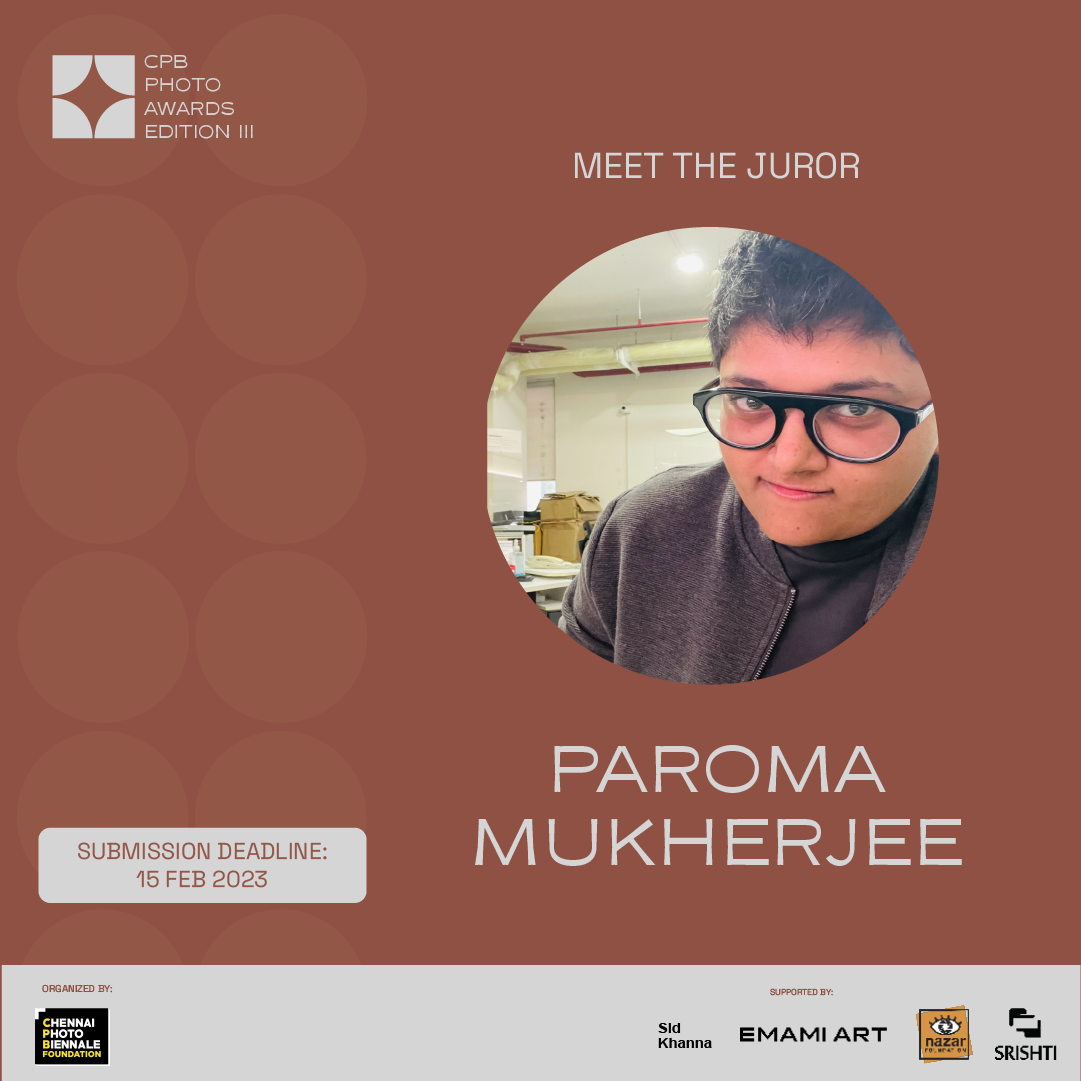
Paroma Mukherjee is a photographer, editor and occasional writer of the practice. Based in New Delhi, she’s at present Editor—National Photography Desk and Special Projects at Hindustan Times. Over the last 17 years, she has worked with The Indian Express, Time Out Delhi and Blouin ArtInfo. Her work has also been published in The Caravan, Scroll.in, The Wire, Vogue, Rolling Stone, National Geographic Traveller,Tehelka and Mint Lounge. She is interested in the social, political and visual landscape of the present. This interest does not necessarily obligate the presence of a camera.
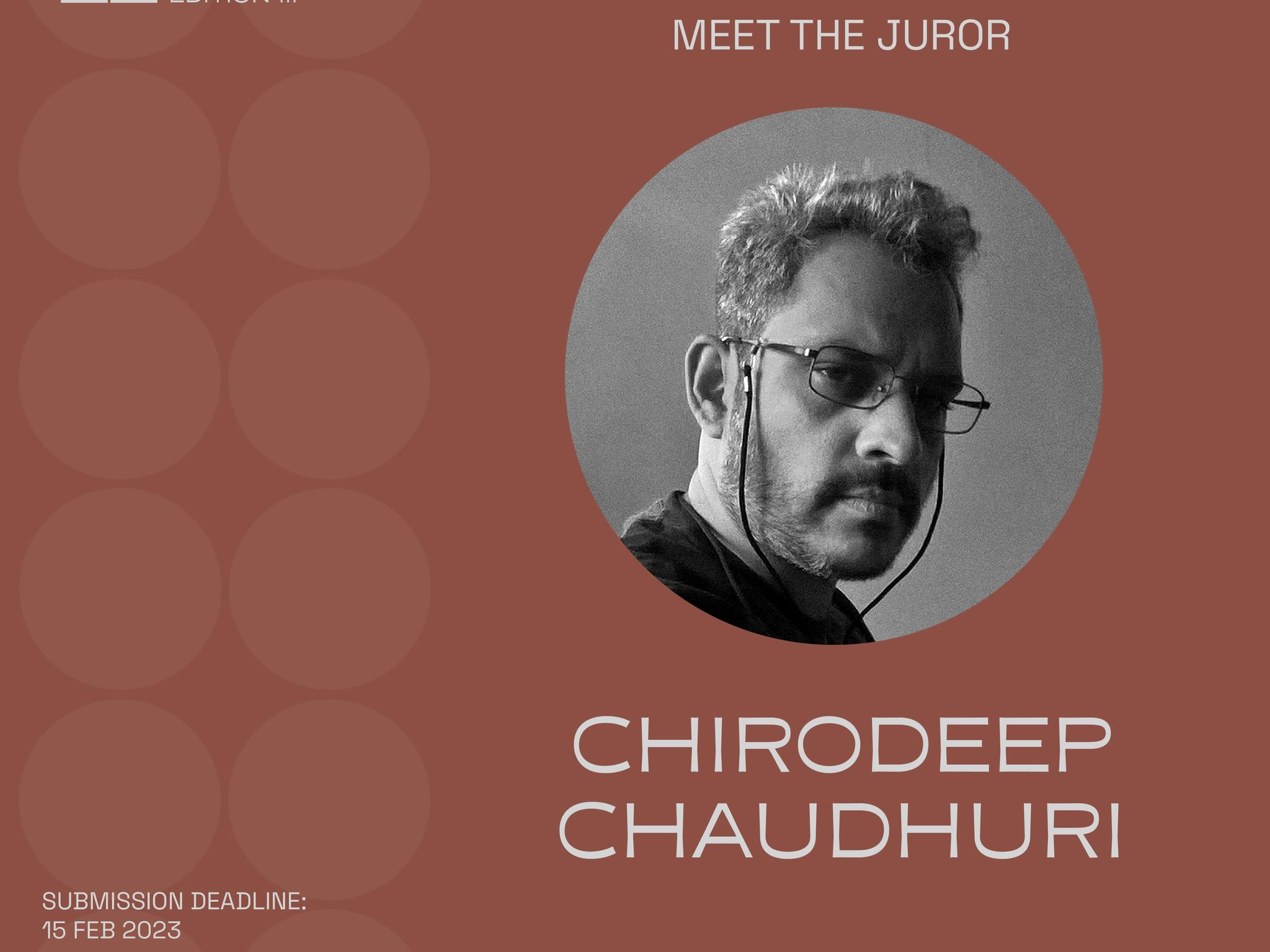
In his two-and-a-half-decade career Chirodeep Chaudhuri has worn many hats – starting out in advertising as a visualiser, then switching careers as a photojournalist and then as an Editor of Photography. His most recent avatar though has been as the author of the critically feted book ‘A Village In Bengal: Photographs and an Essay”, a result of his 13-year long engagement with his ancestral village in West Bengal and his family’s nearly two century old tradition of the Durga Puja. He was, till recently, heading the Design and Photography departments of the international arts and culture magazine Time Out’s three India editions. He has been the Editor of Photography of National Geographic Traveler (India).
Chirodeep’s work documents the urban landscape and he has often been referred to as the “chronicler of Bombay”. During his career he has produced diverse documents of his home city in a range of projects like “Seeing Time: Public Clocks of Bombay”, “The One-Rupee Entrepreneur”, “The Commuters”, “In the city, a library” among others. His work has also been featured in important publications about the city like “Bombay: The Cities Within”, “Fort Walks”, “Anchoring a City Line”, “Bombay Then: Mumbai Now” and “Bombay, Meri Jaan” to name a few. He is also the co-author of “With Great Truth & Regards: The History of the Typewriter in India”
Chirodeep lives in Bombay and divides his time between his various teaching assignments and photographing subjects as diverse as the abandoned helmets, café visitors and airport smoking rooms.

-1-1280x960.jpg)
-1-1280x960.jpg)
-1-1280x960.jpg)
-1280x960.jpg)
-1280x960.jpg)
-1280x960.jpg)
-1280x960.jpg)
